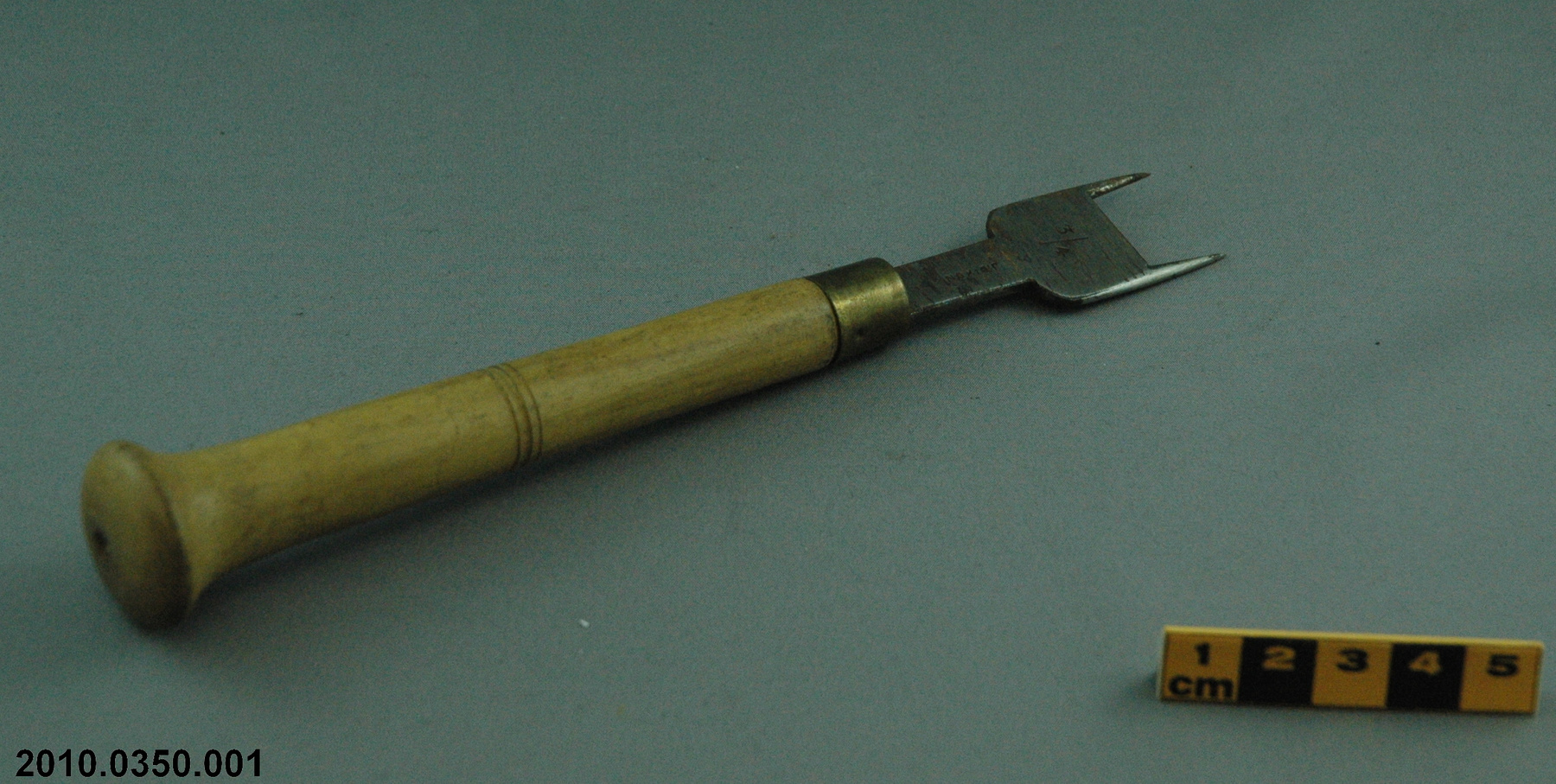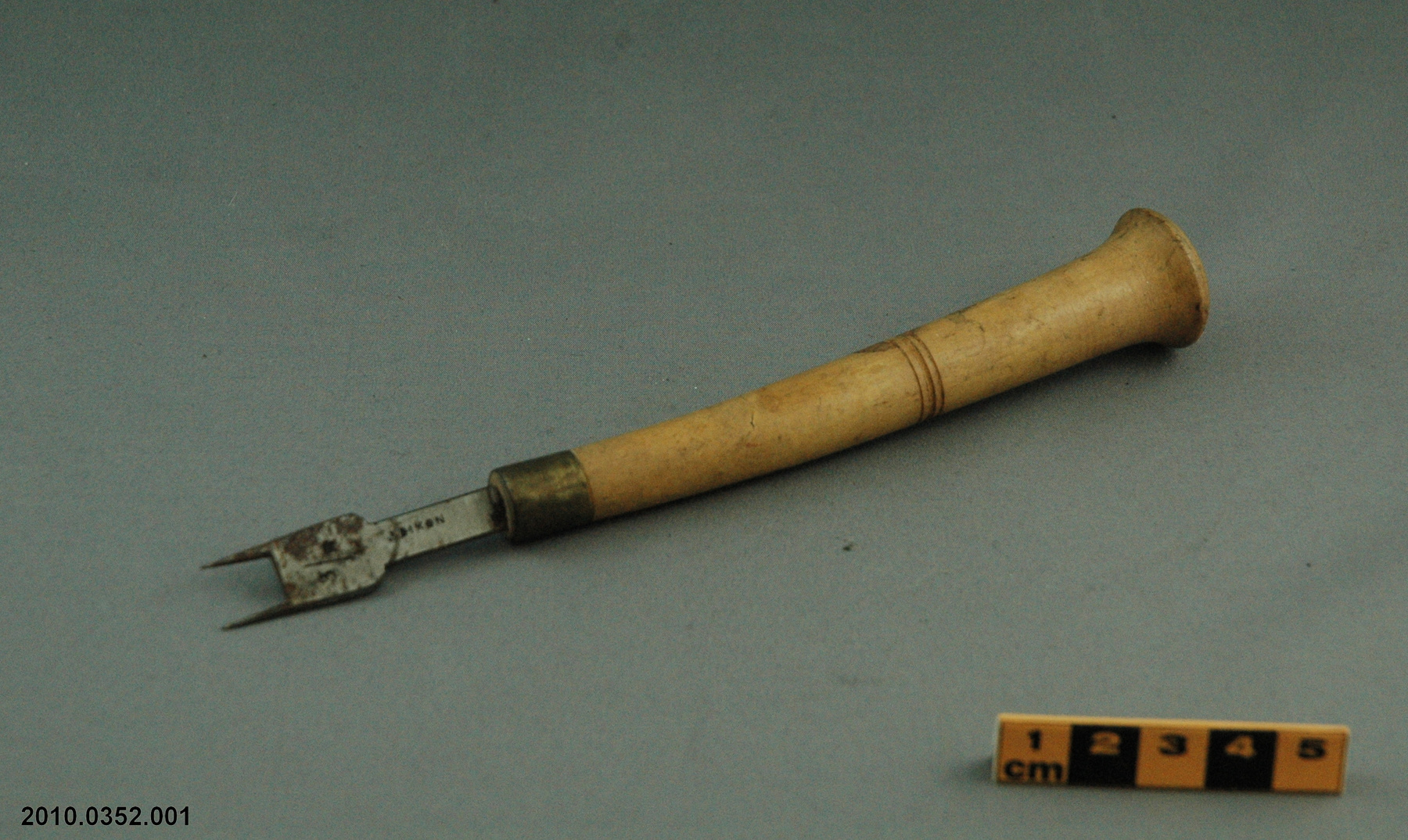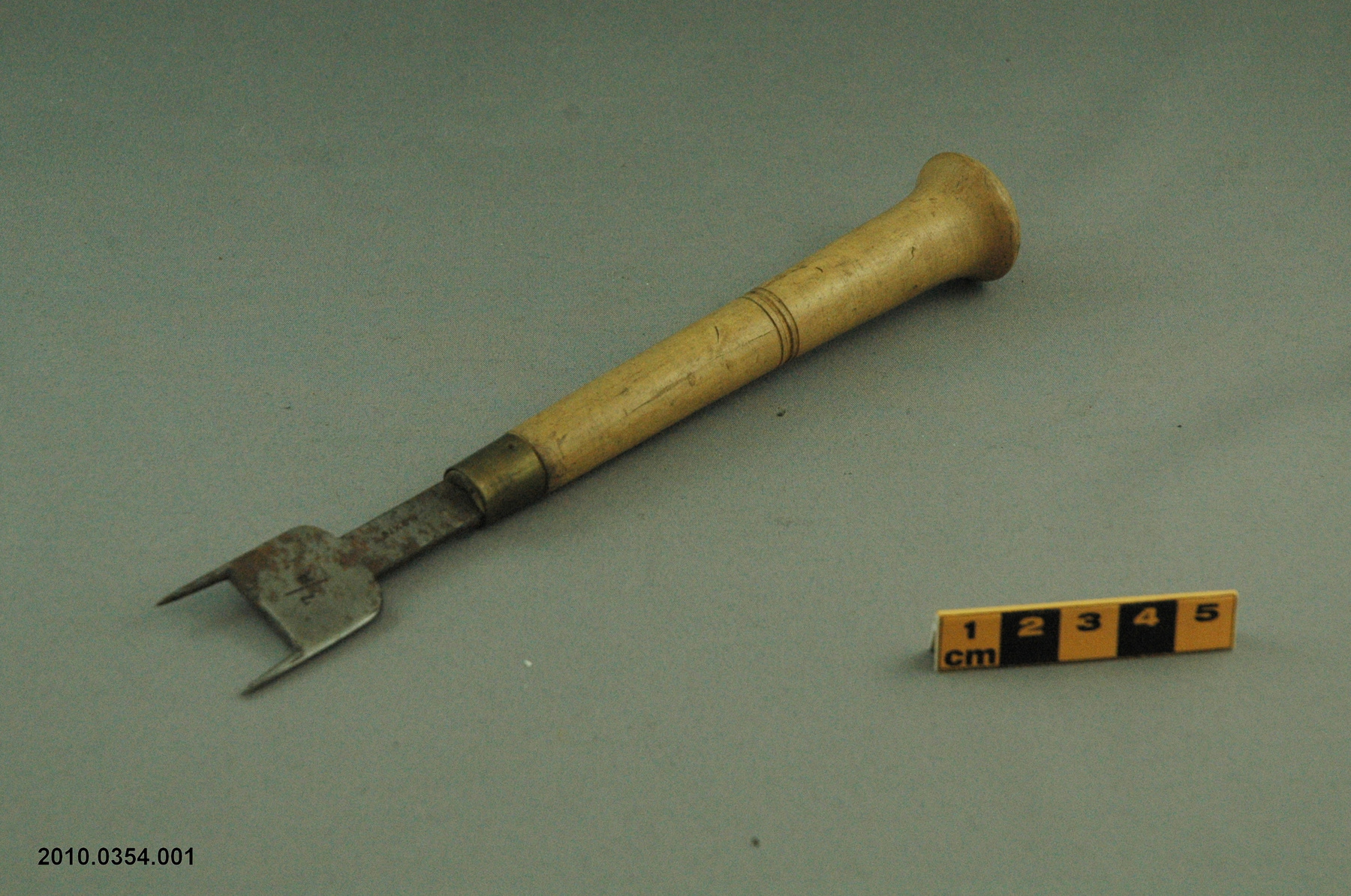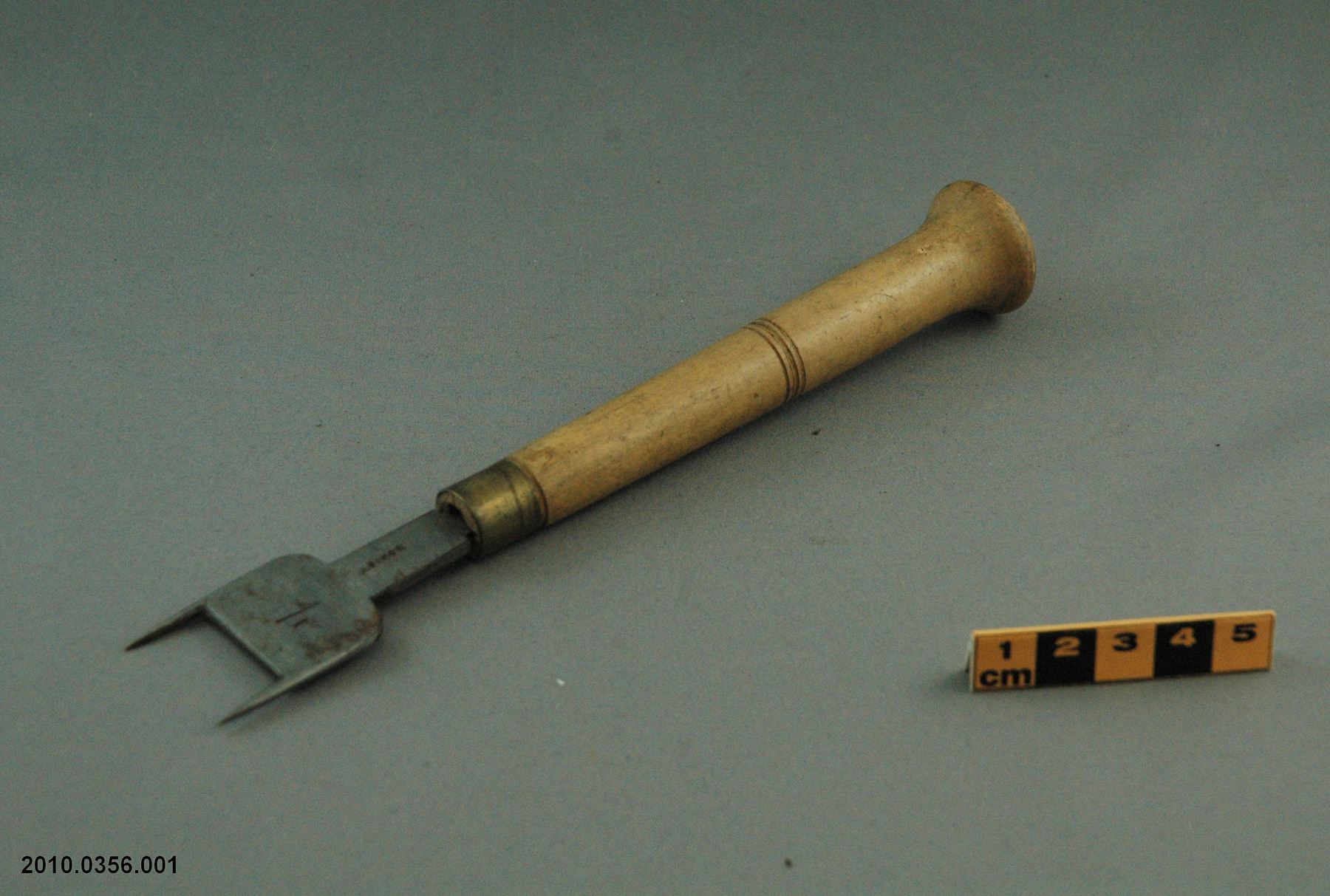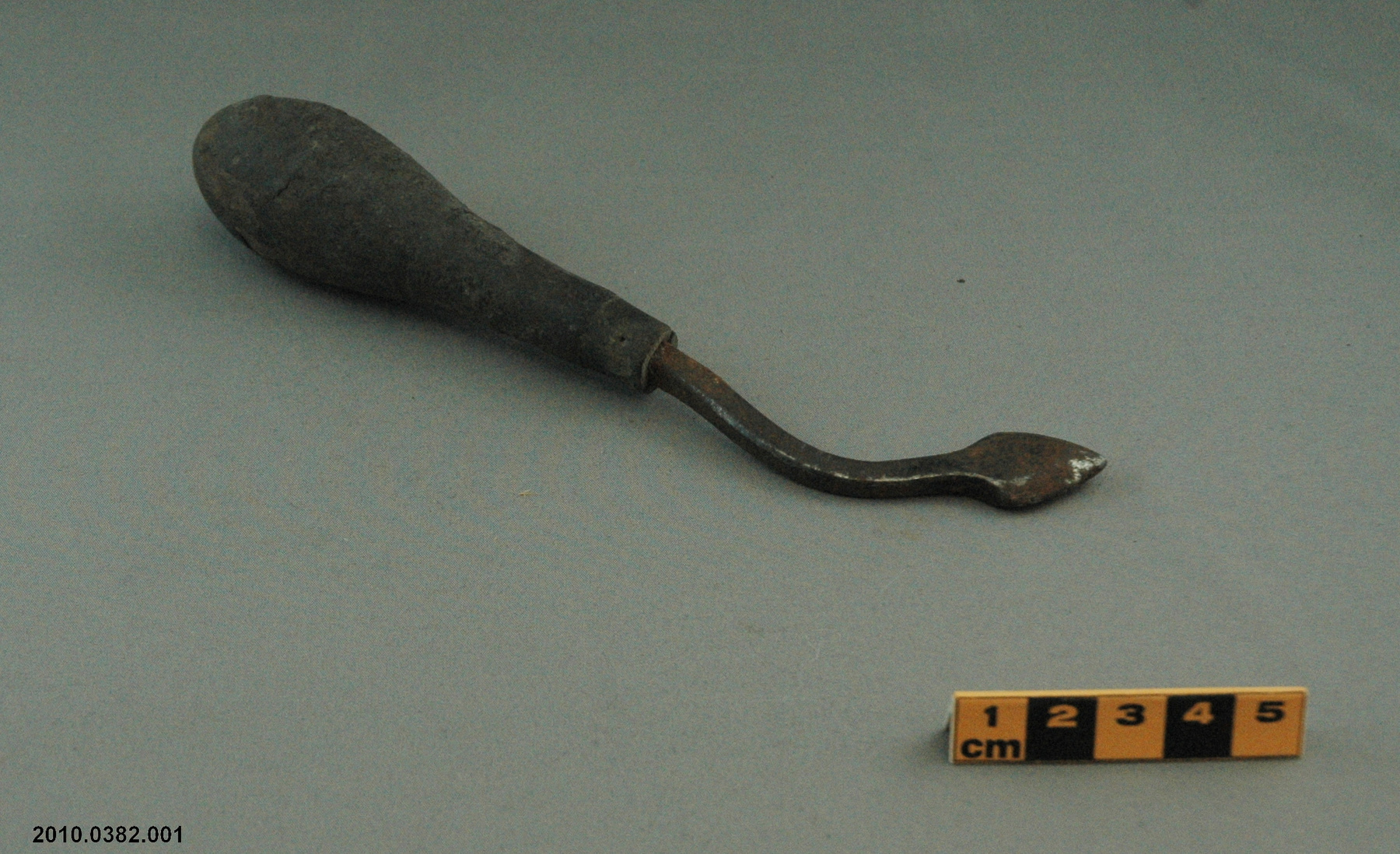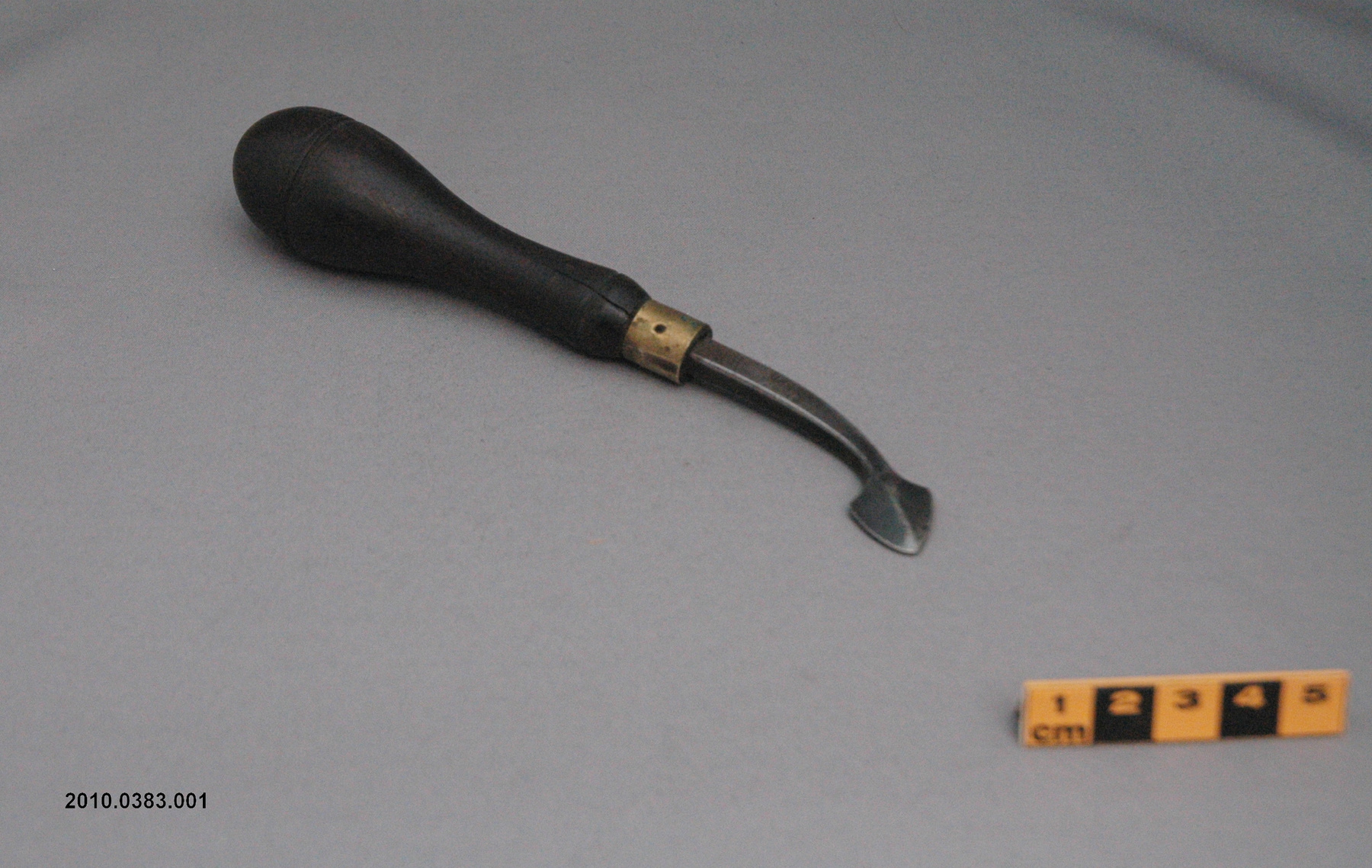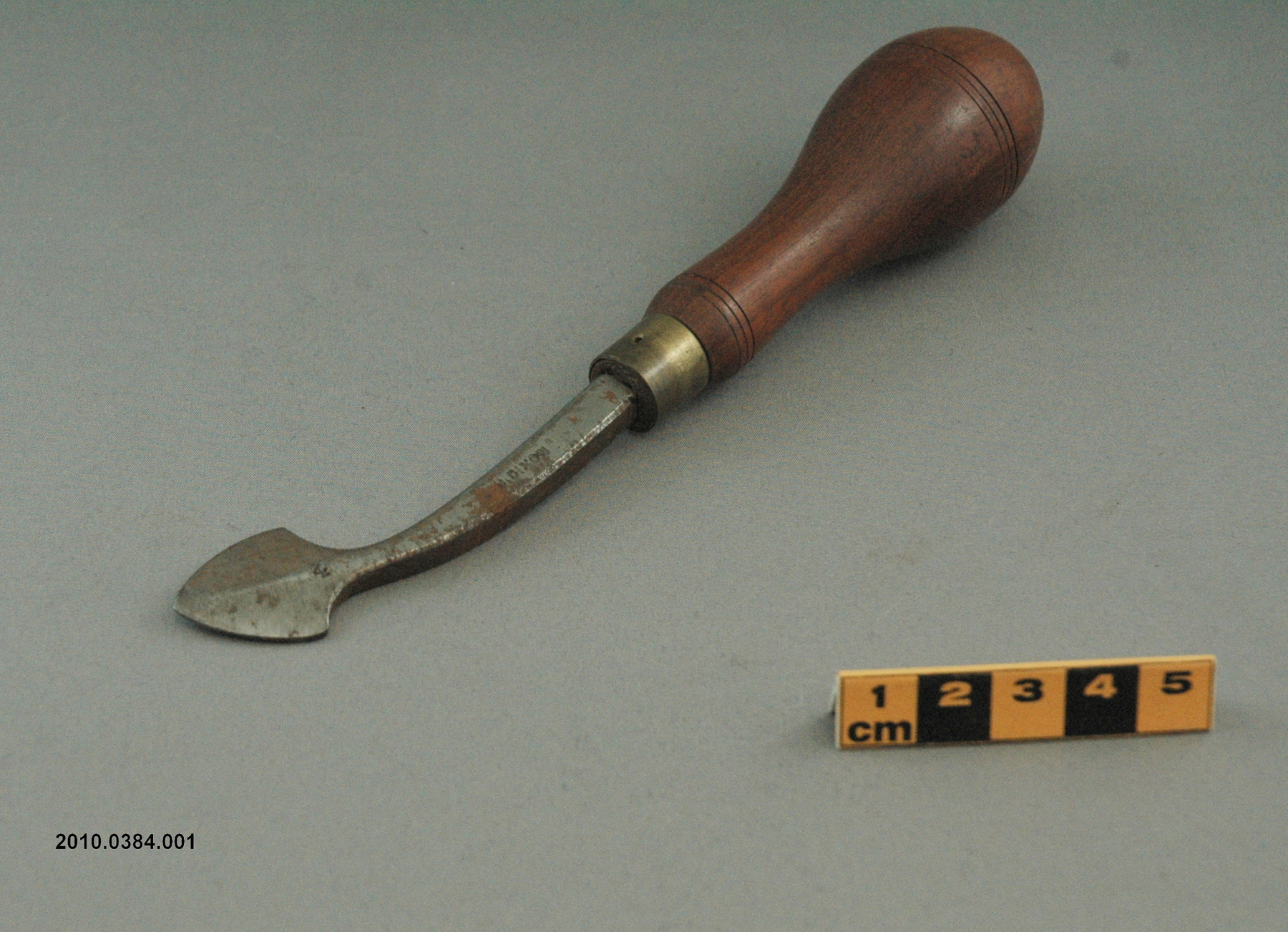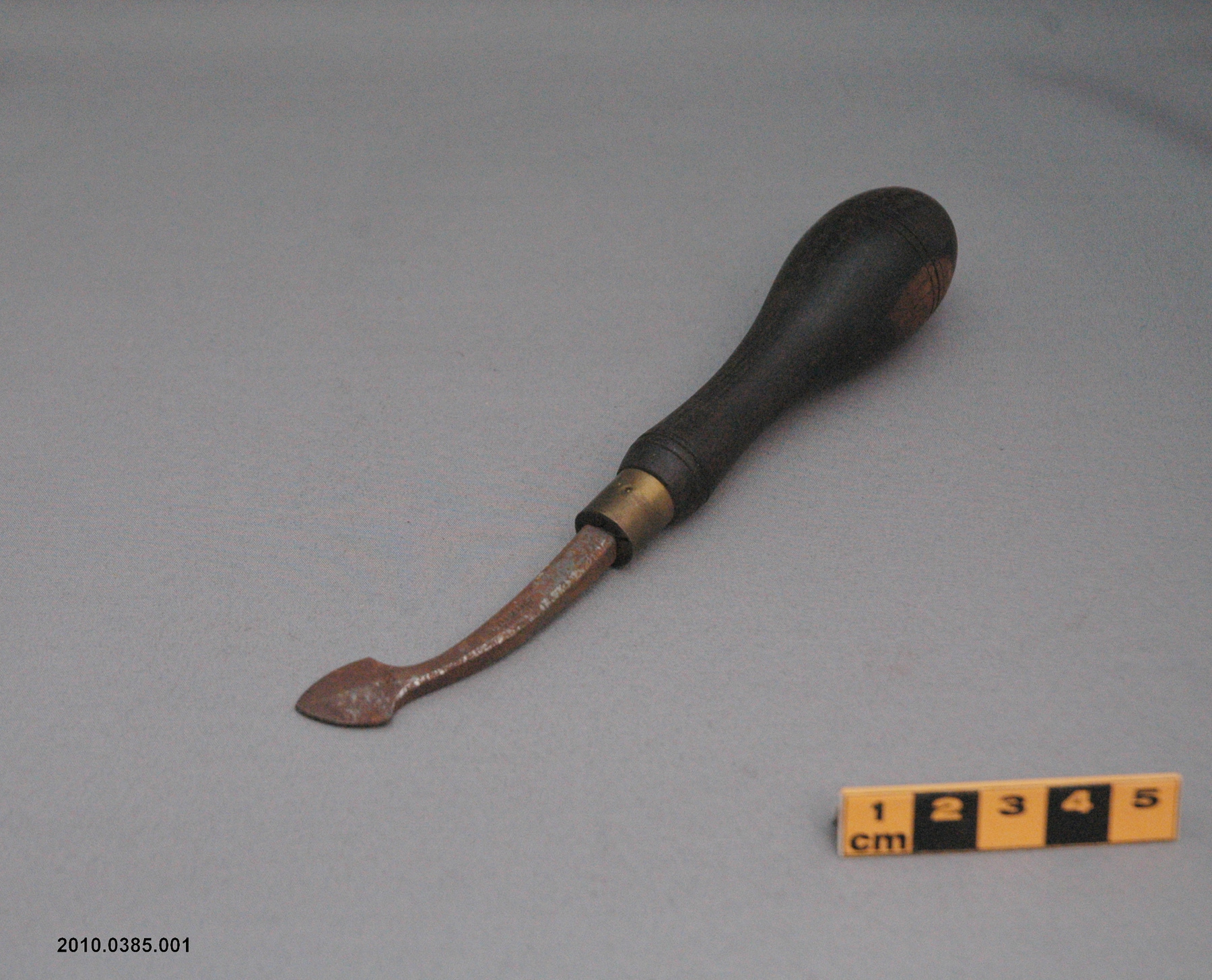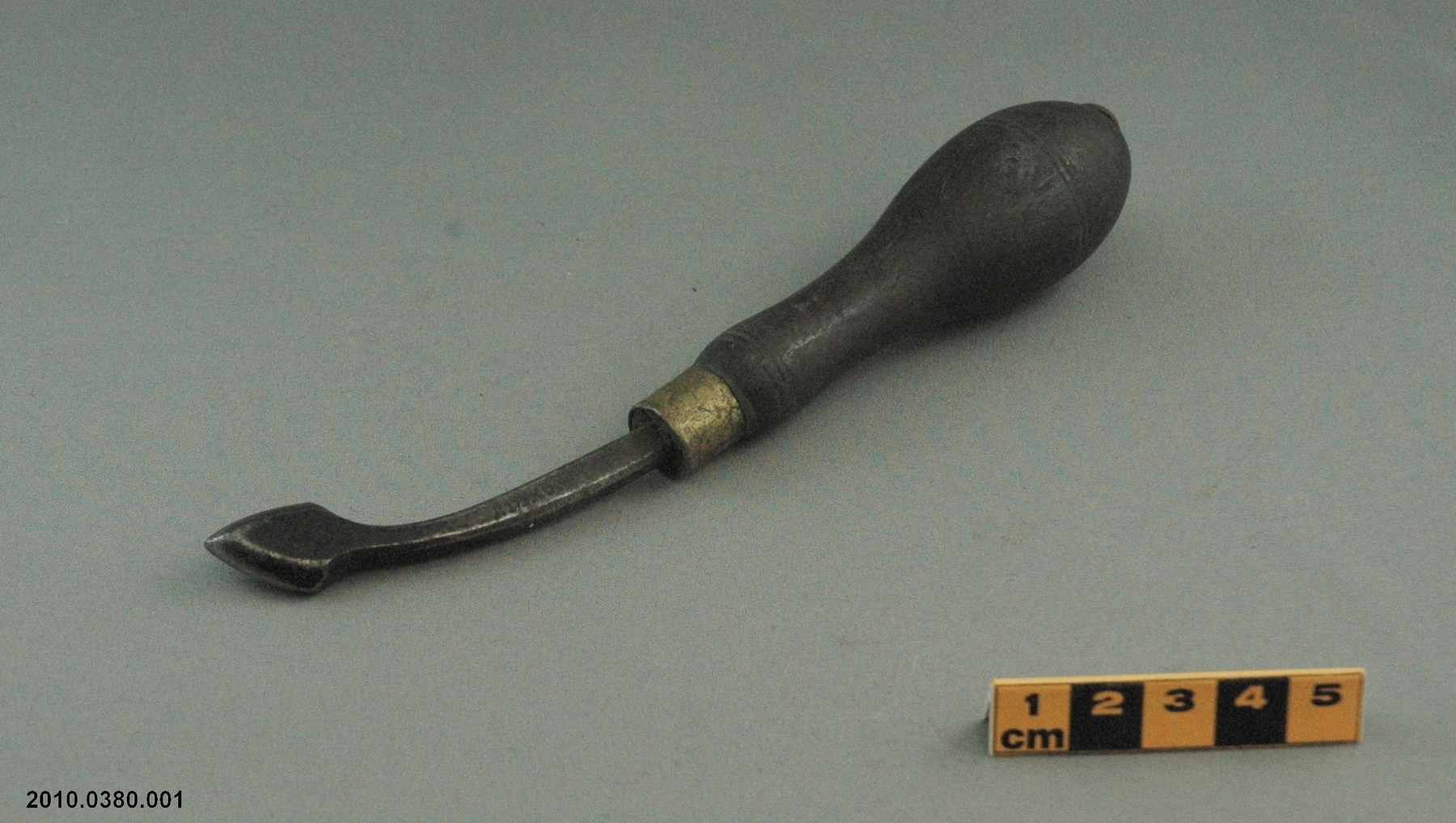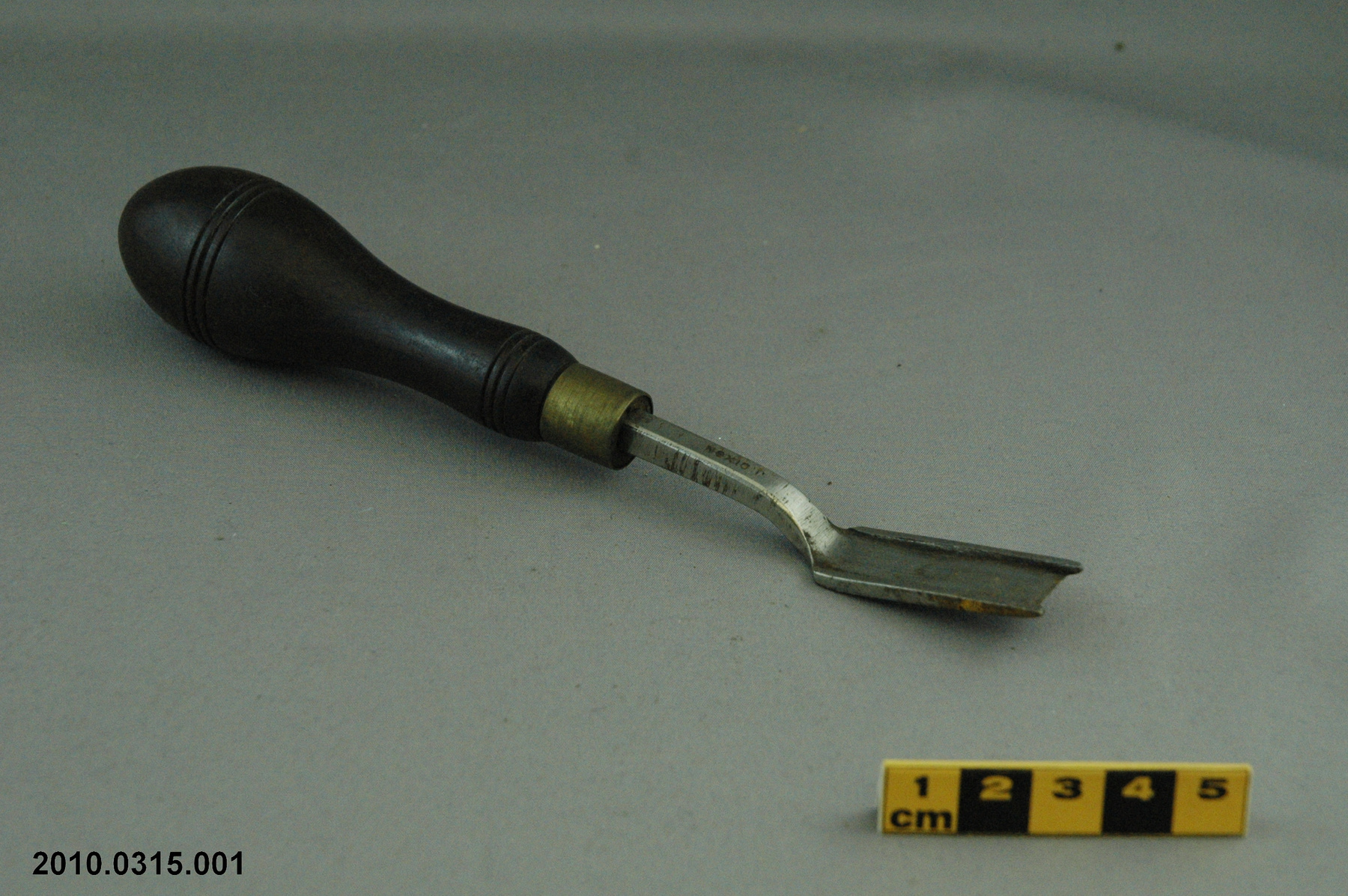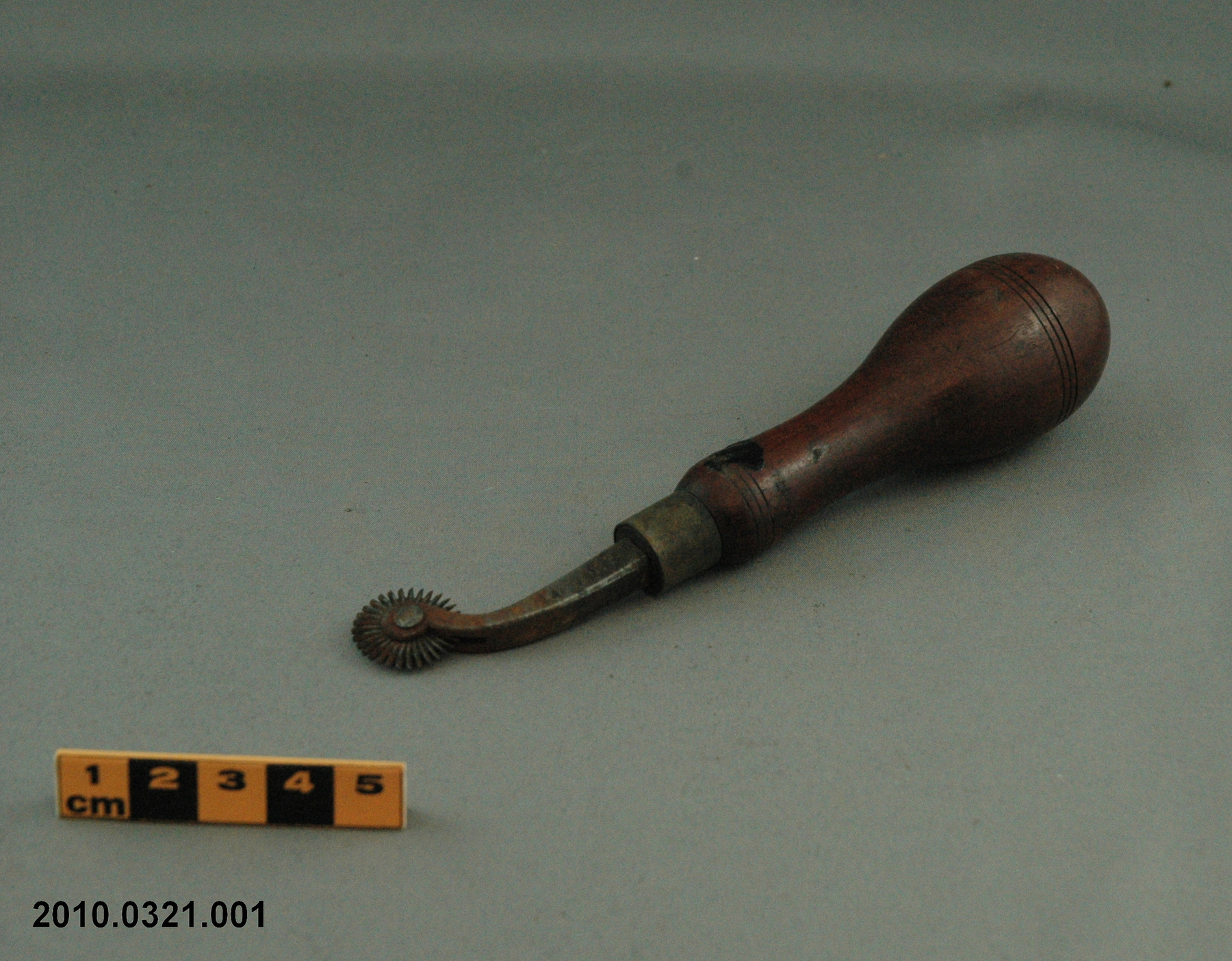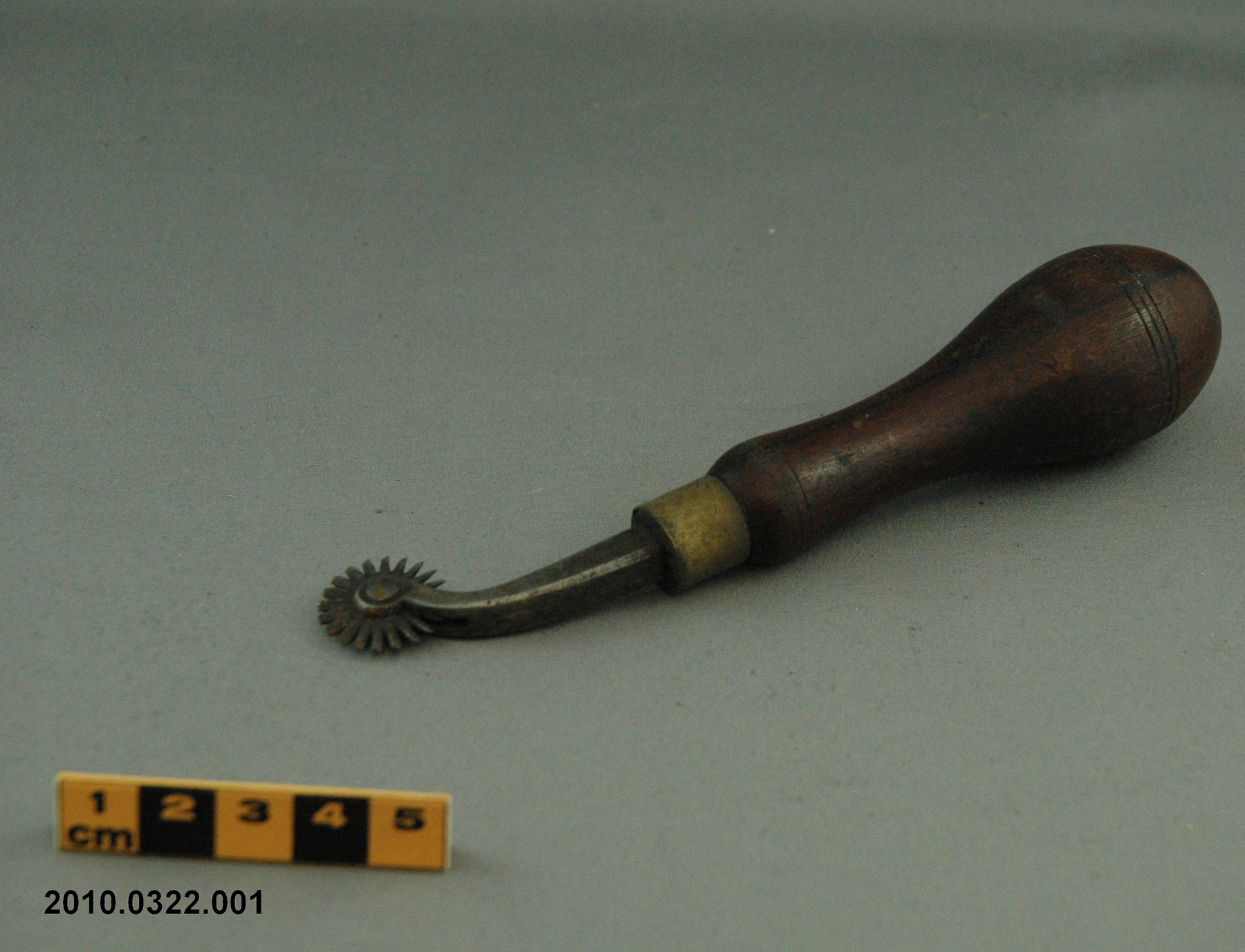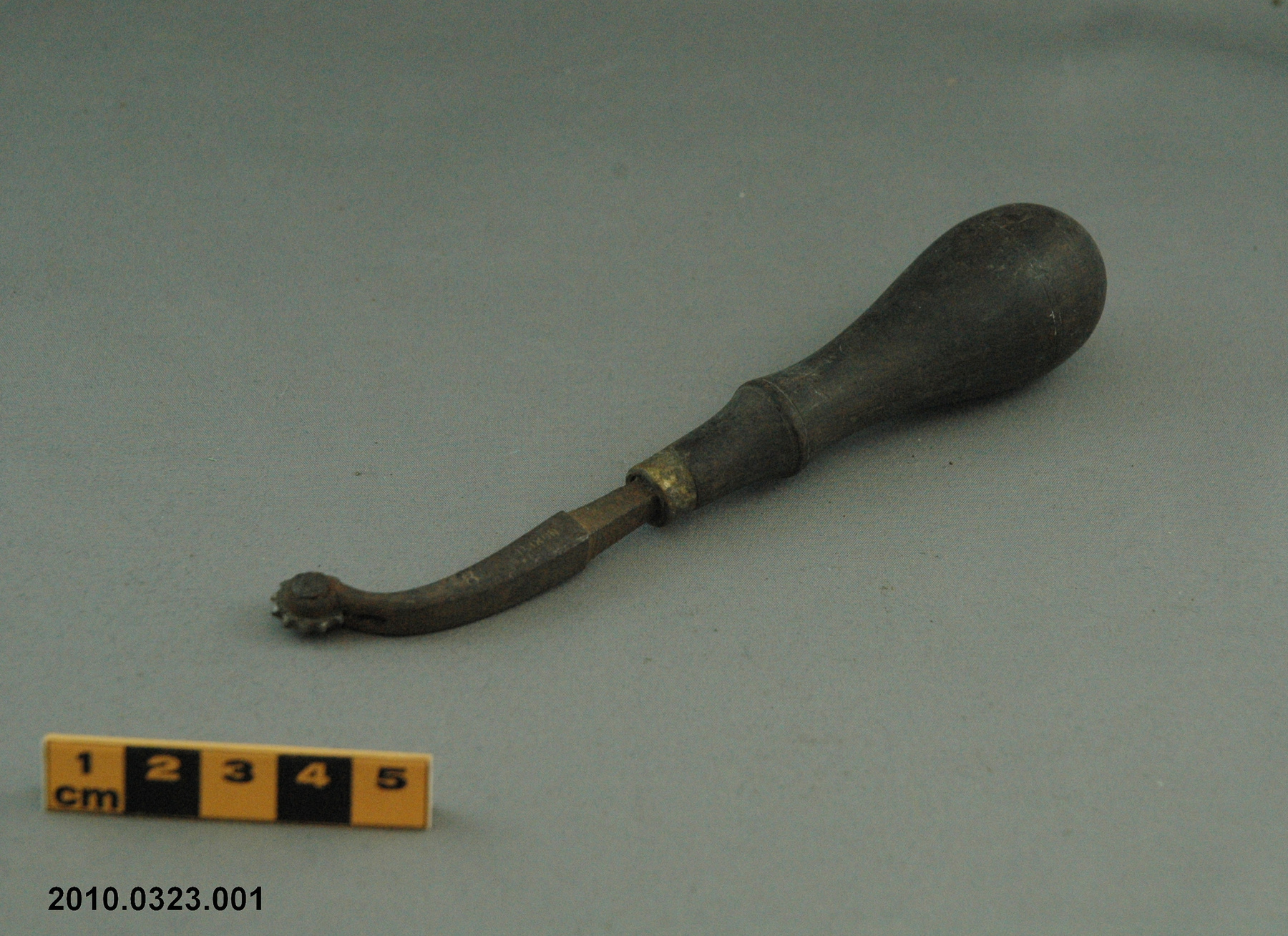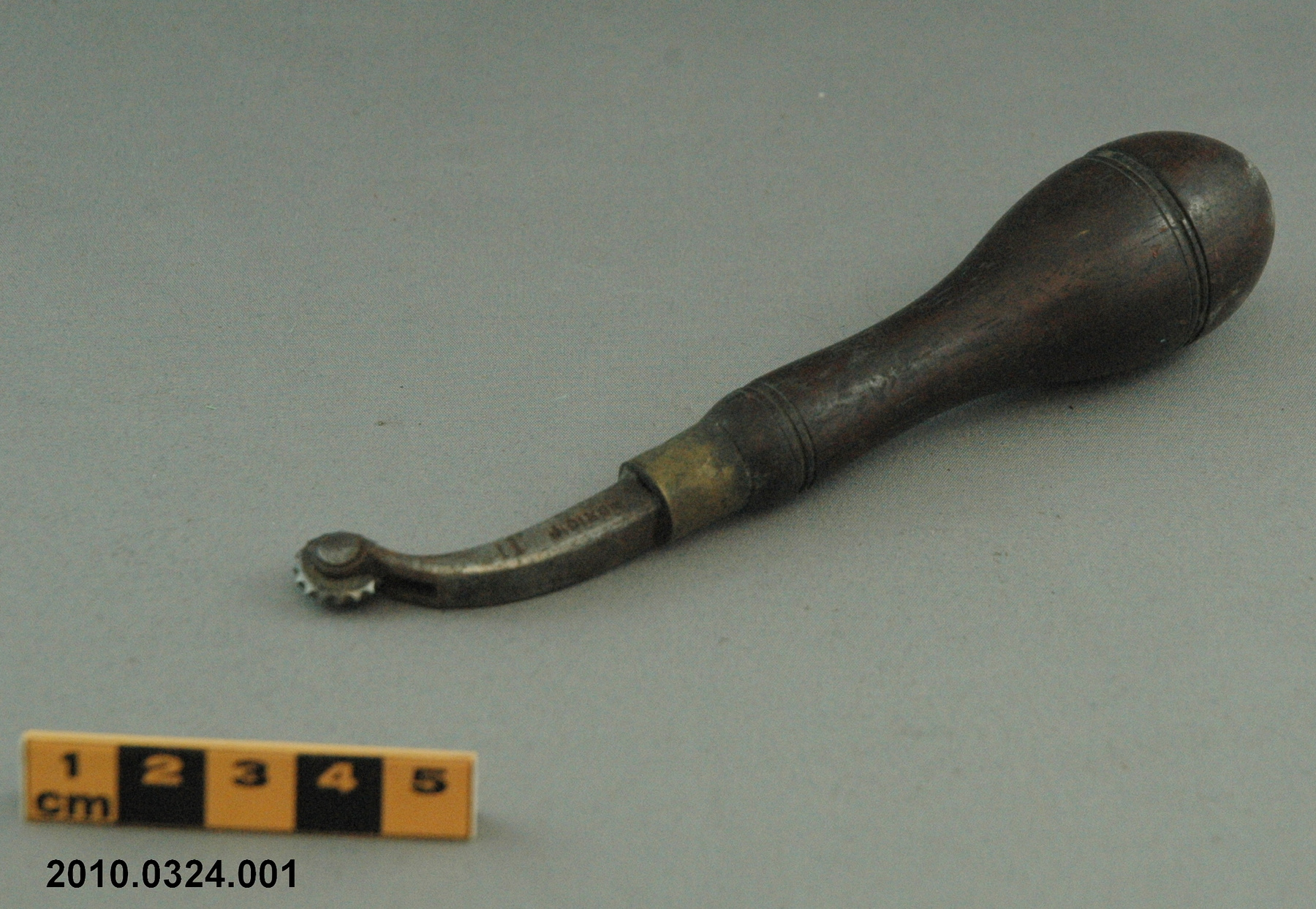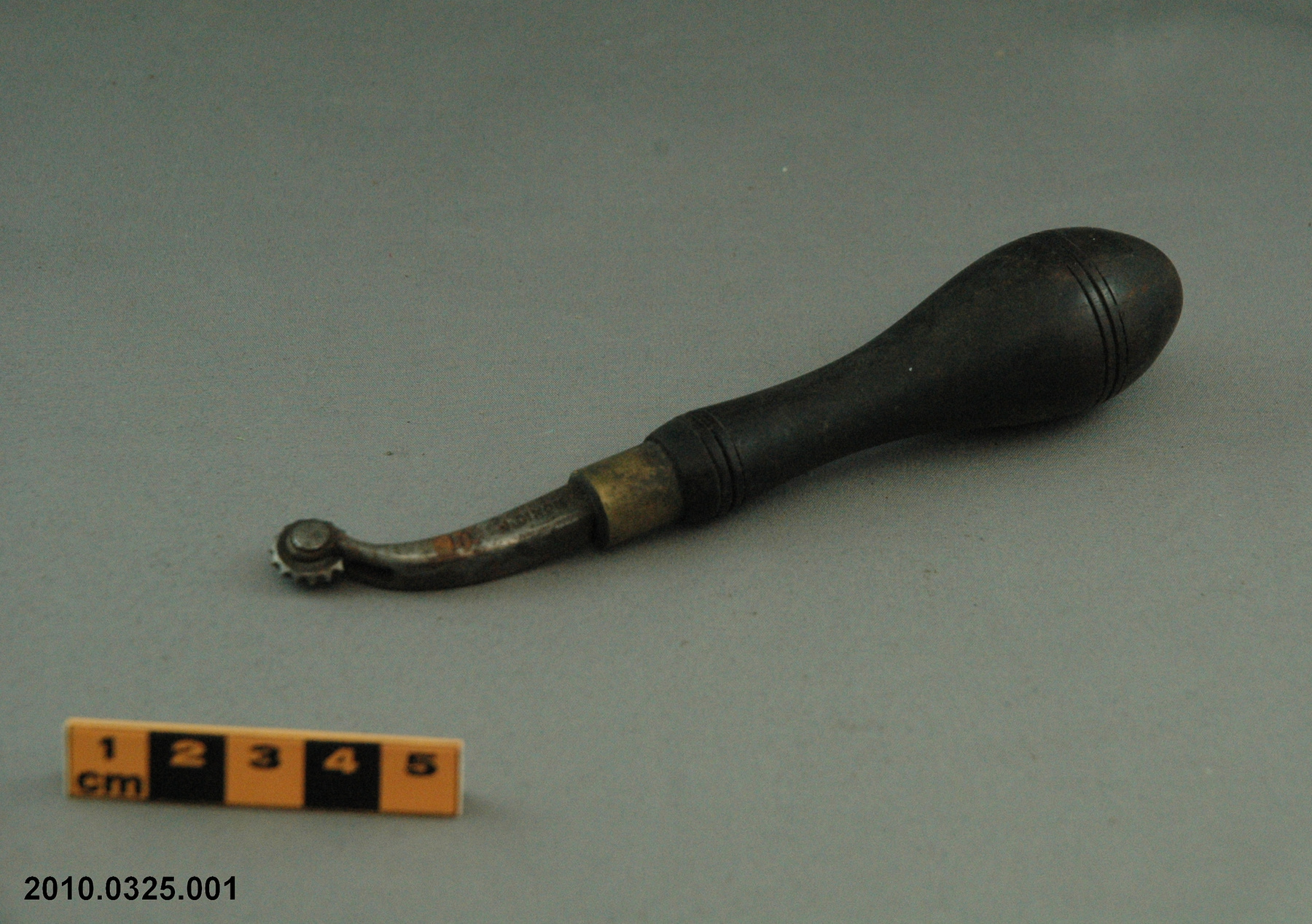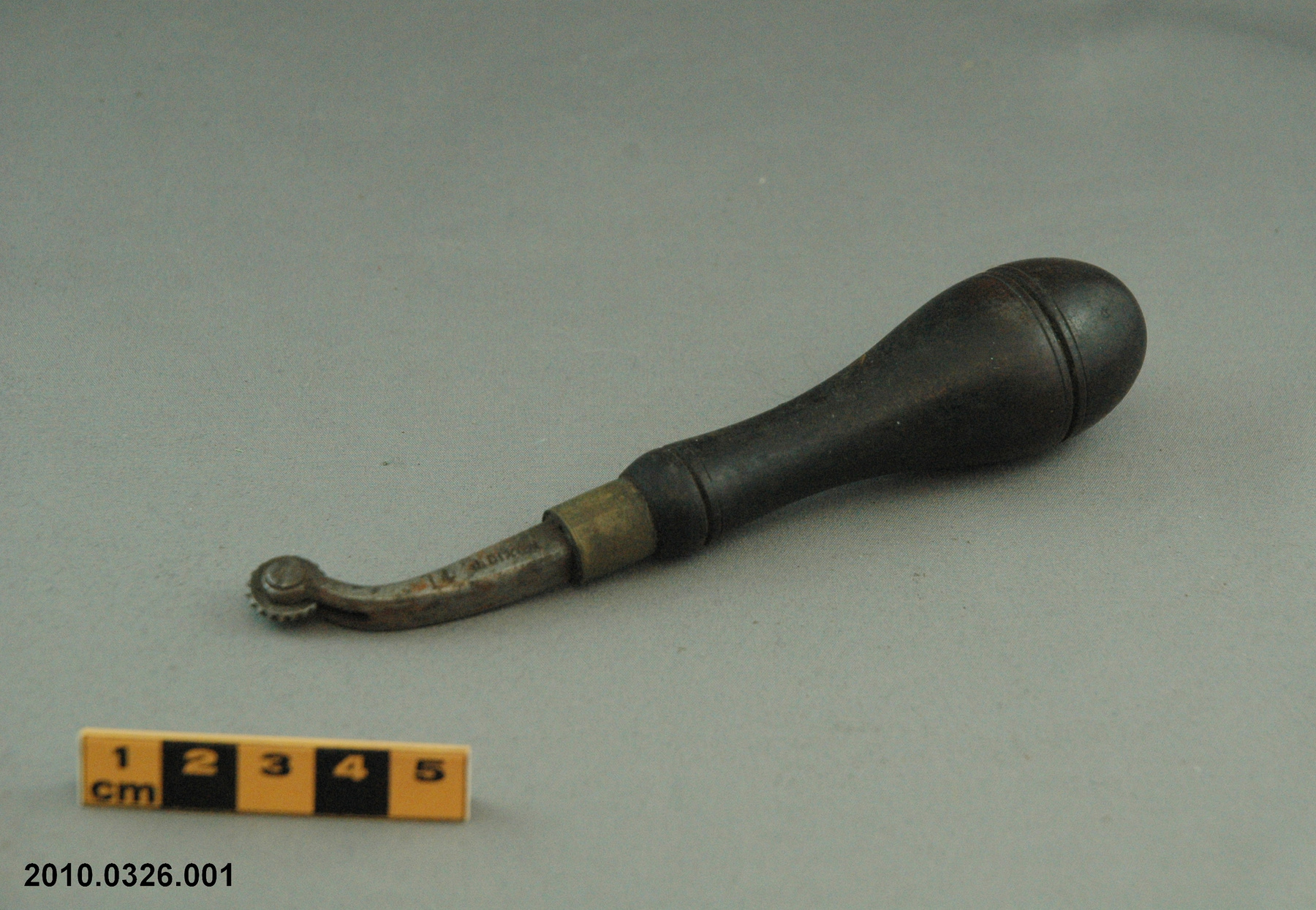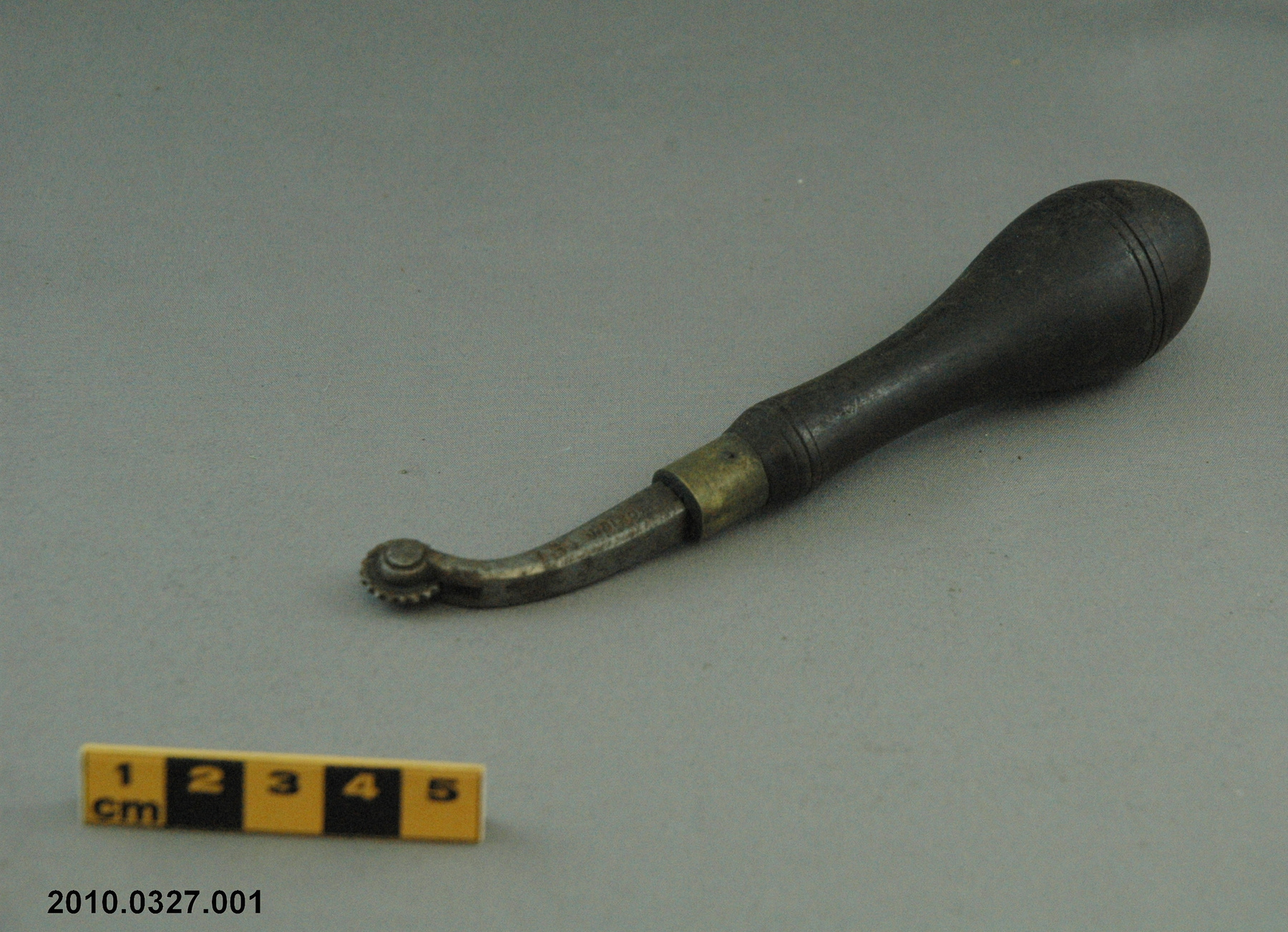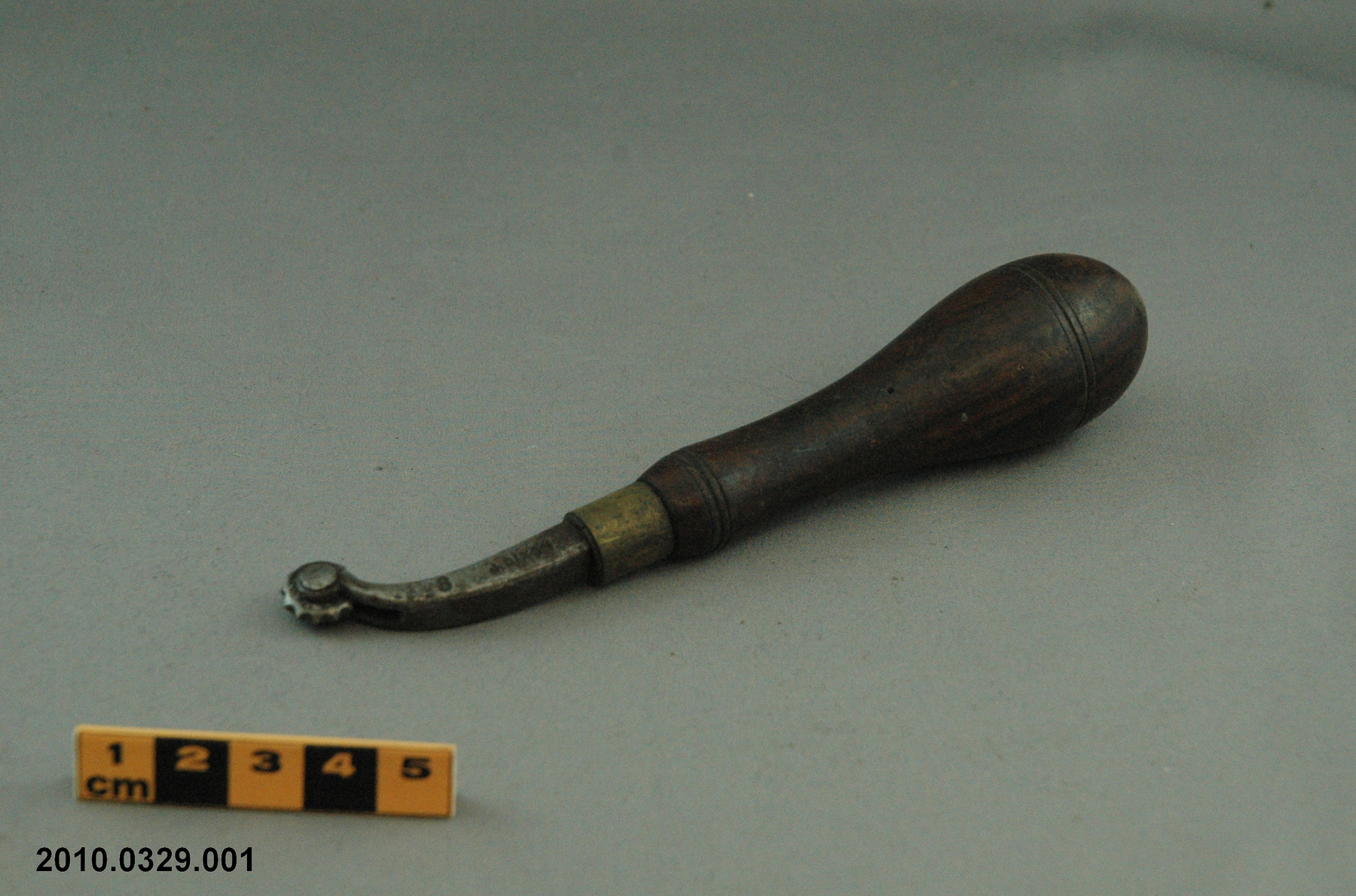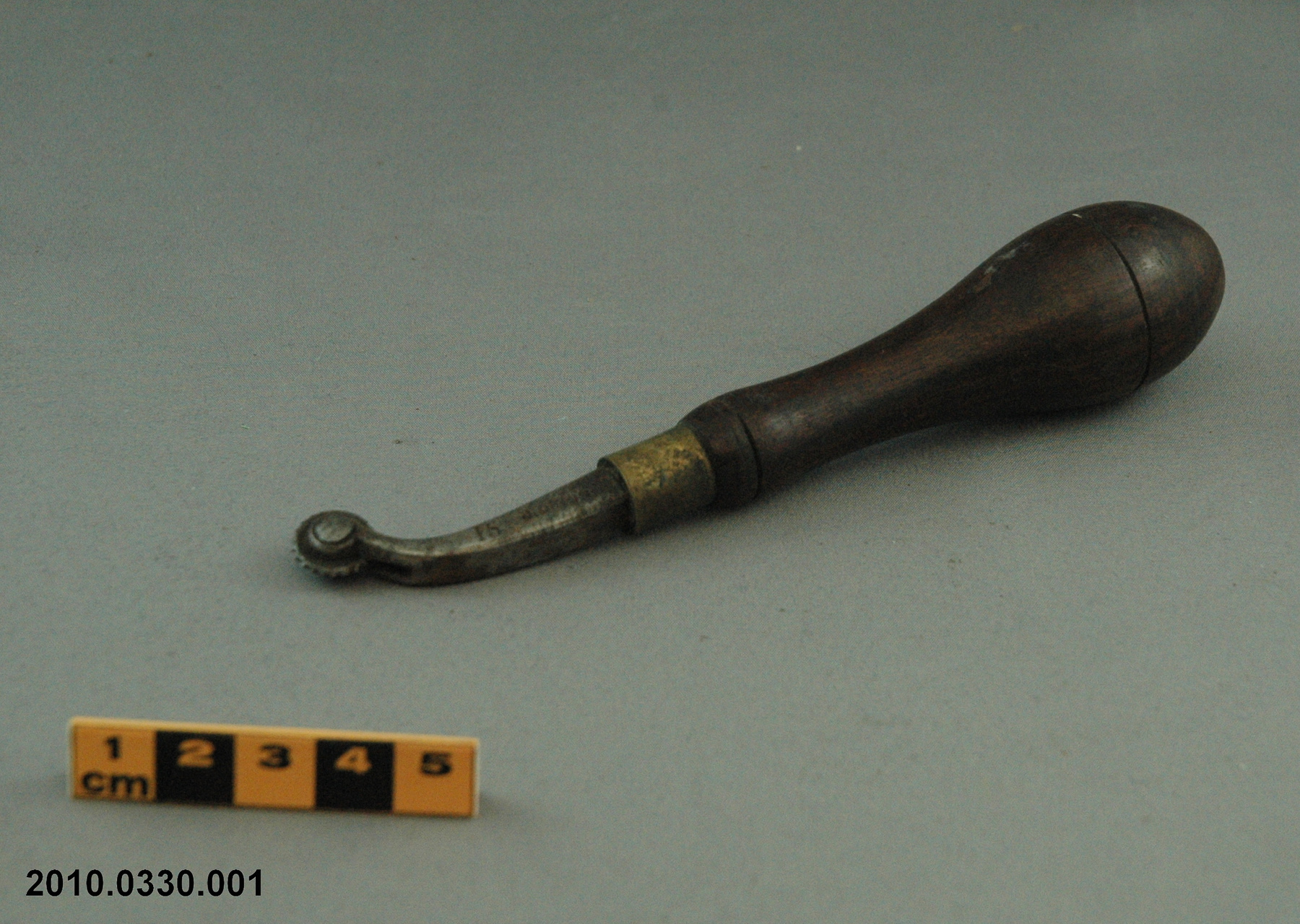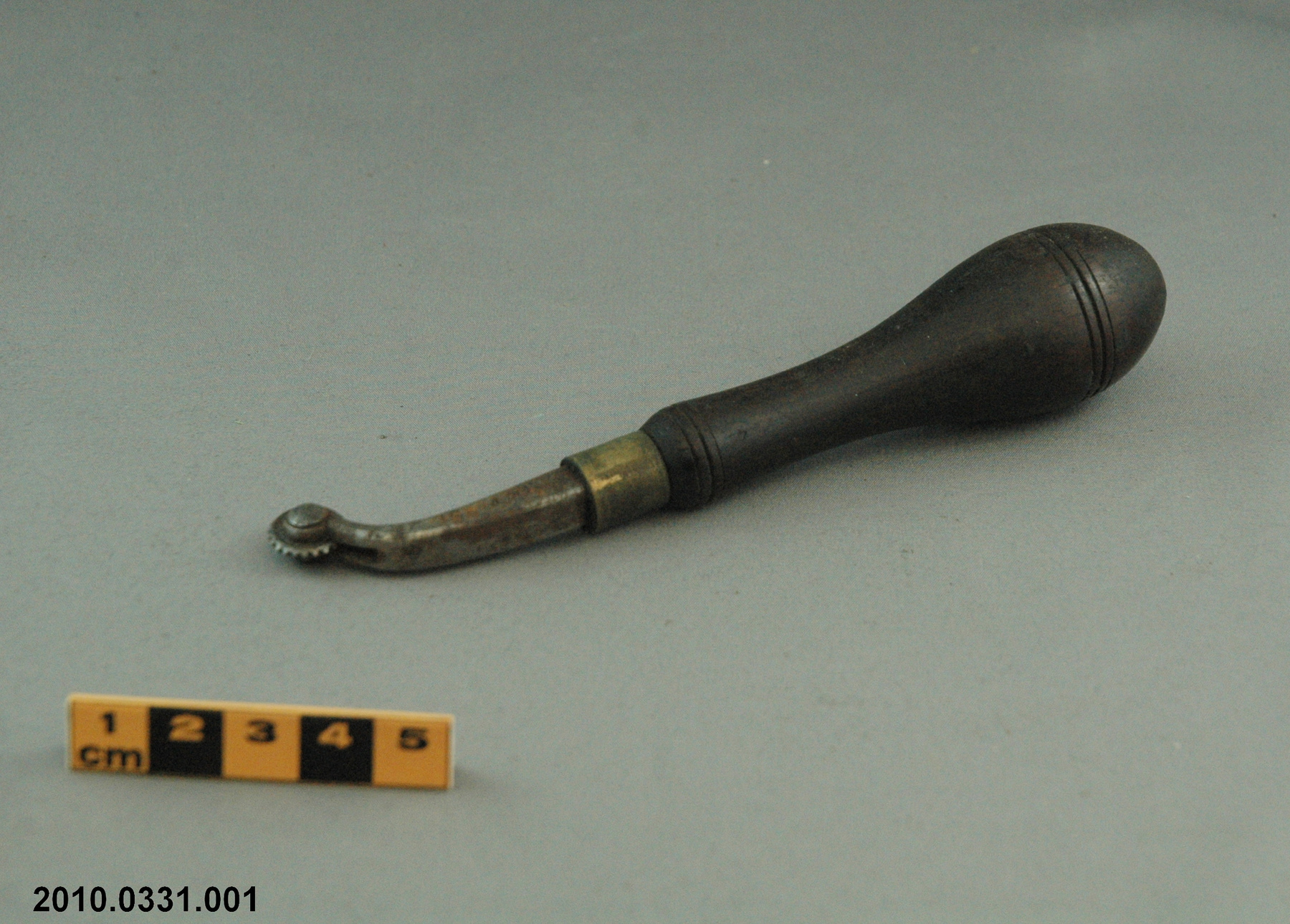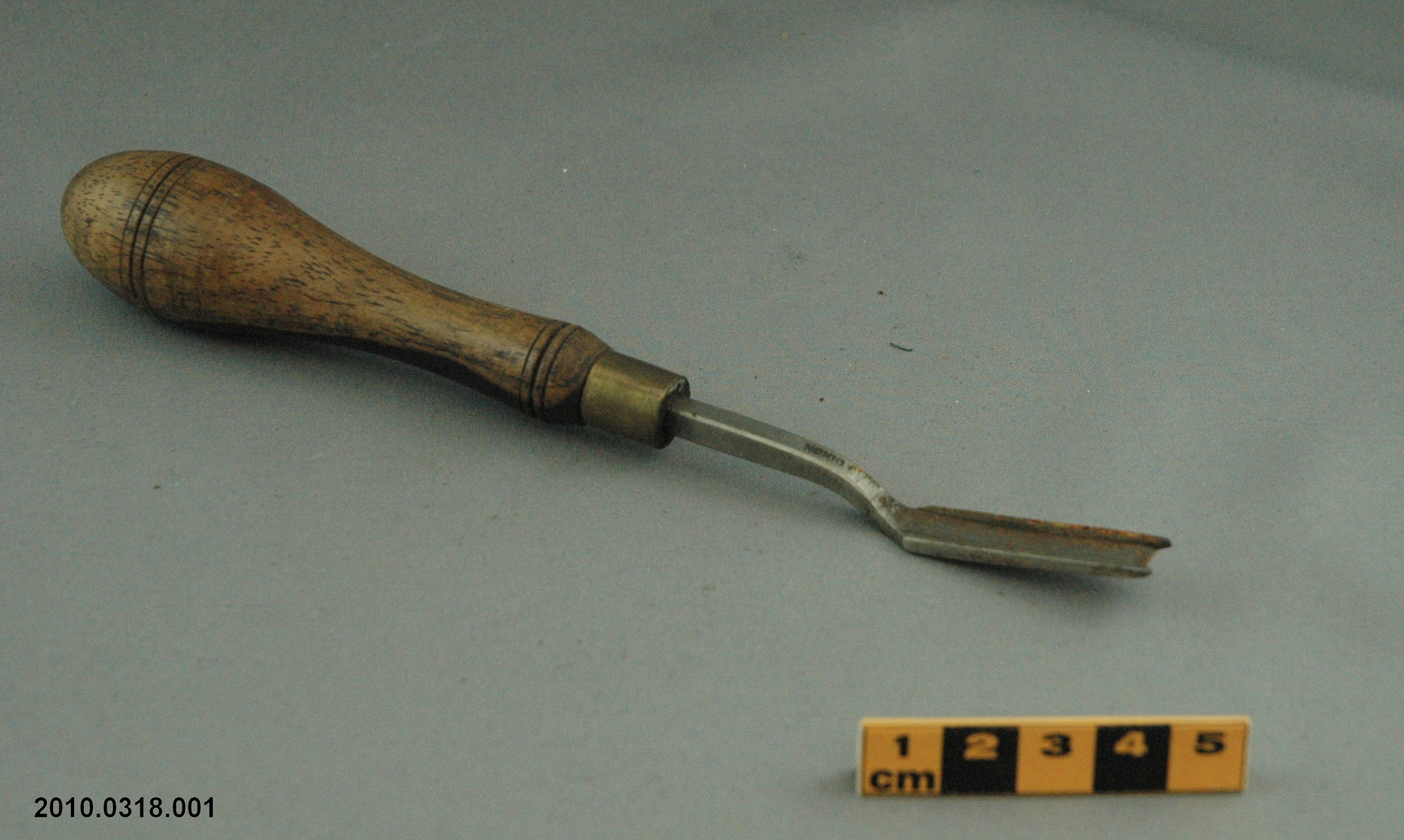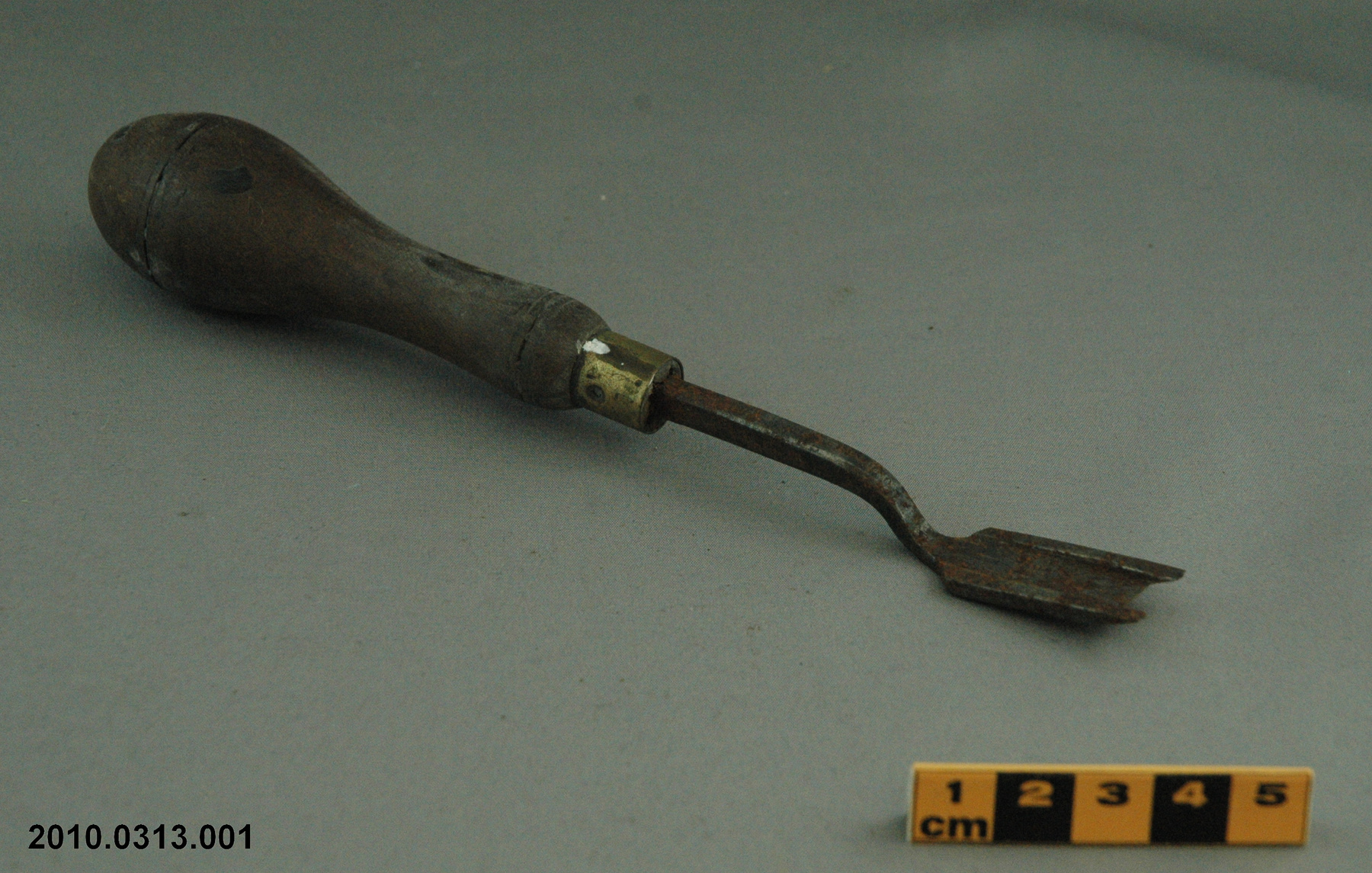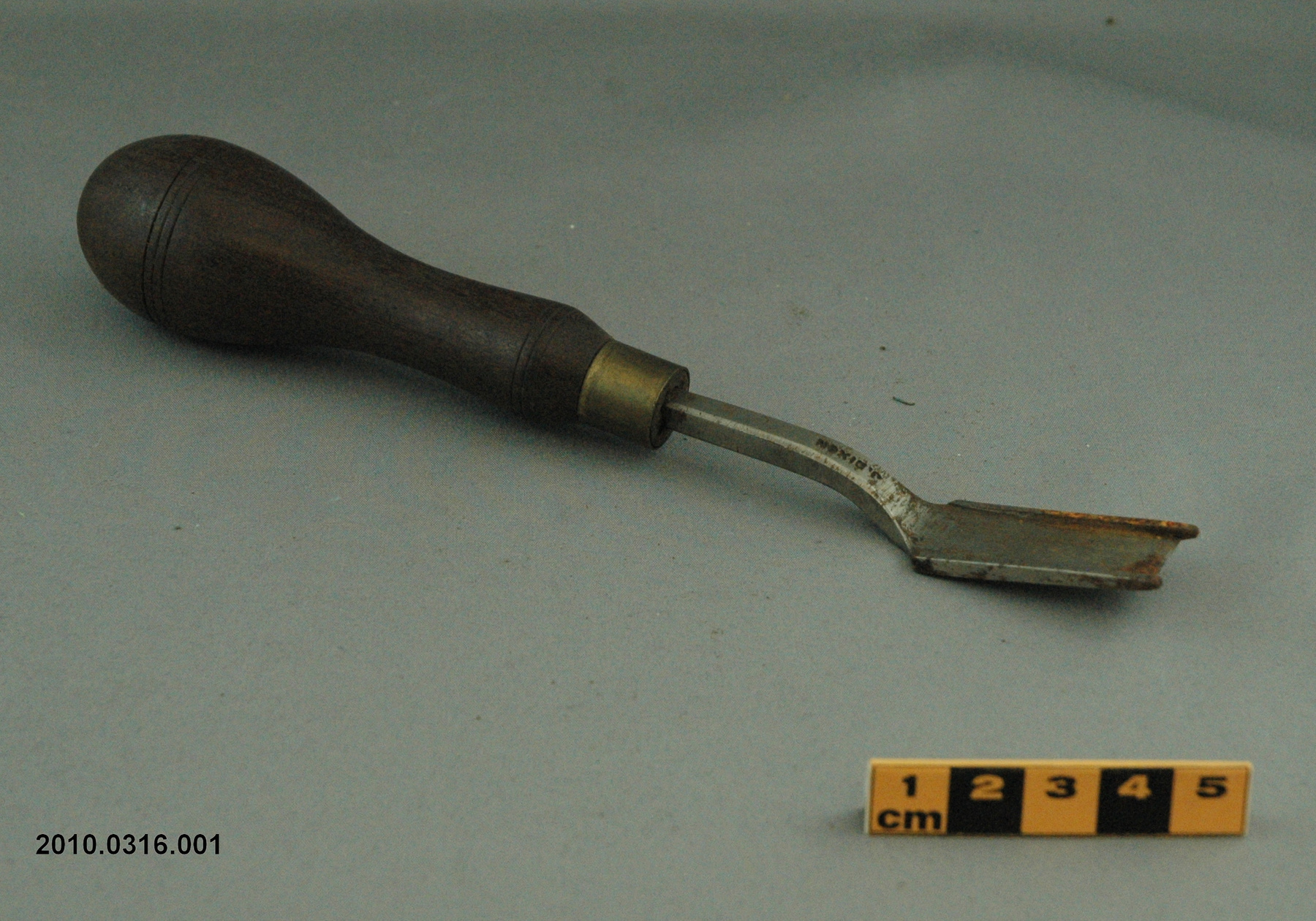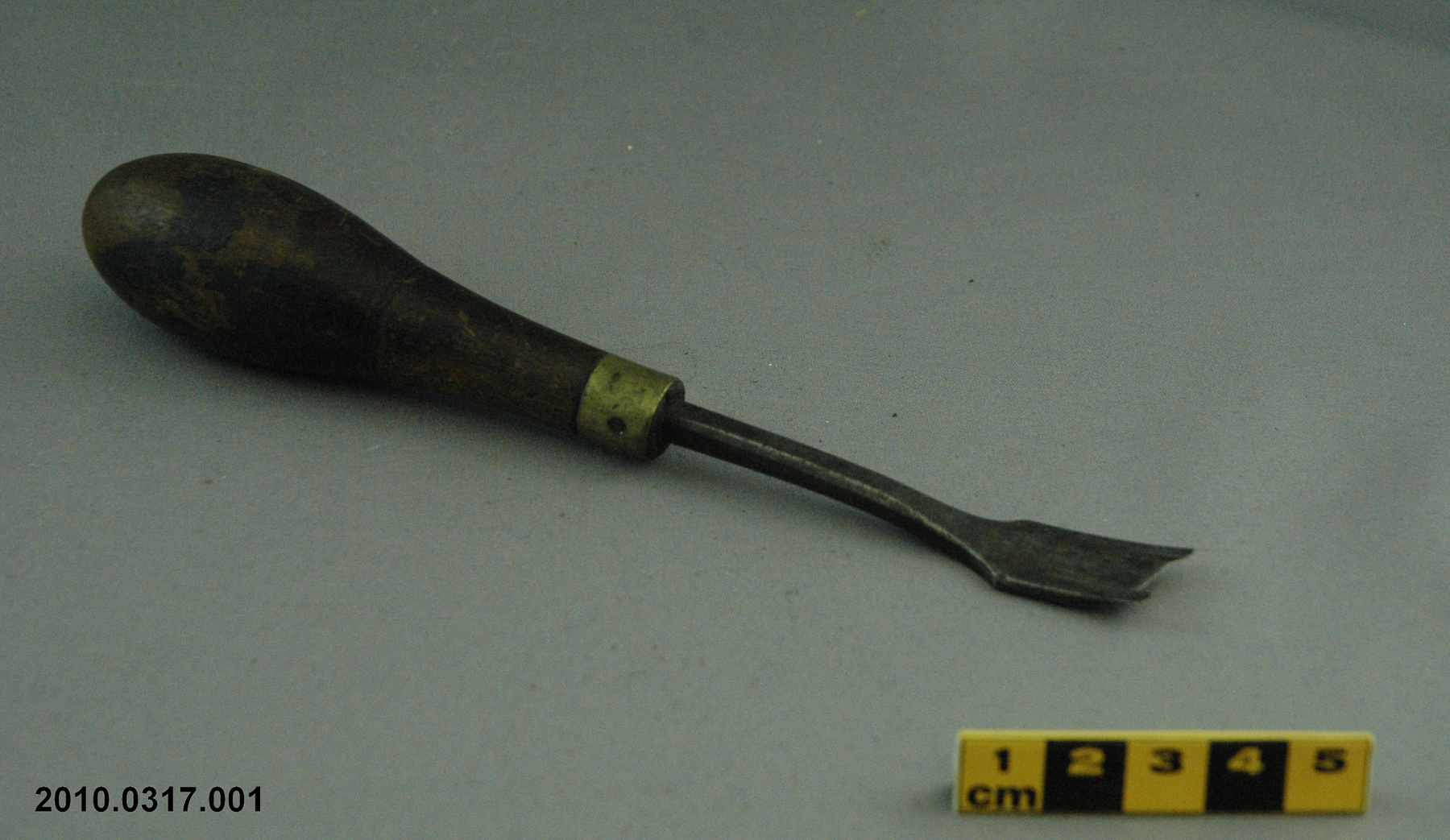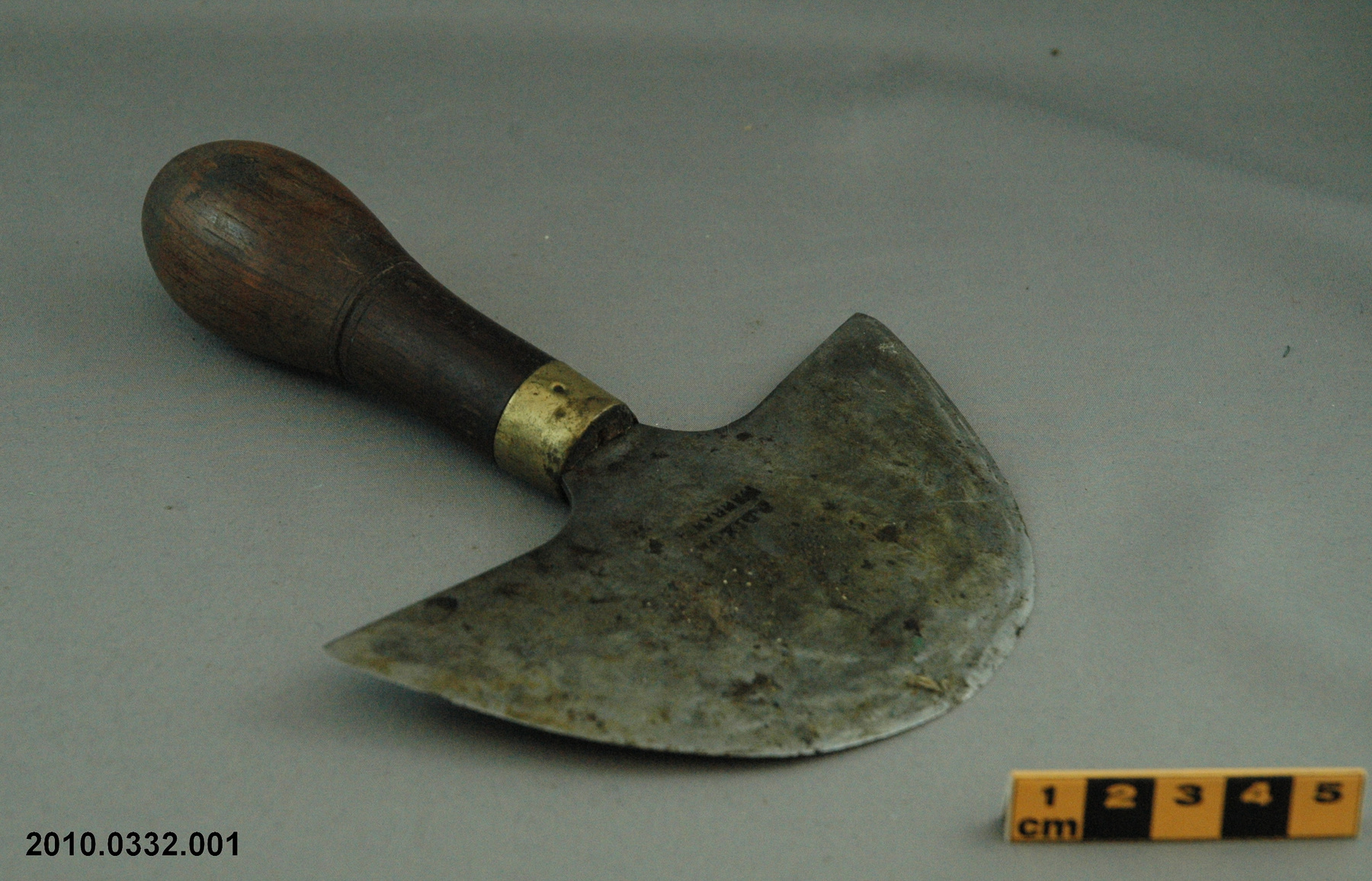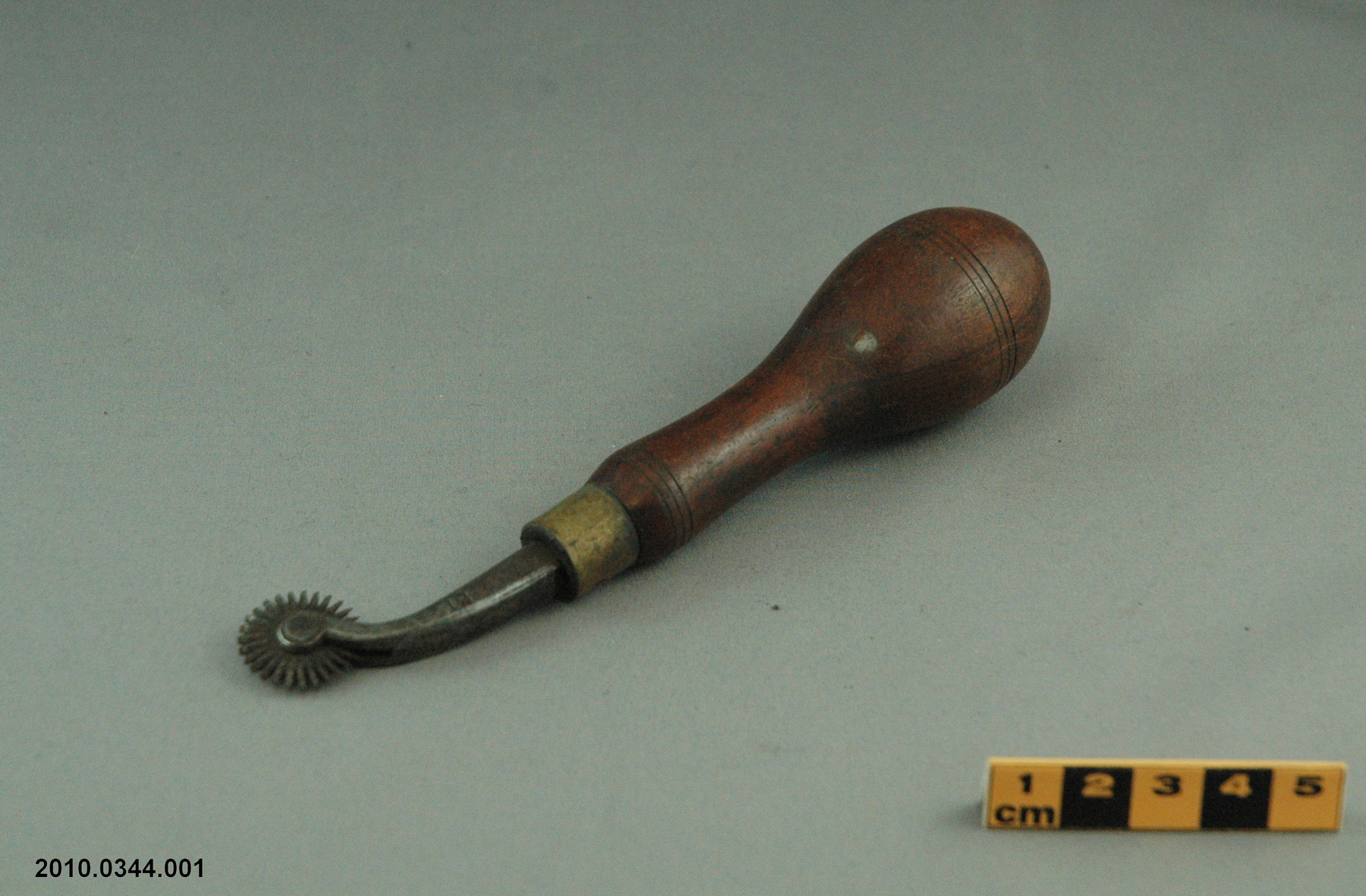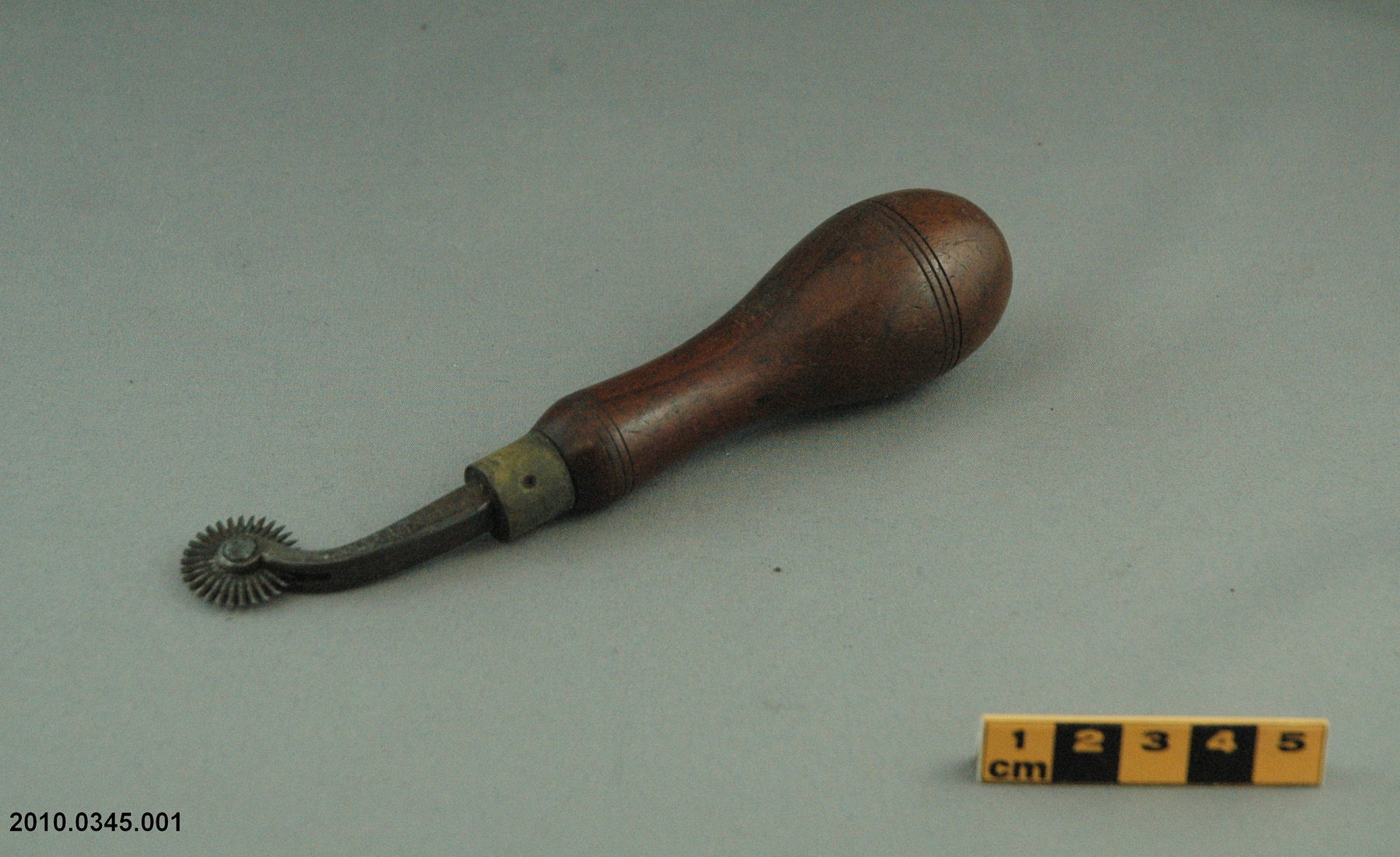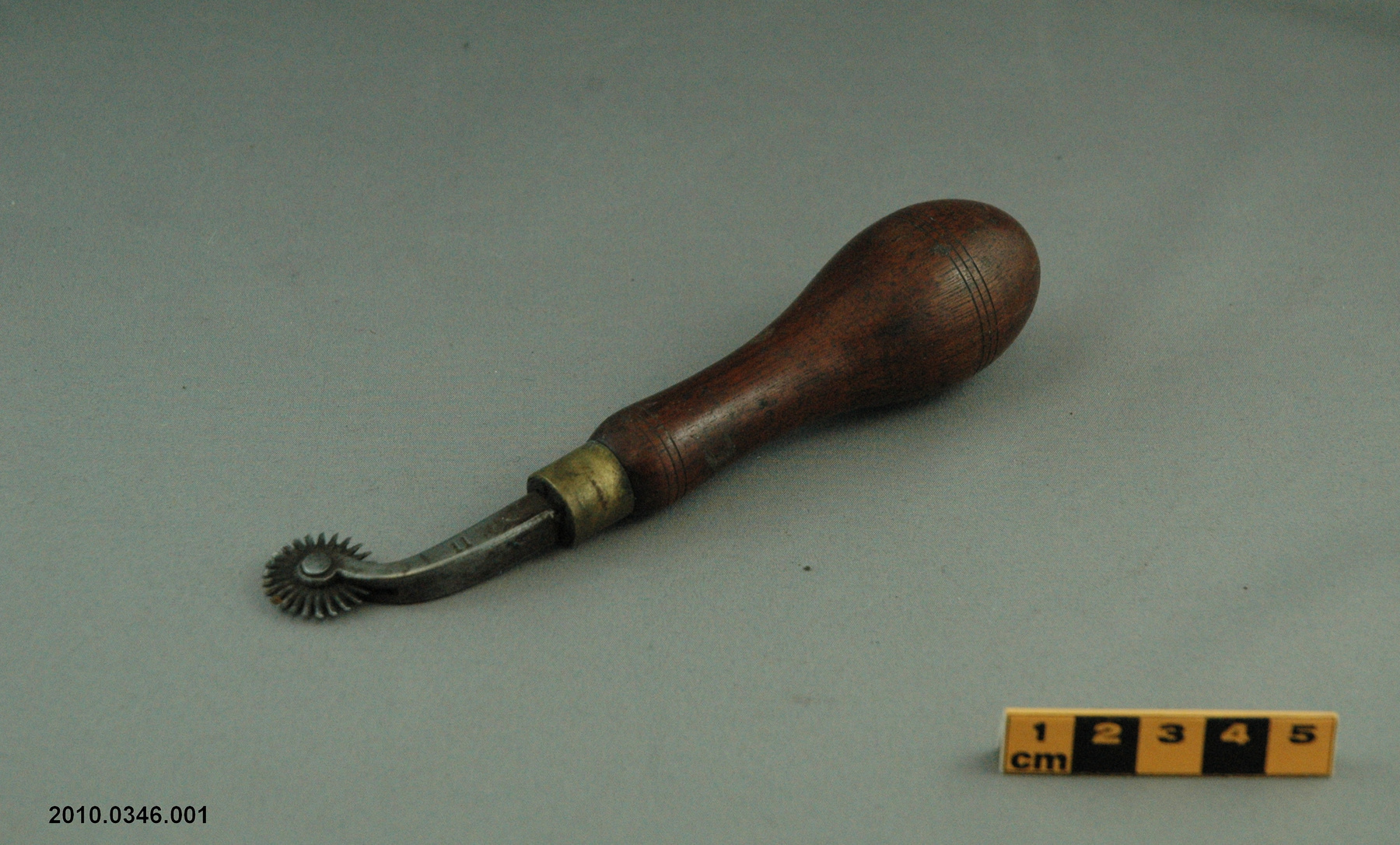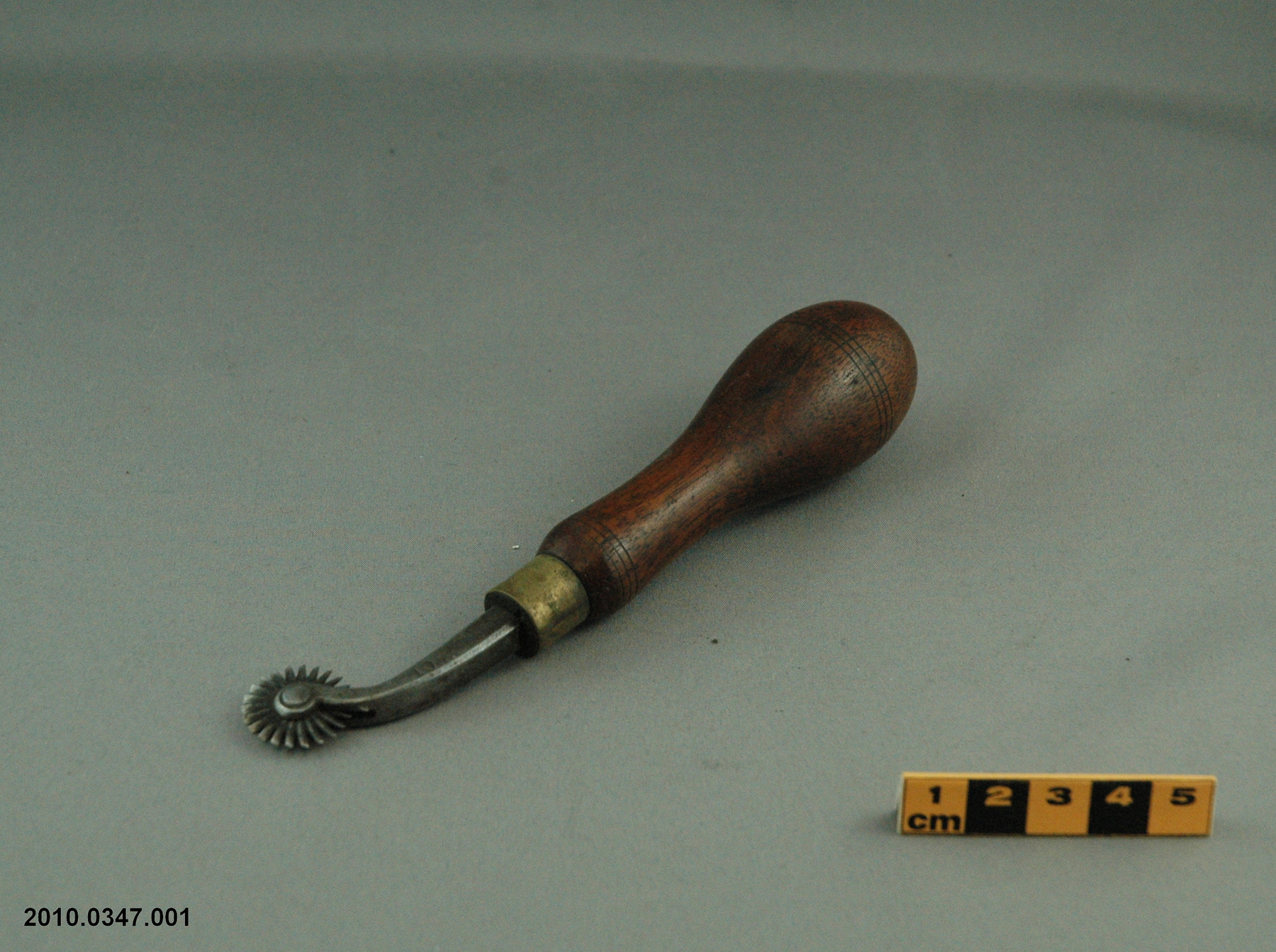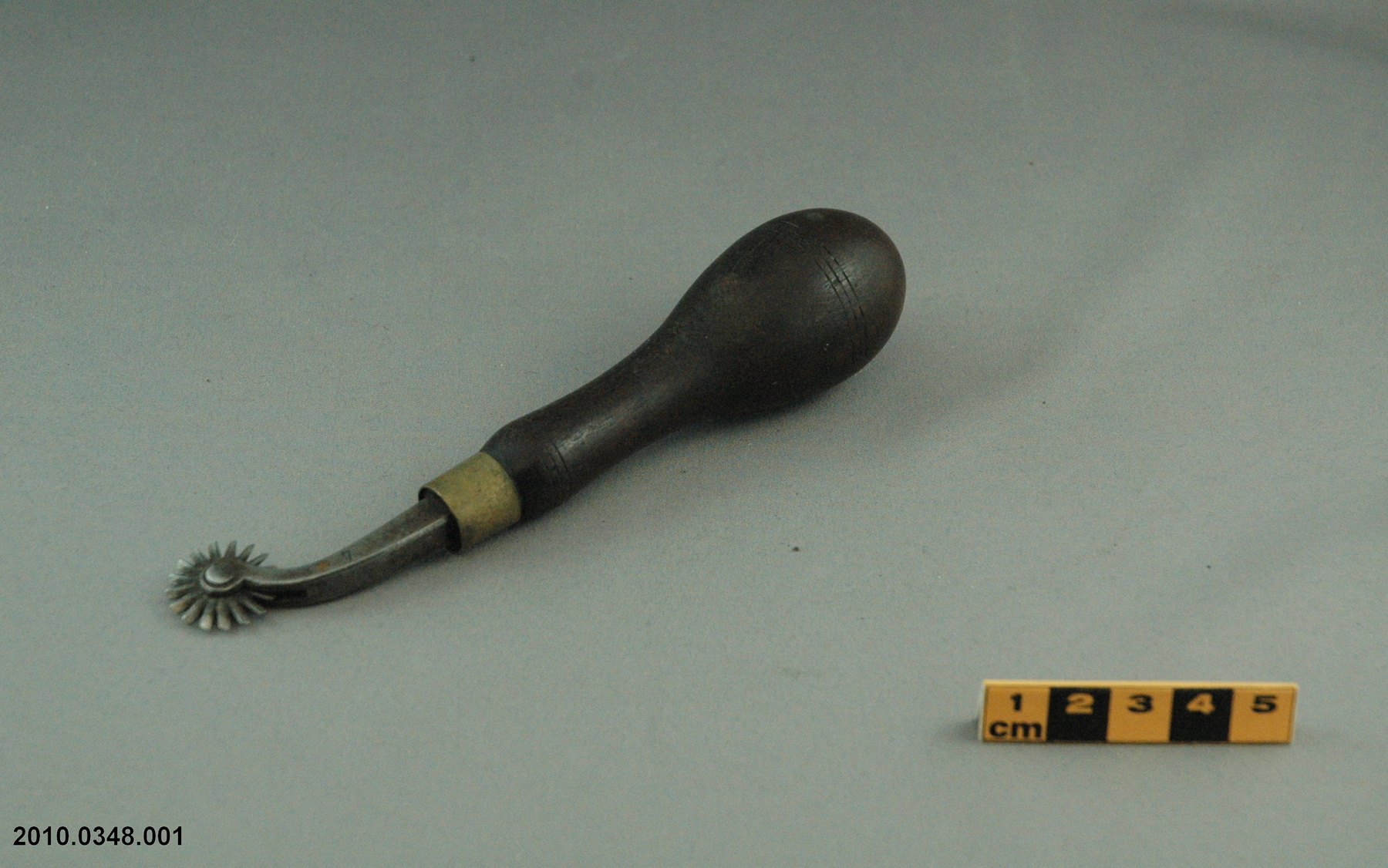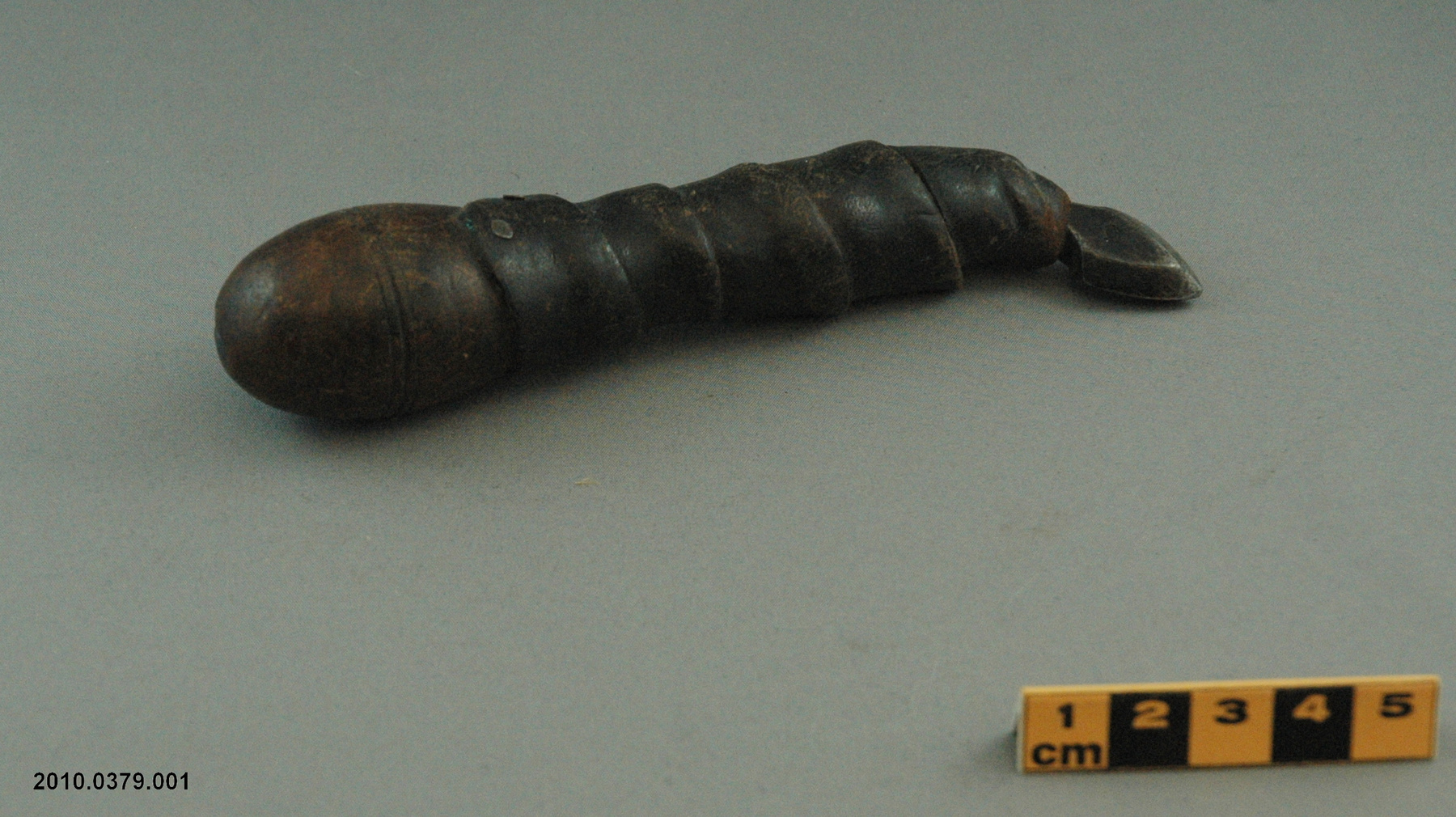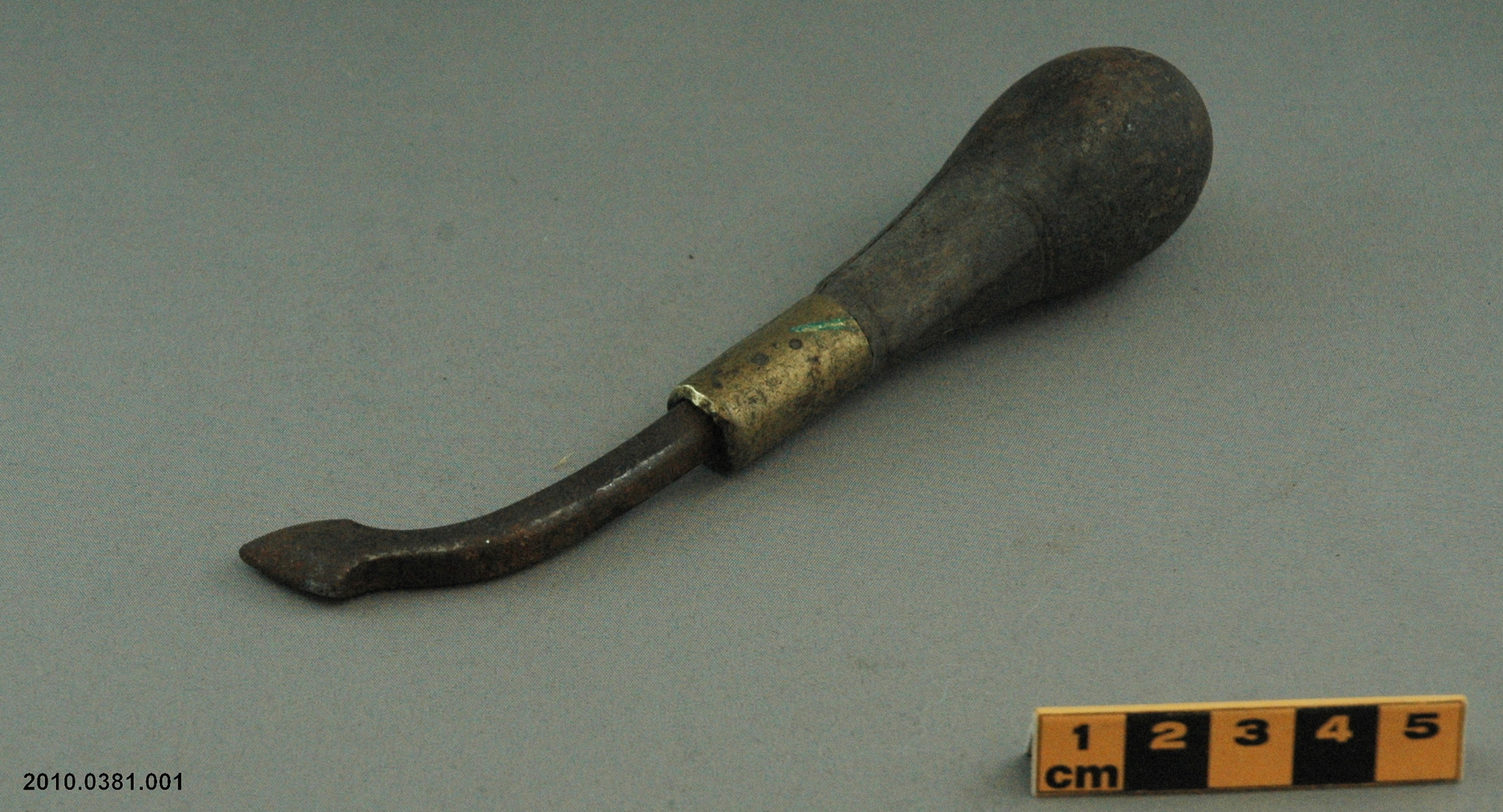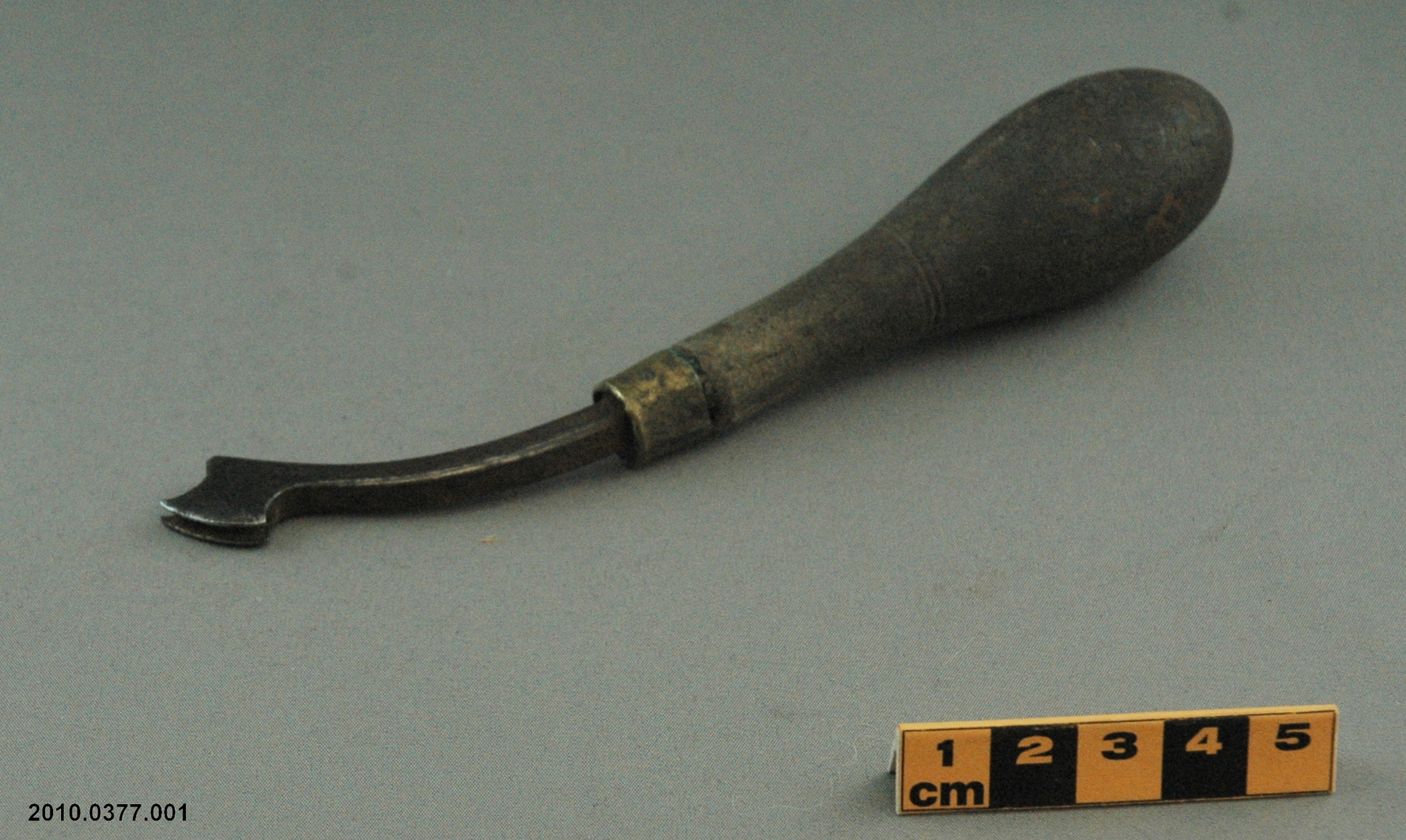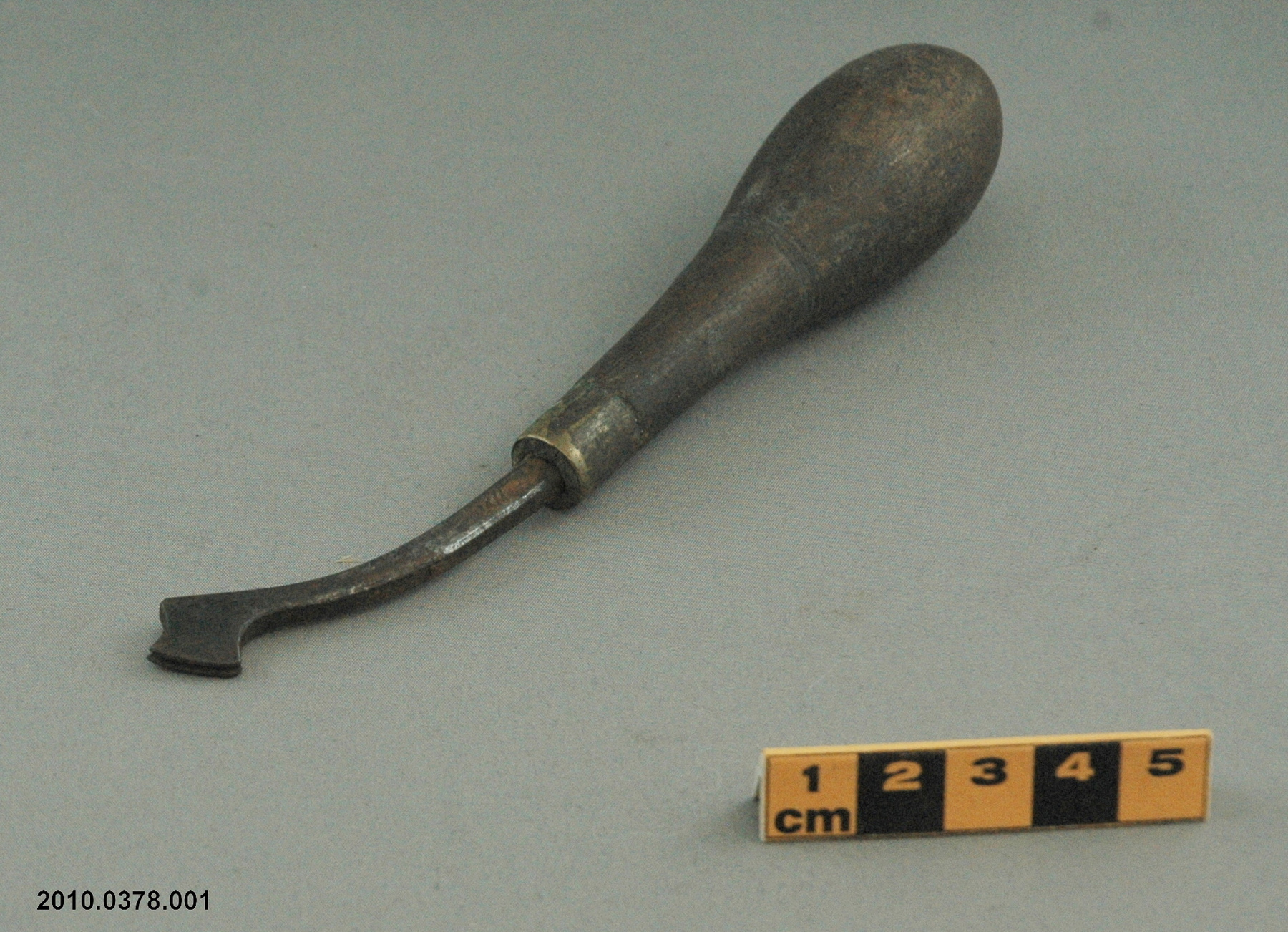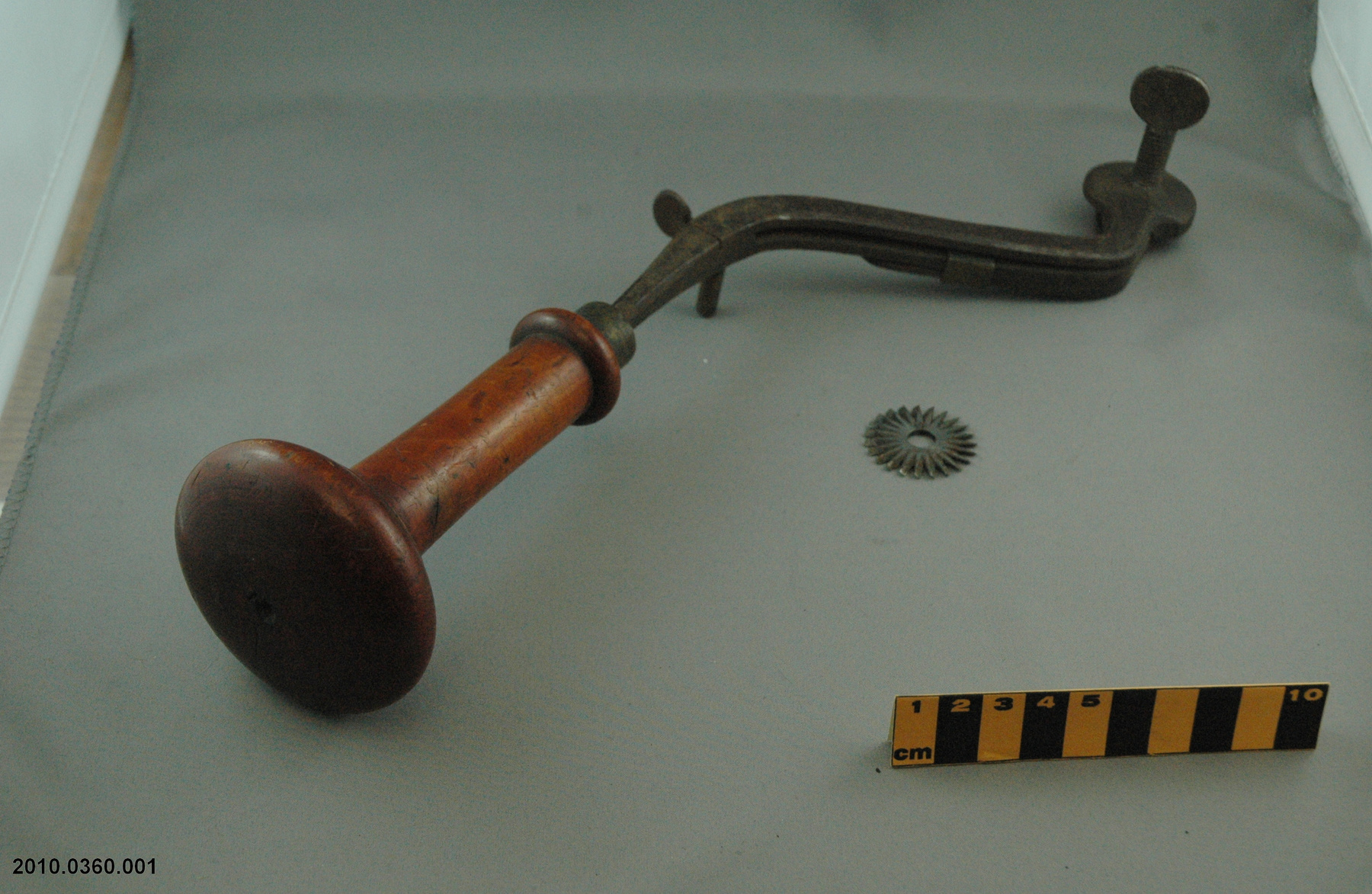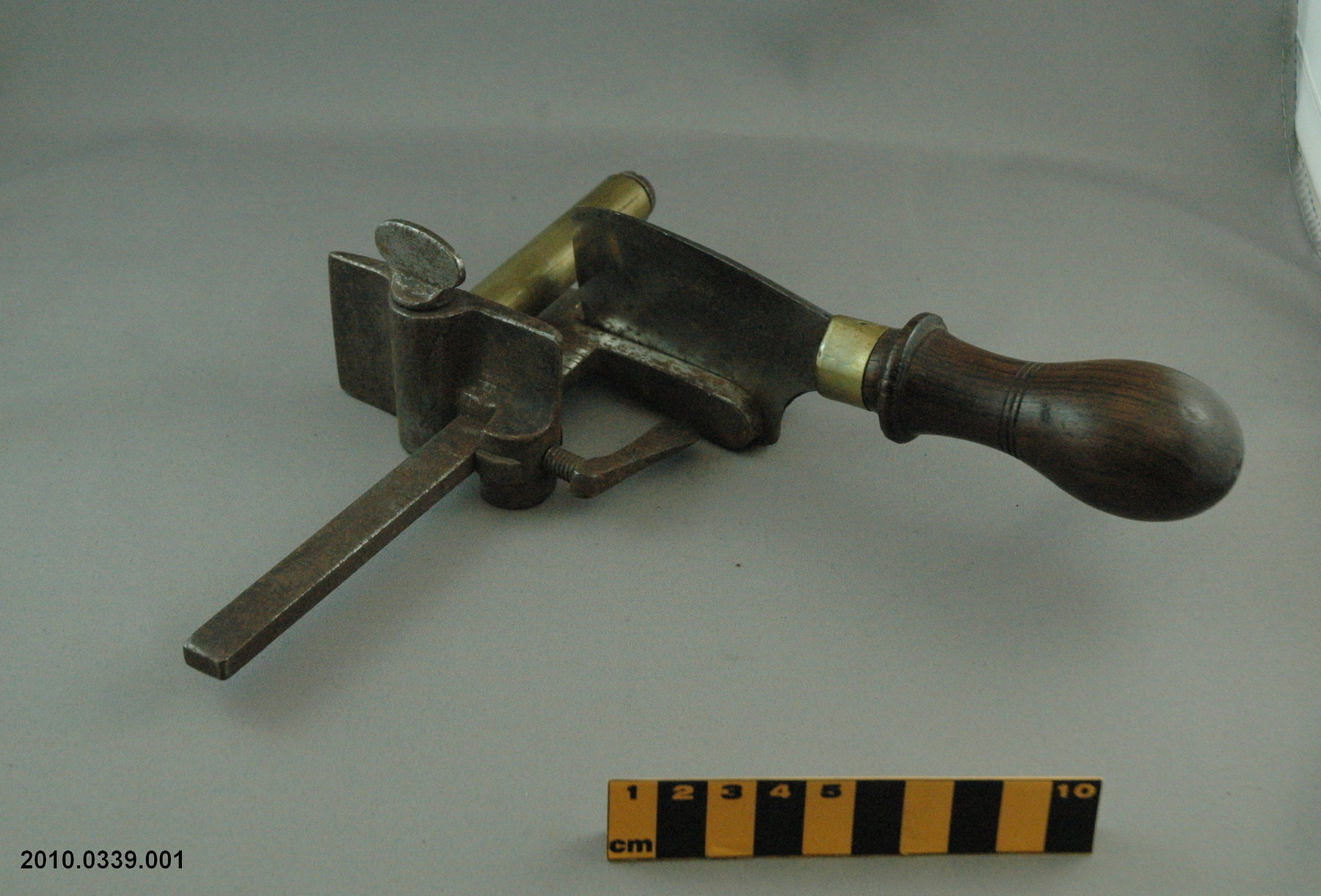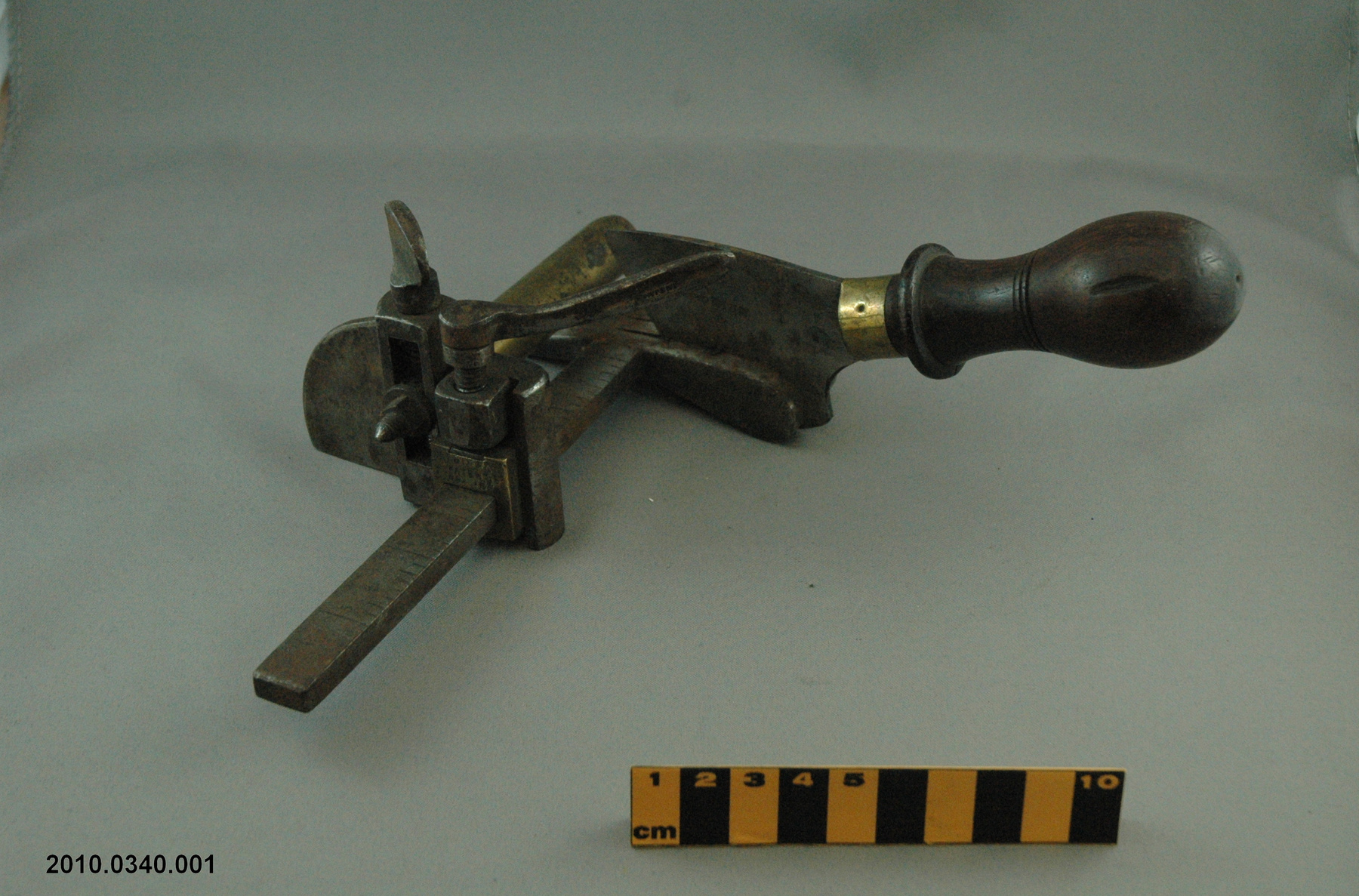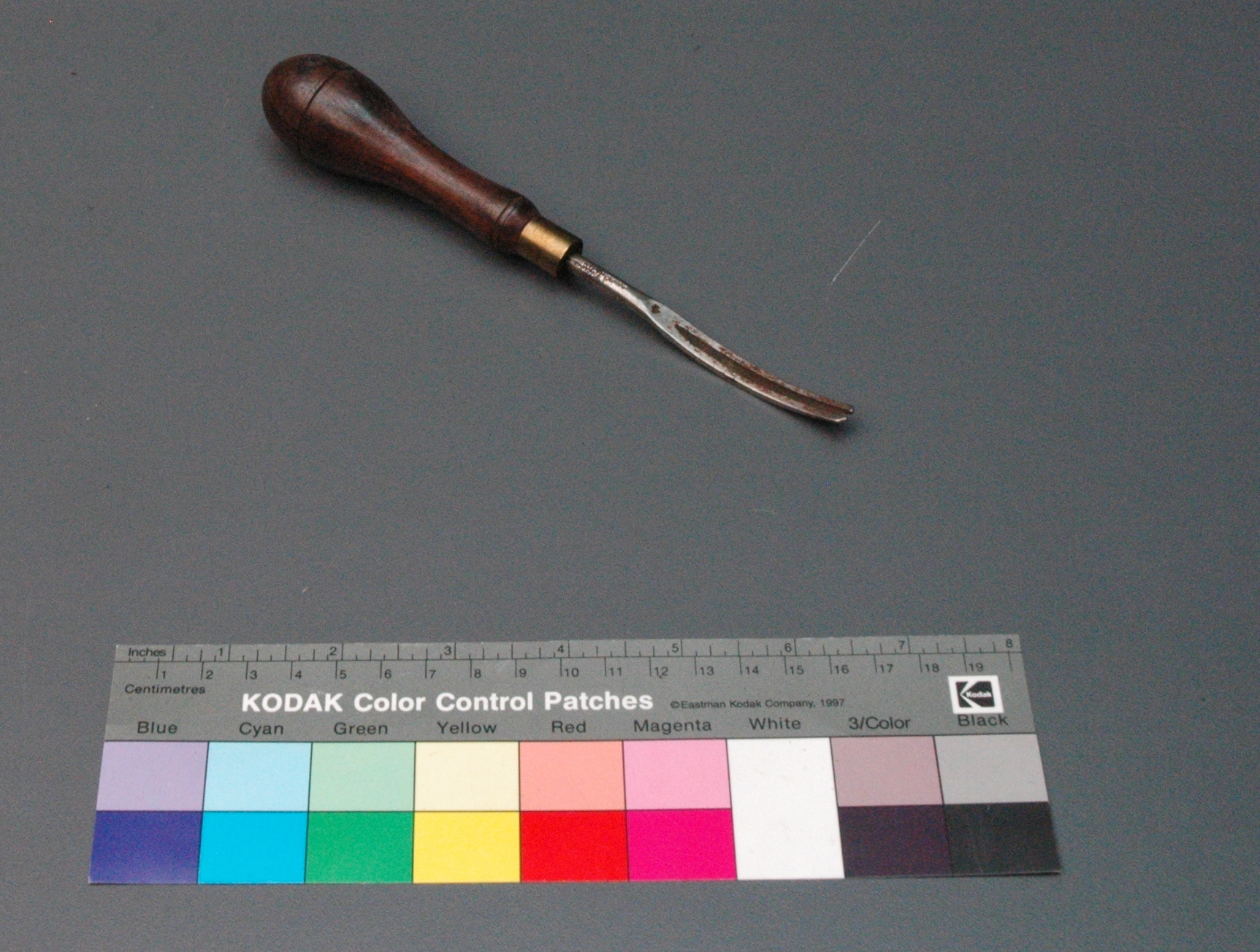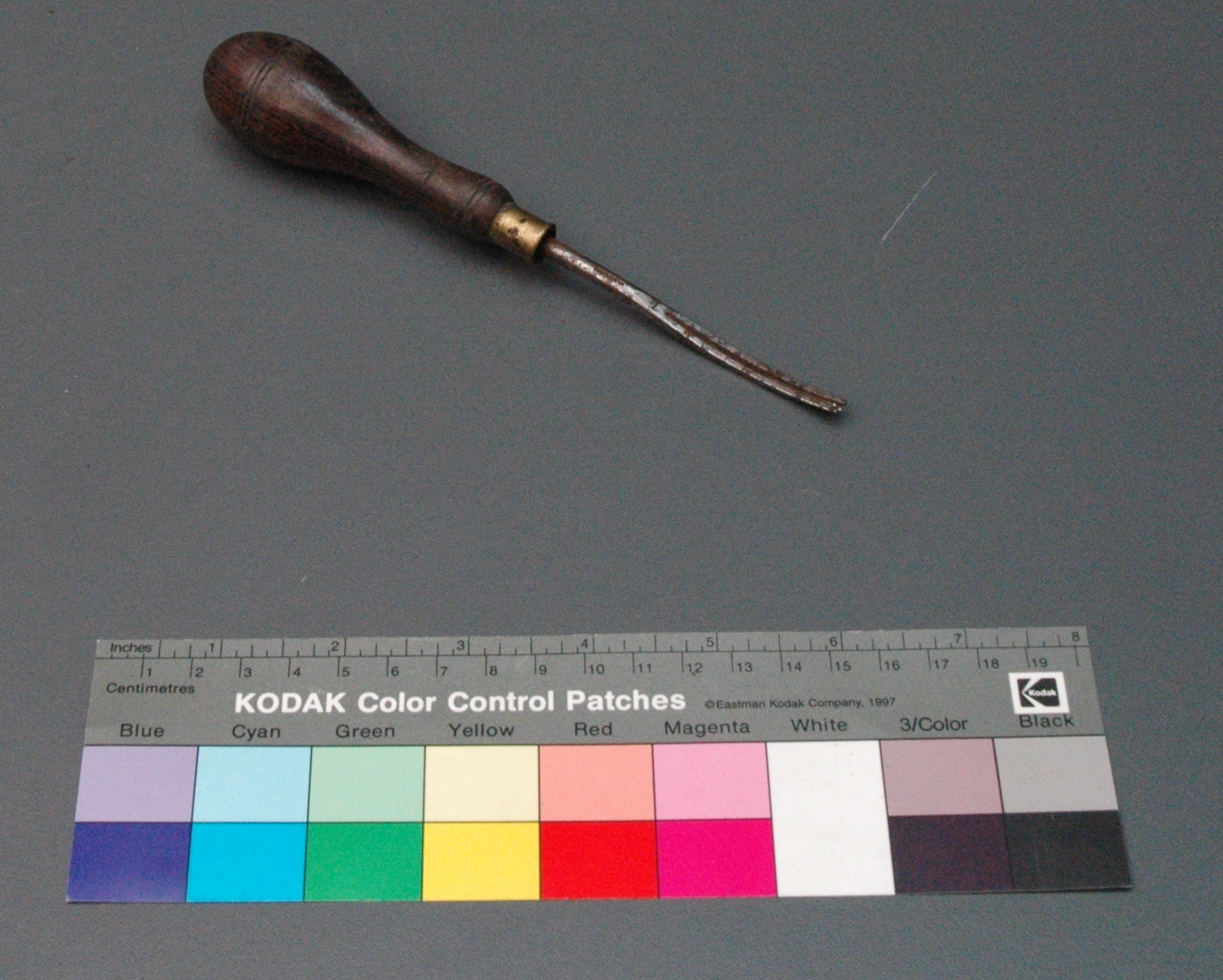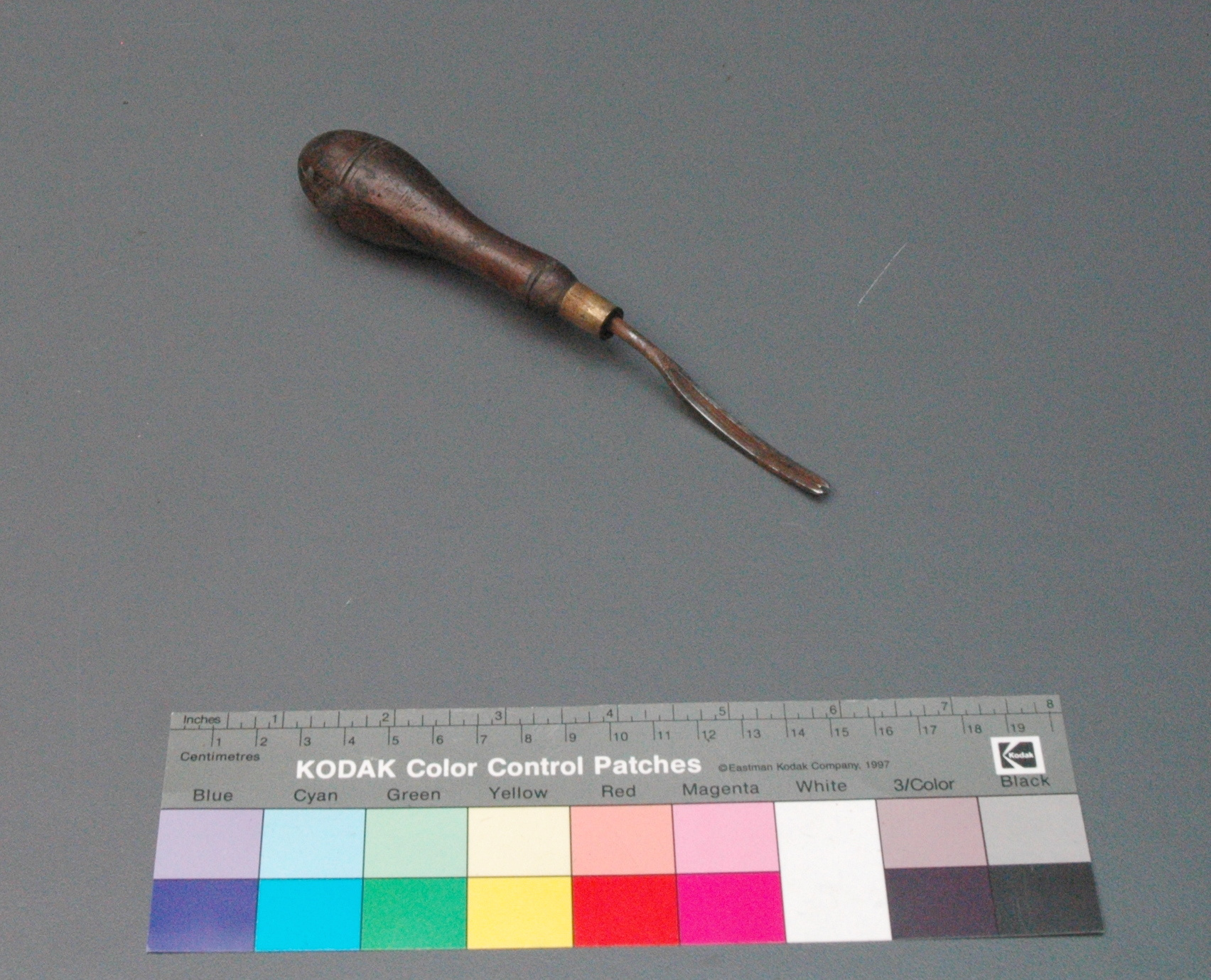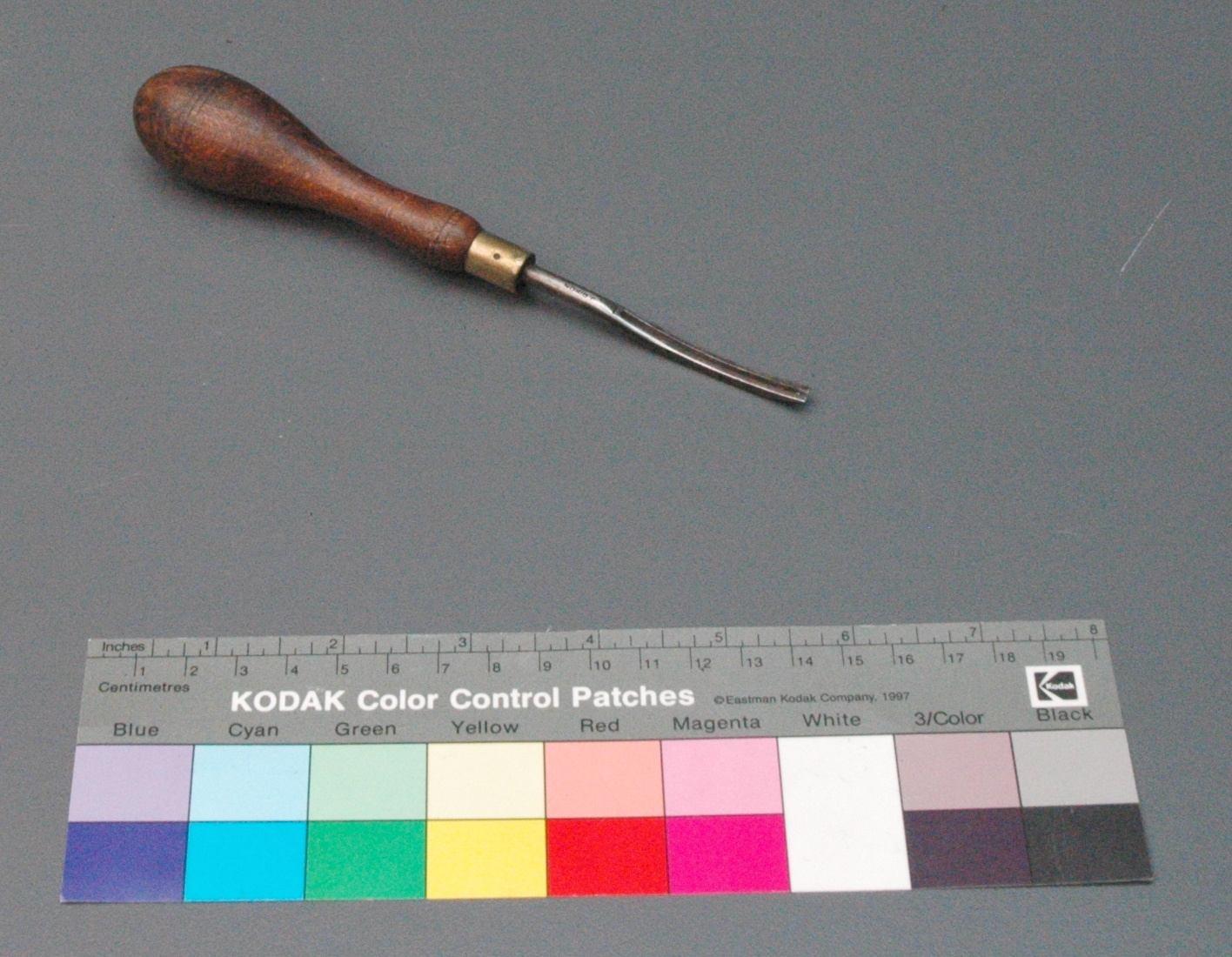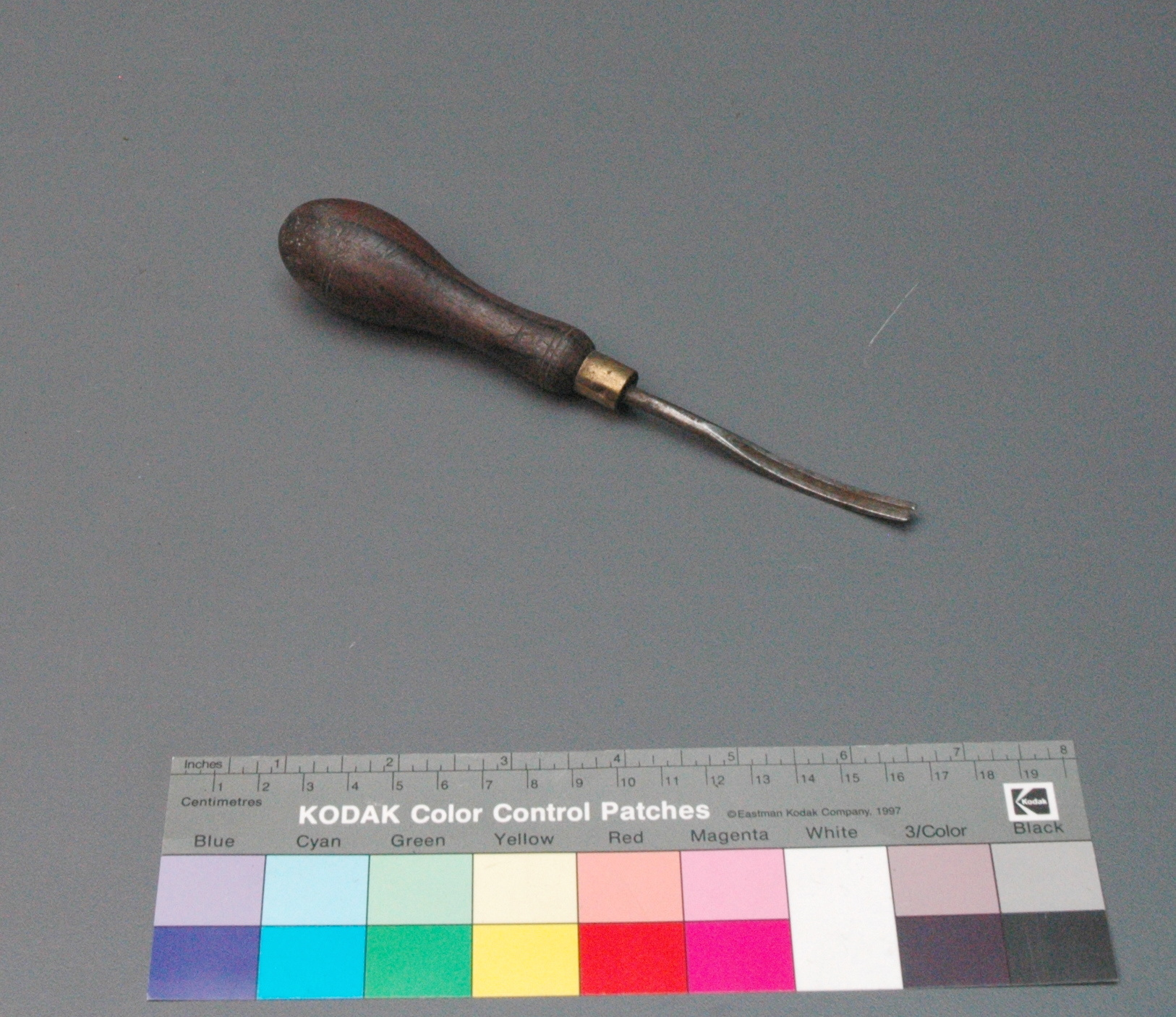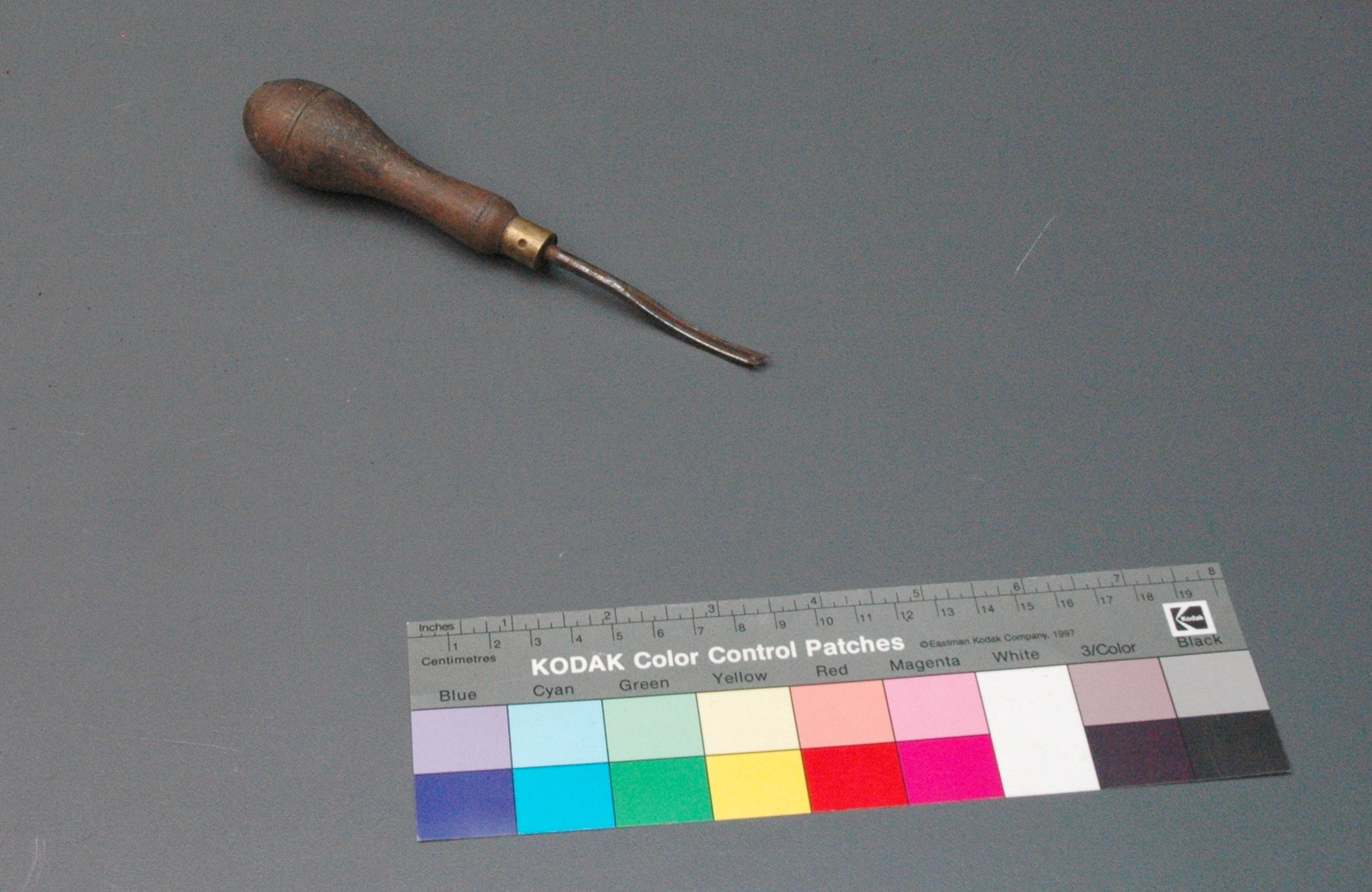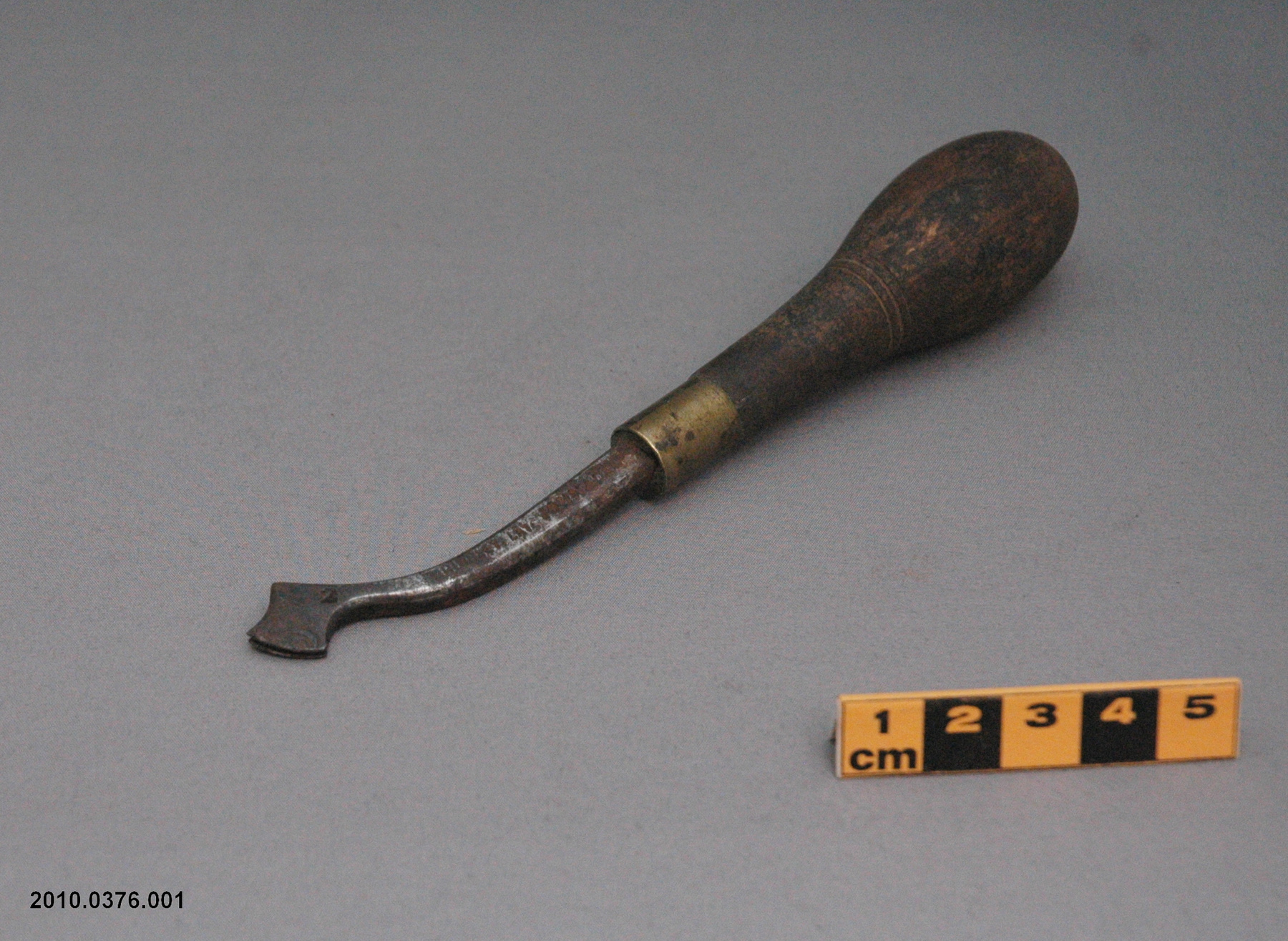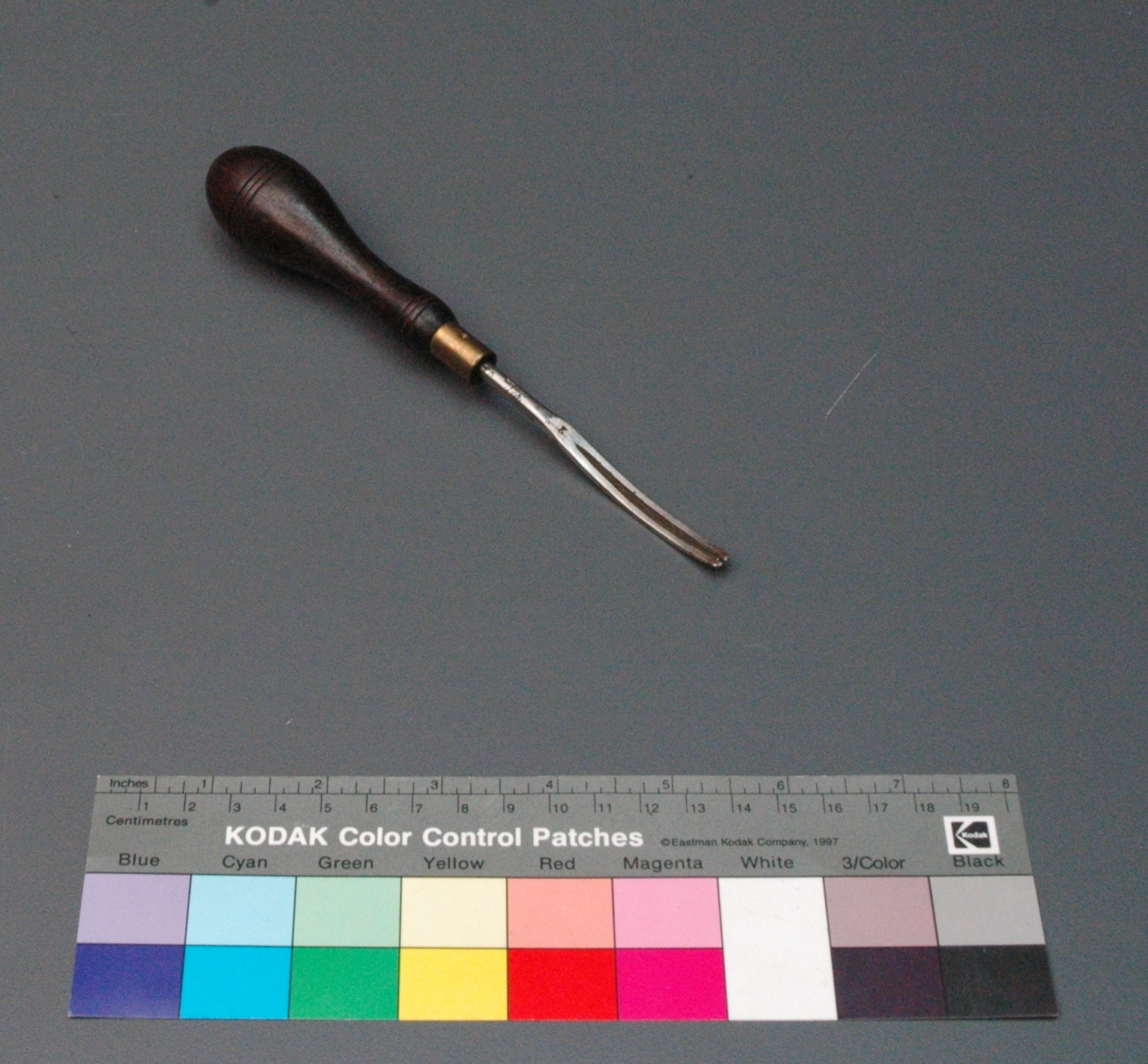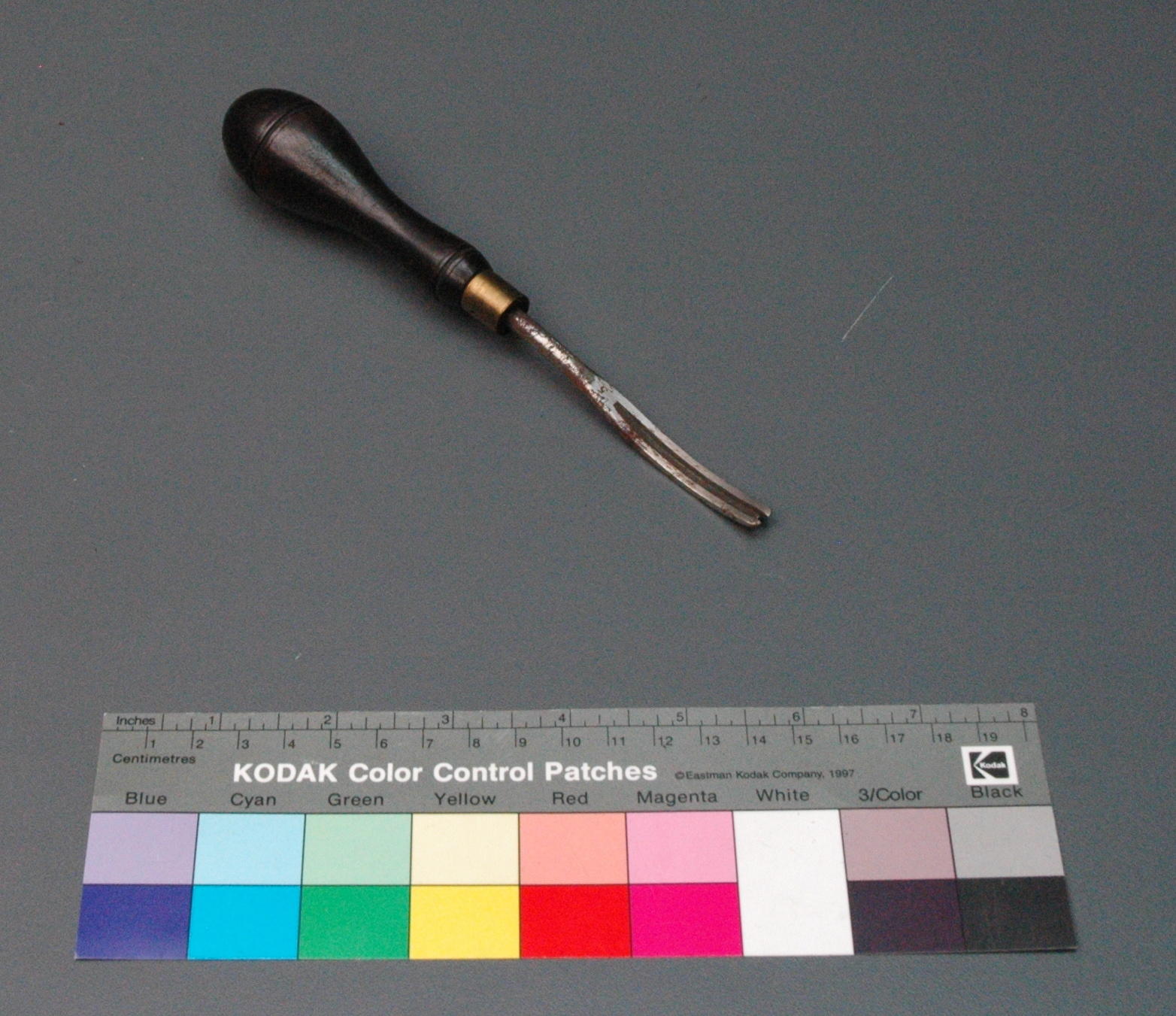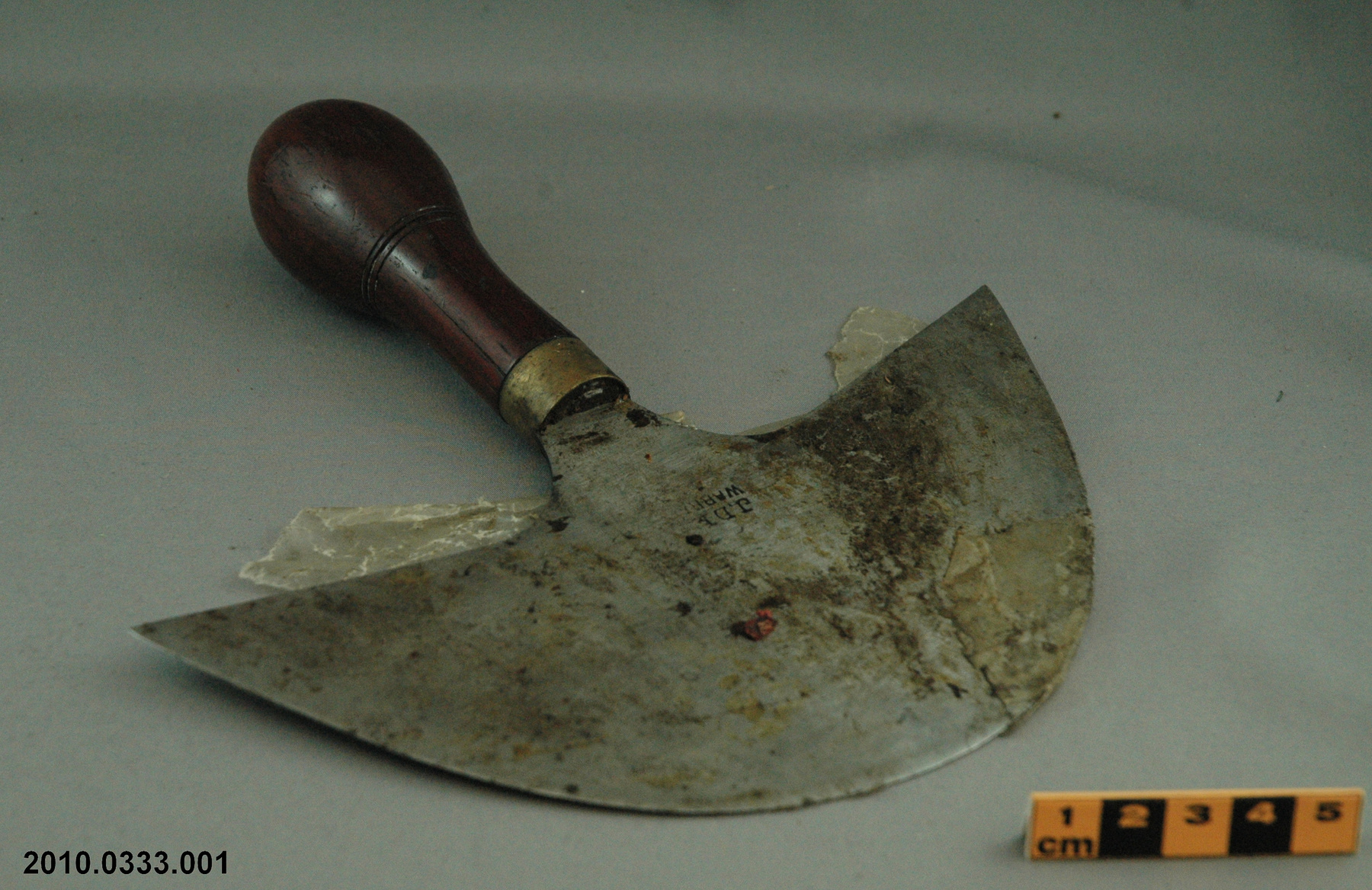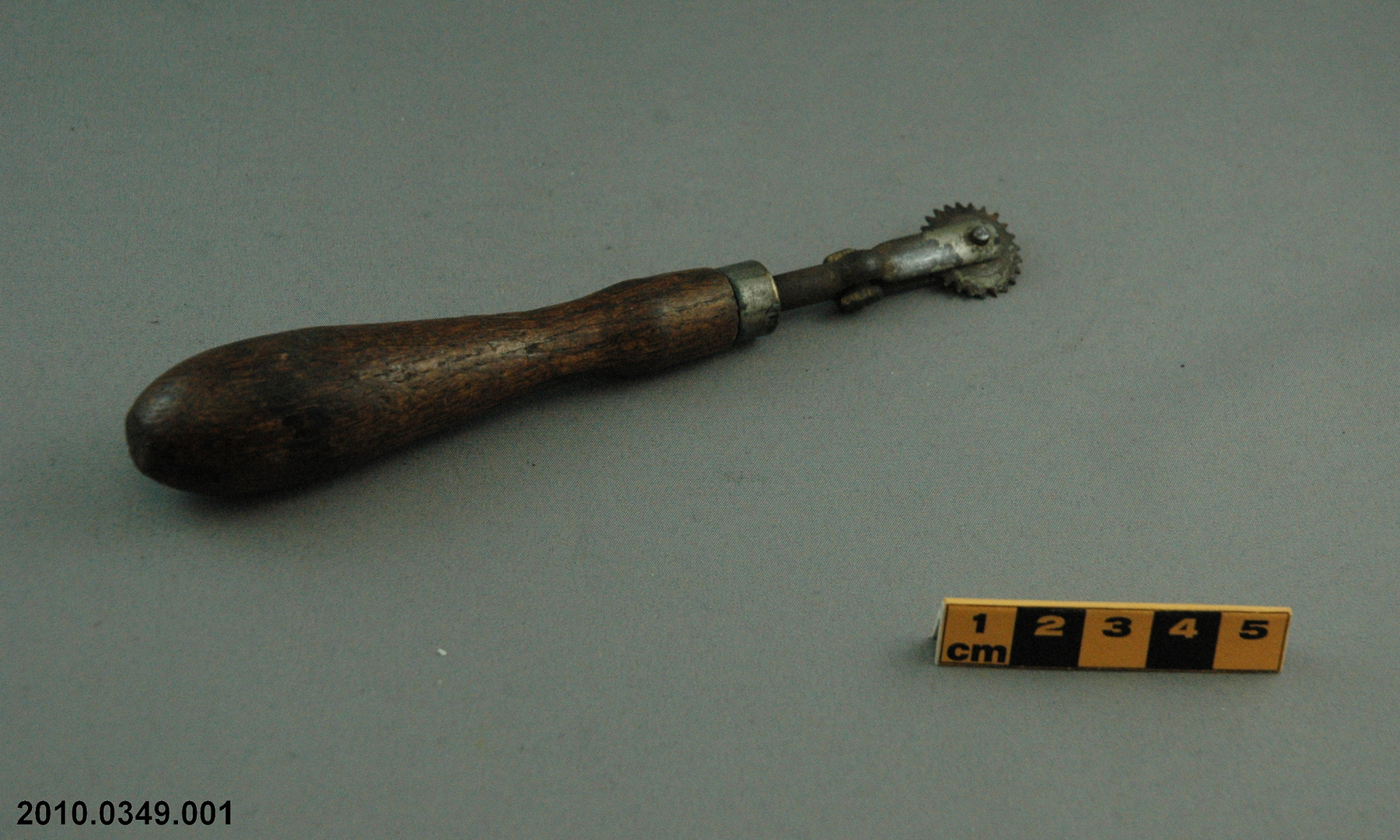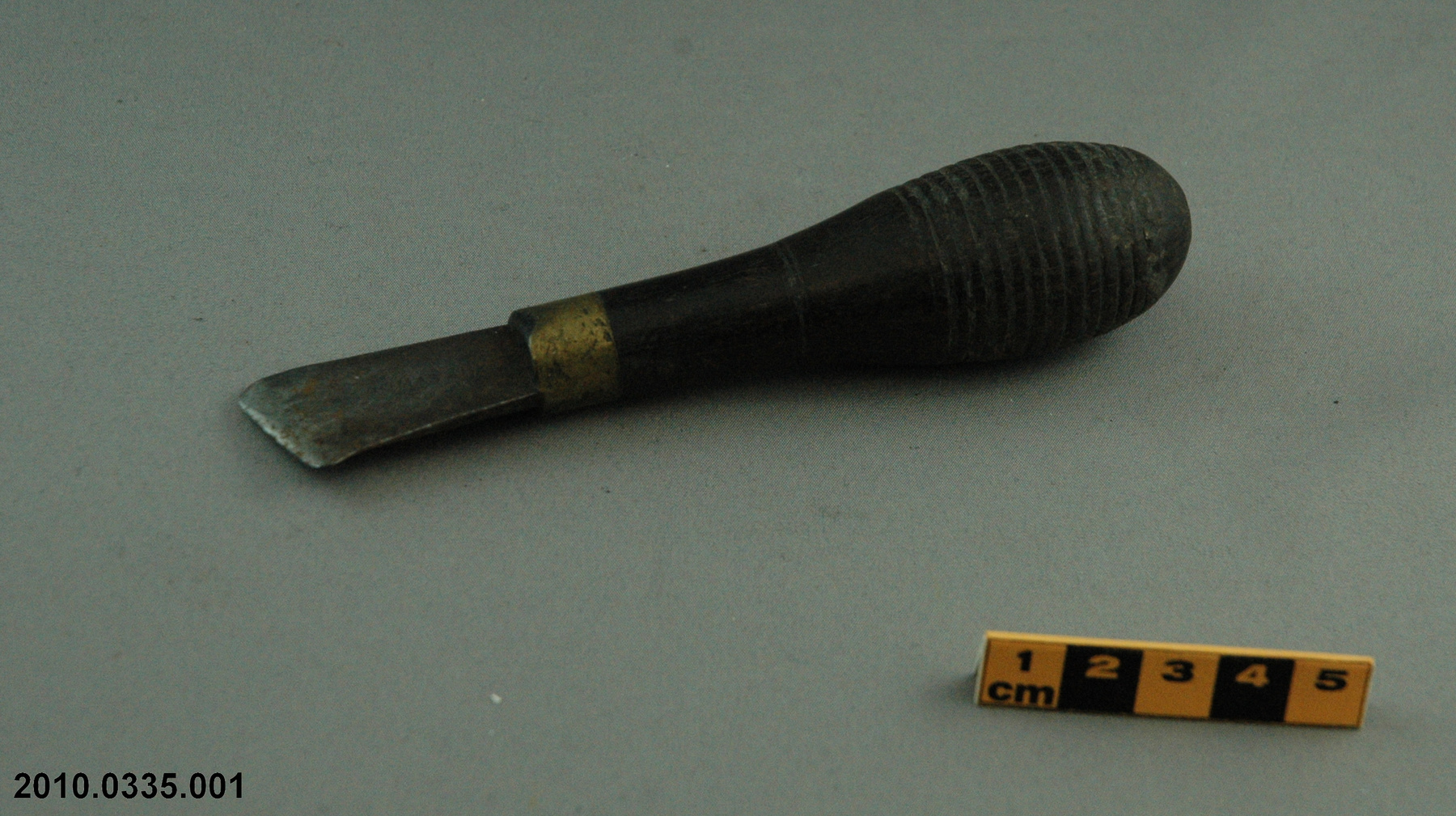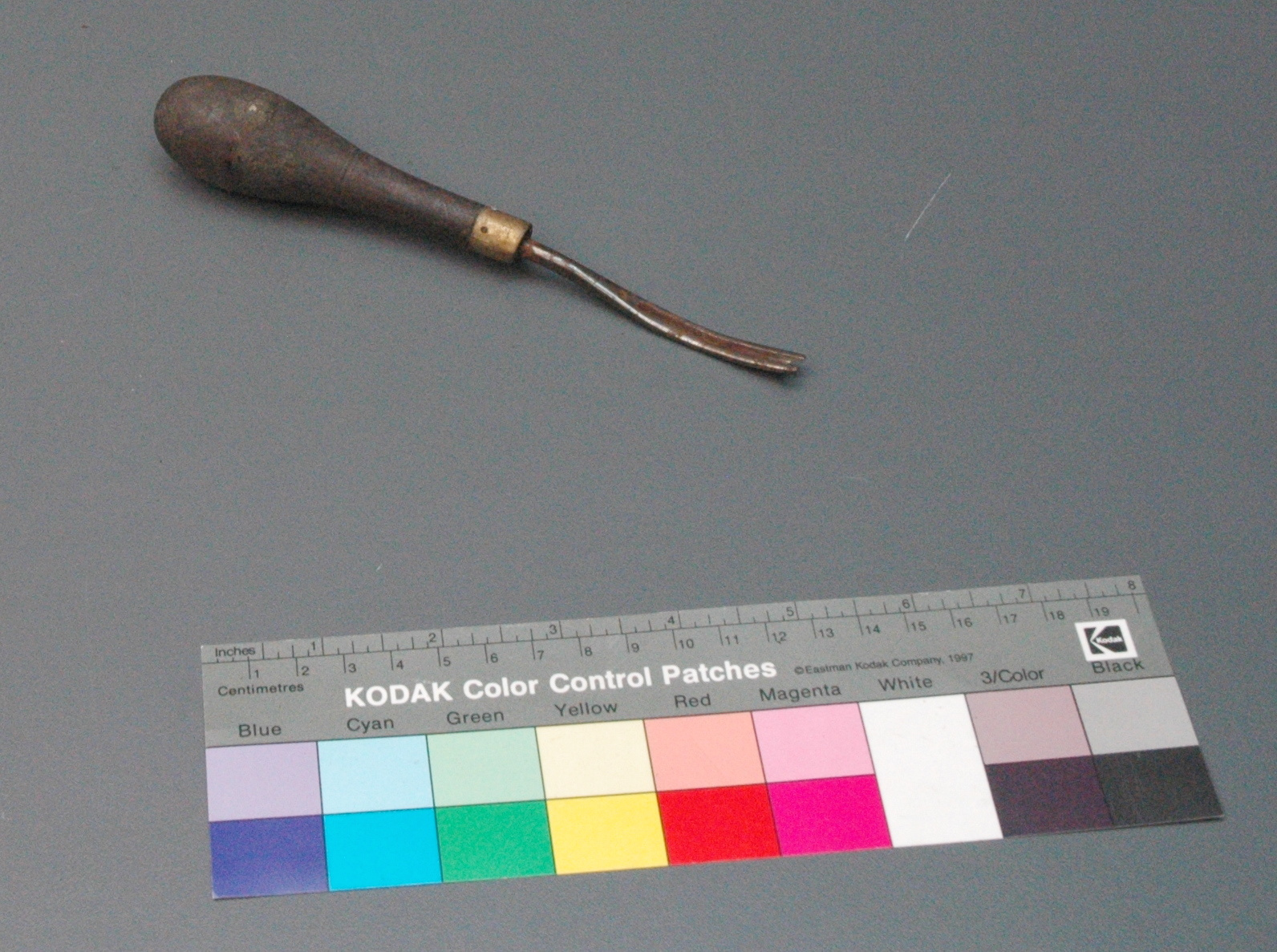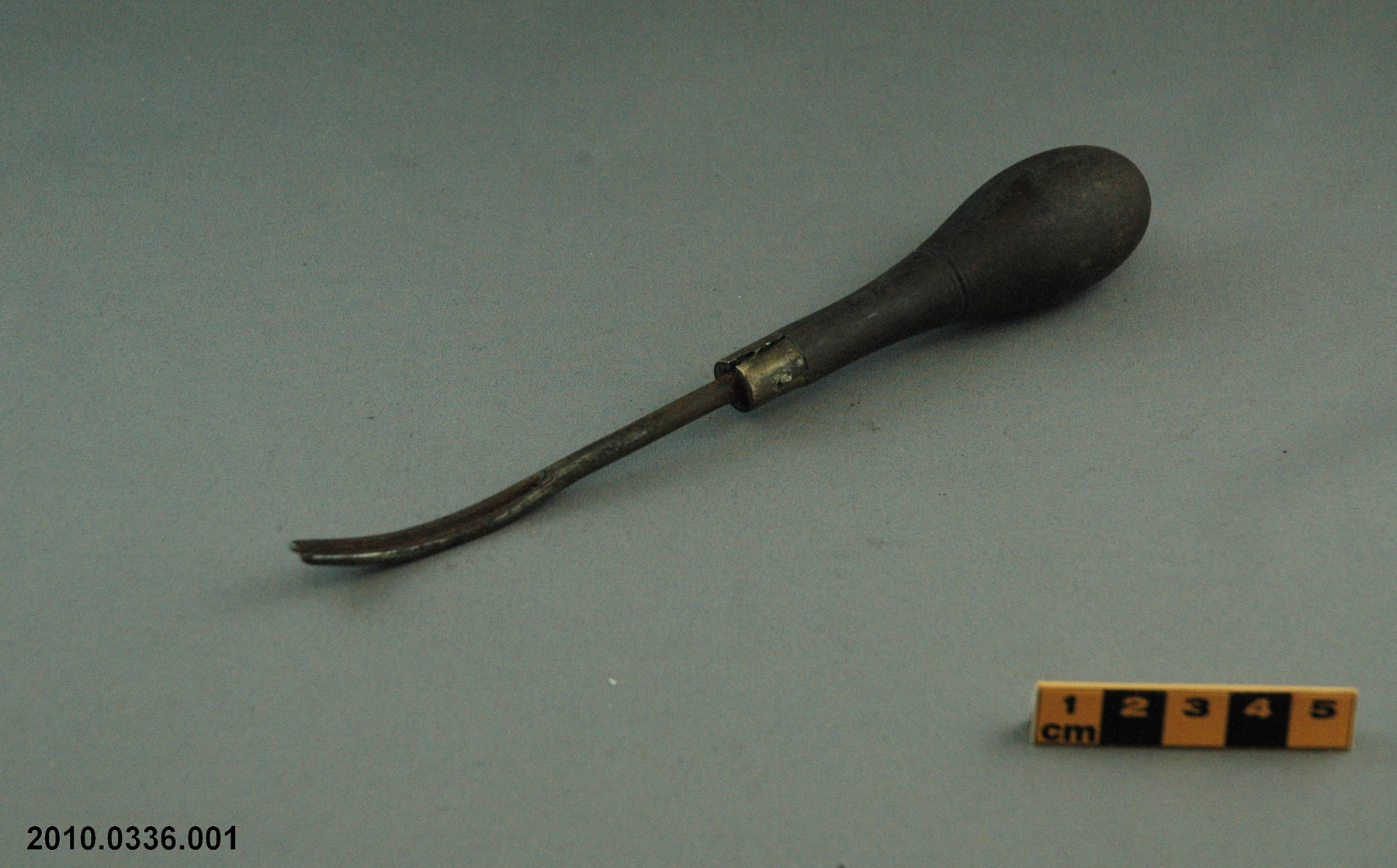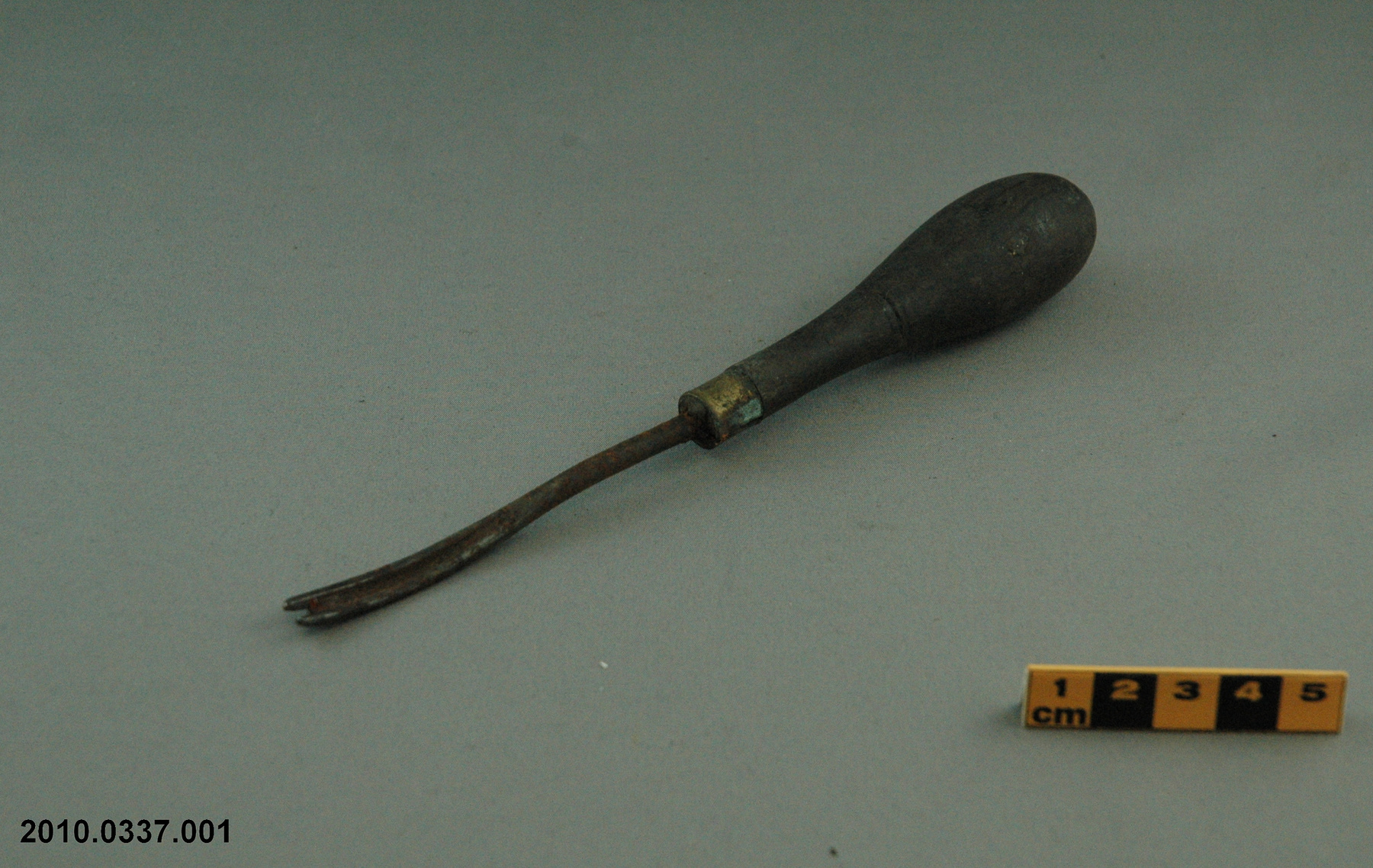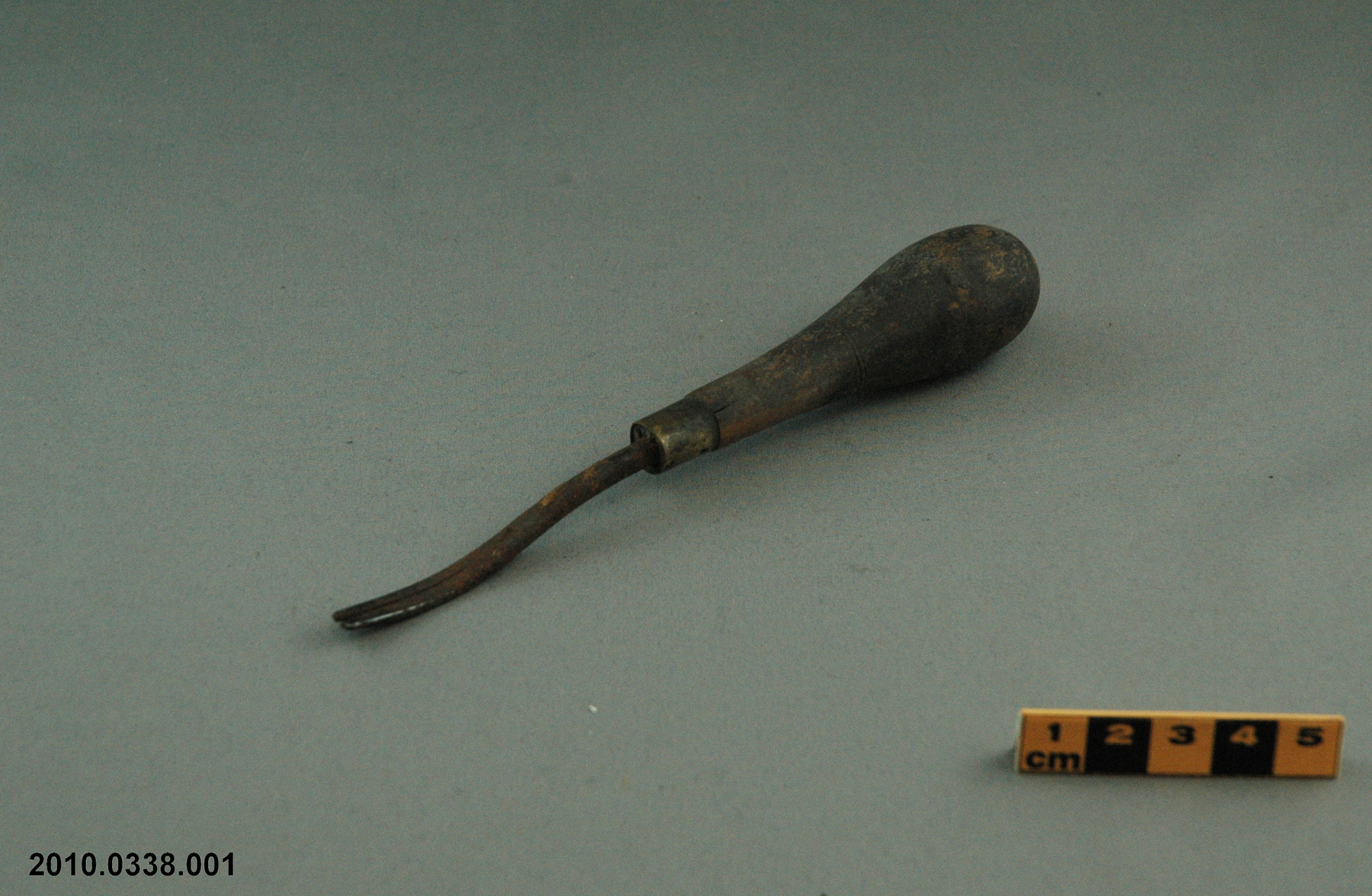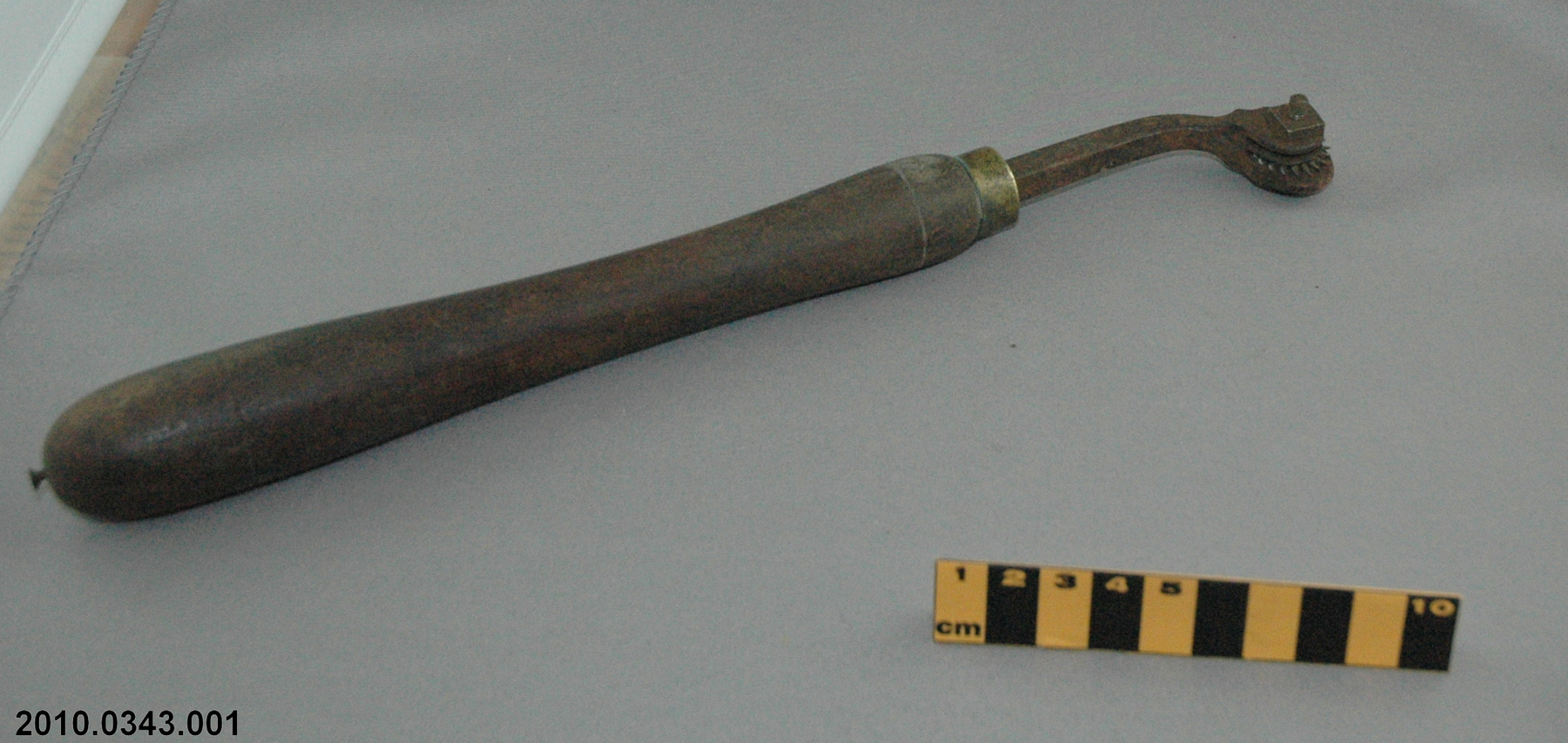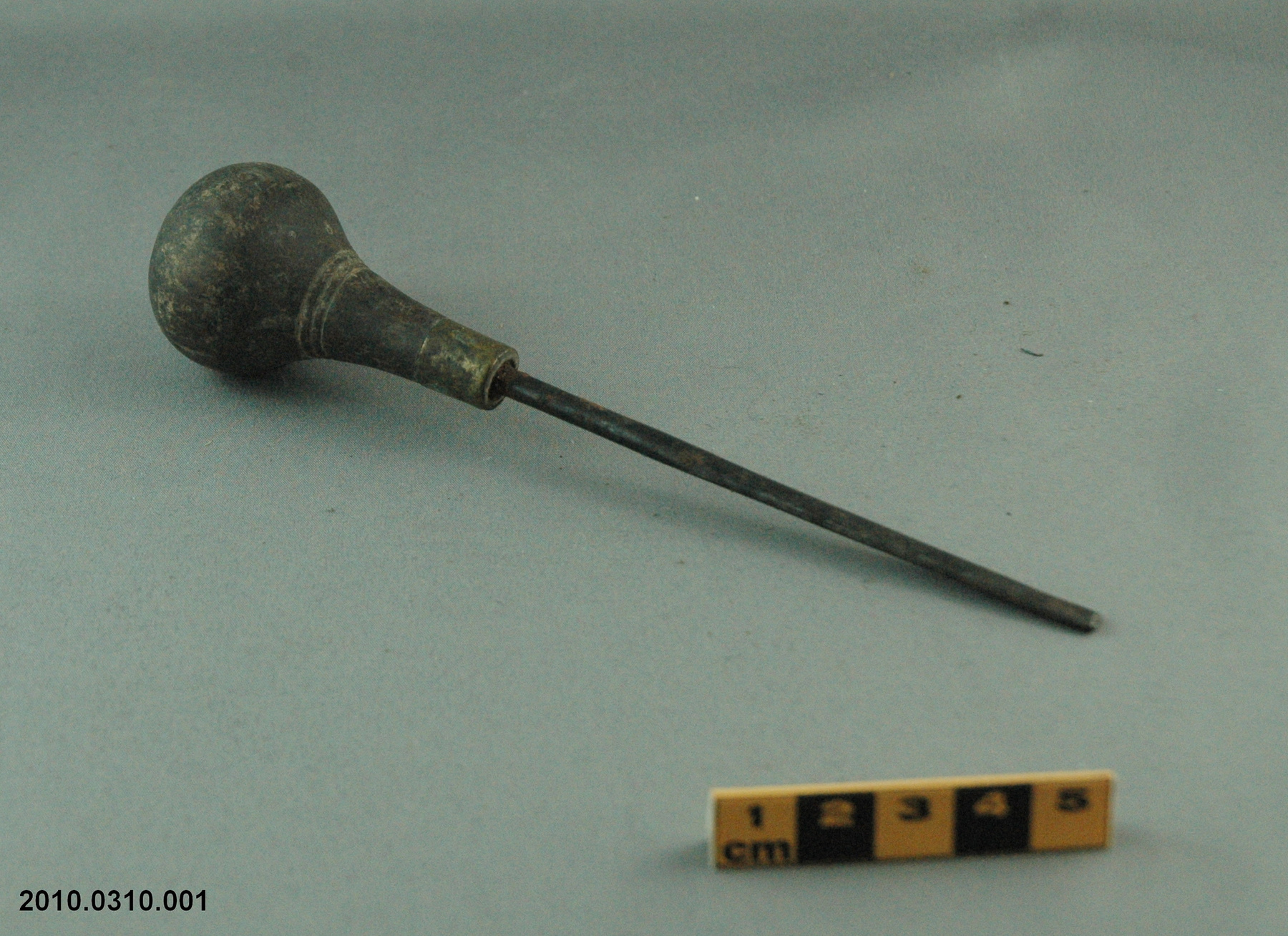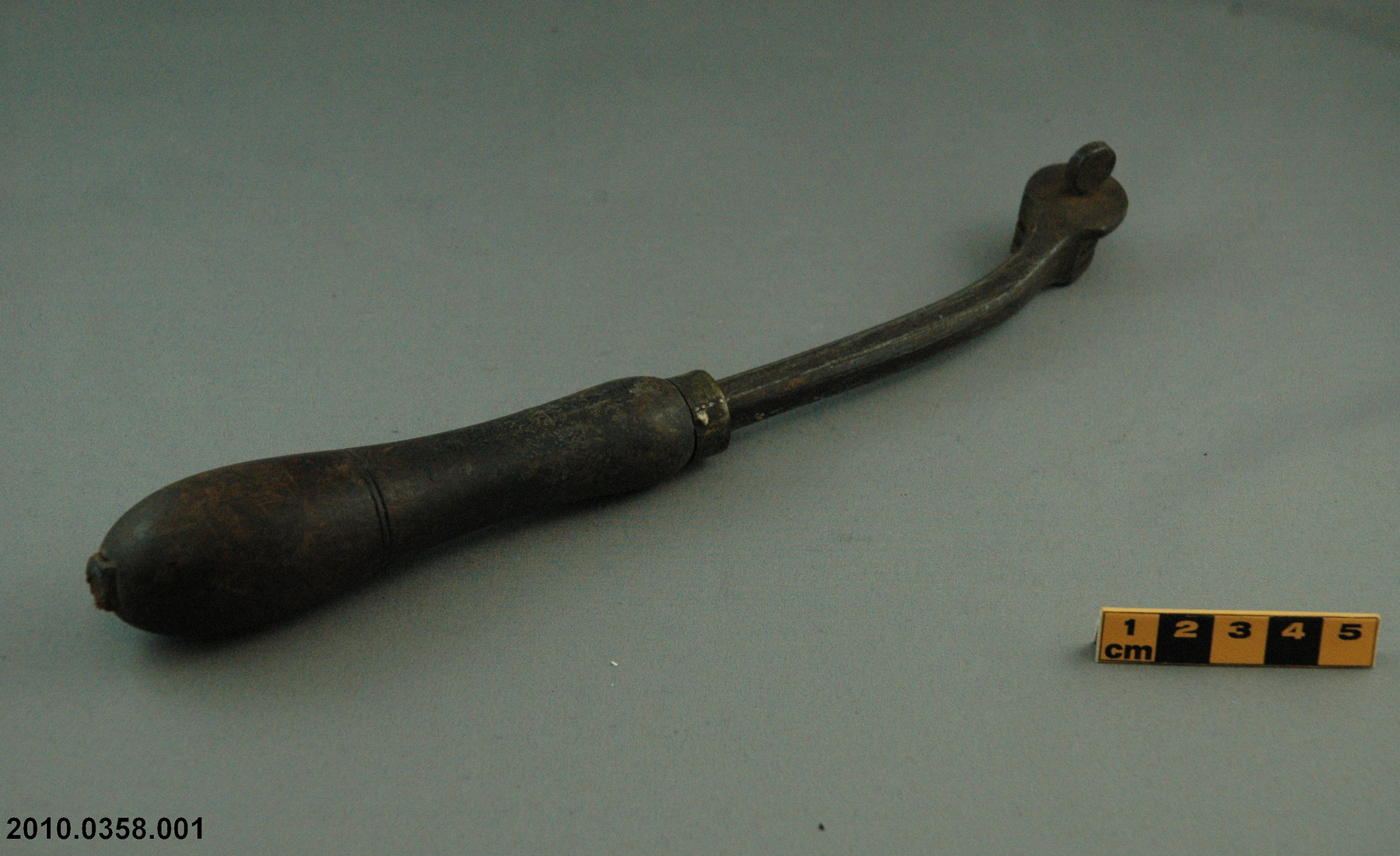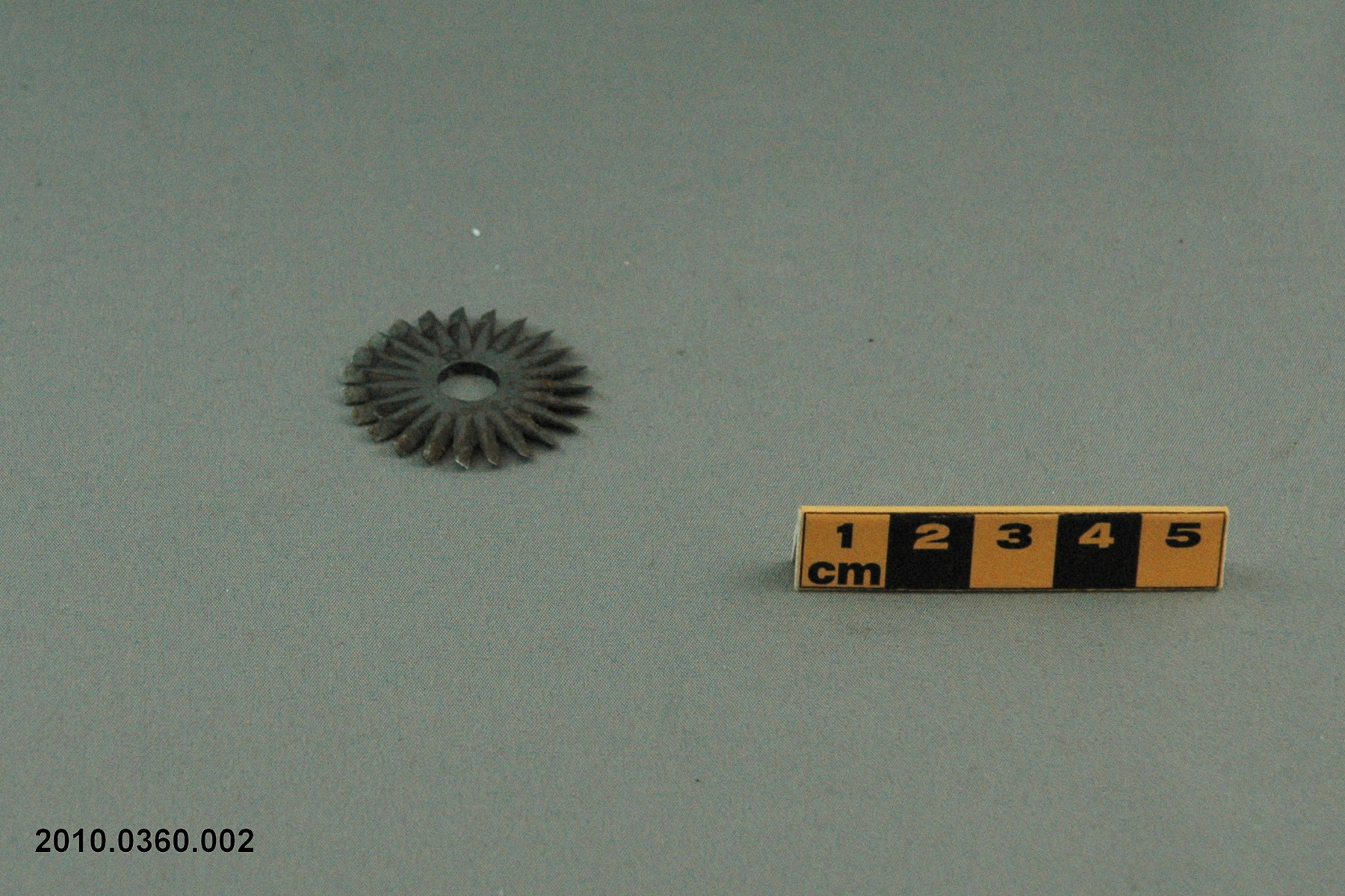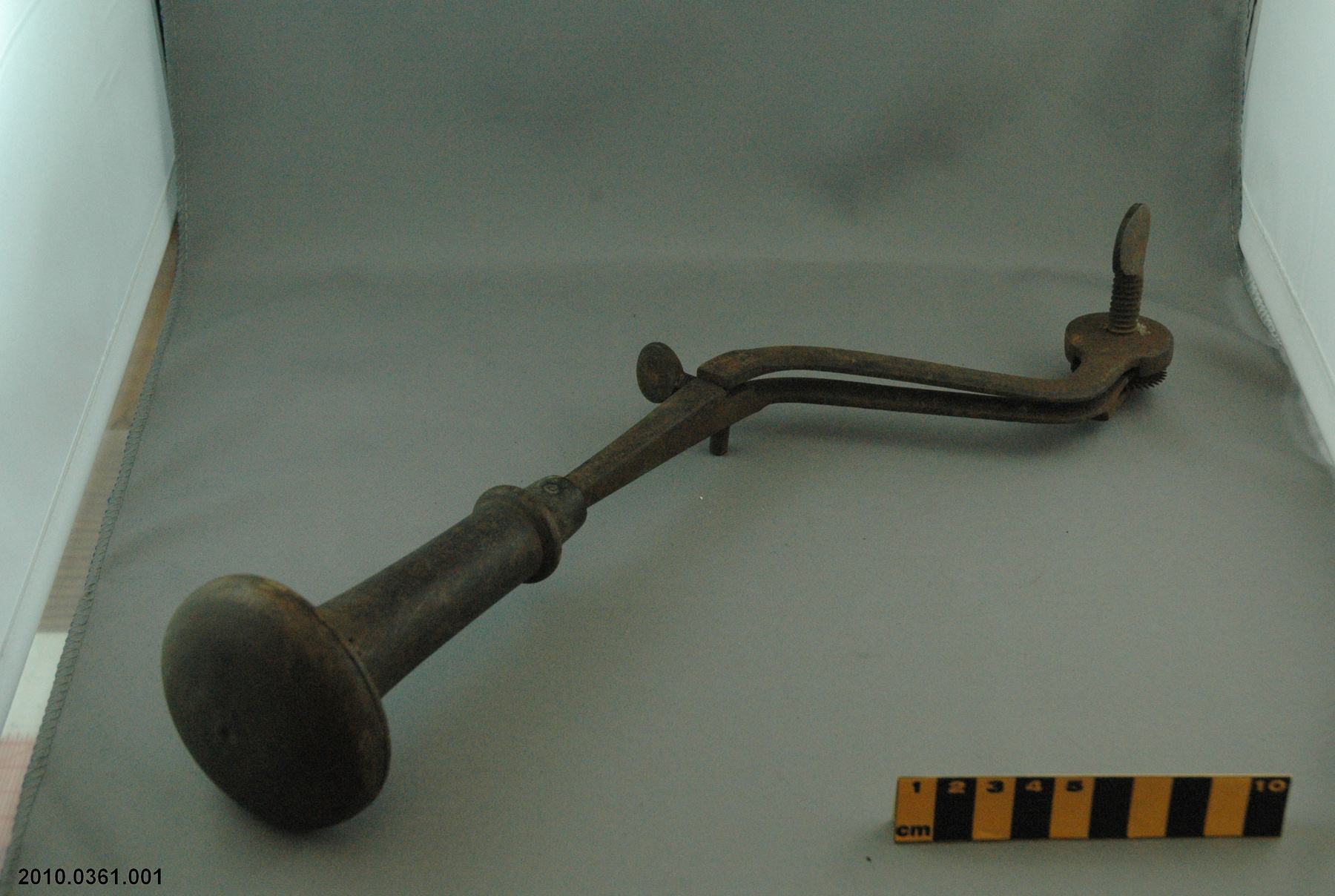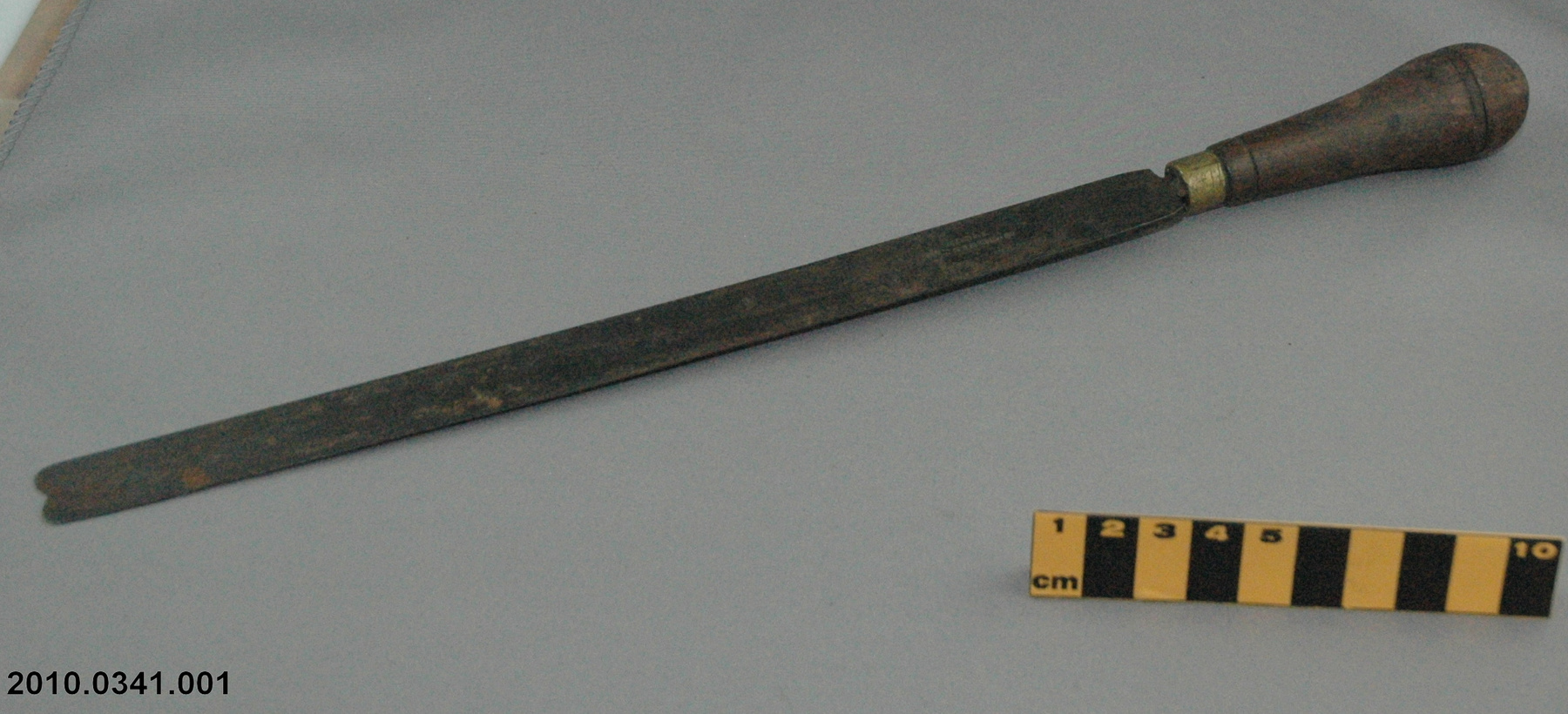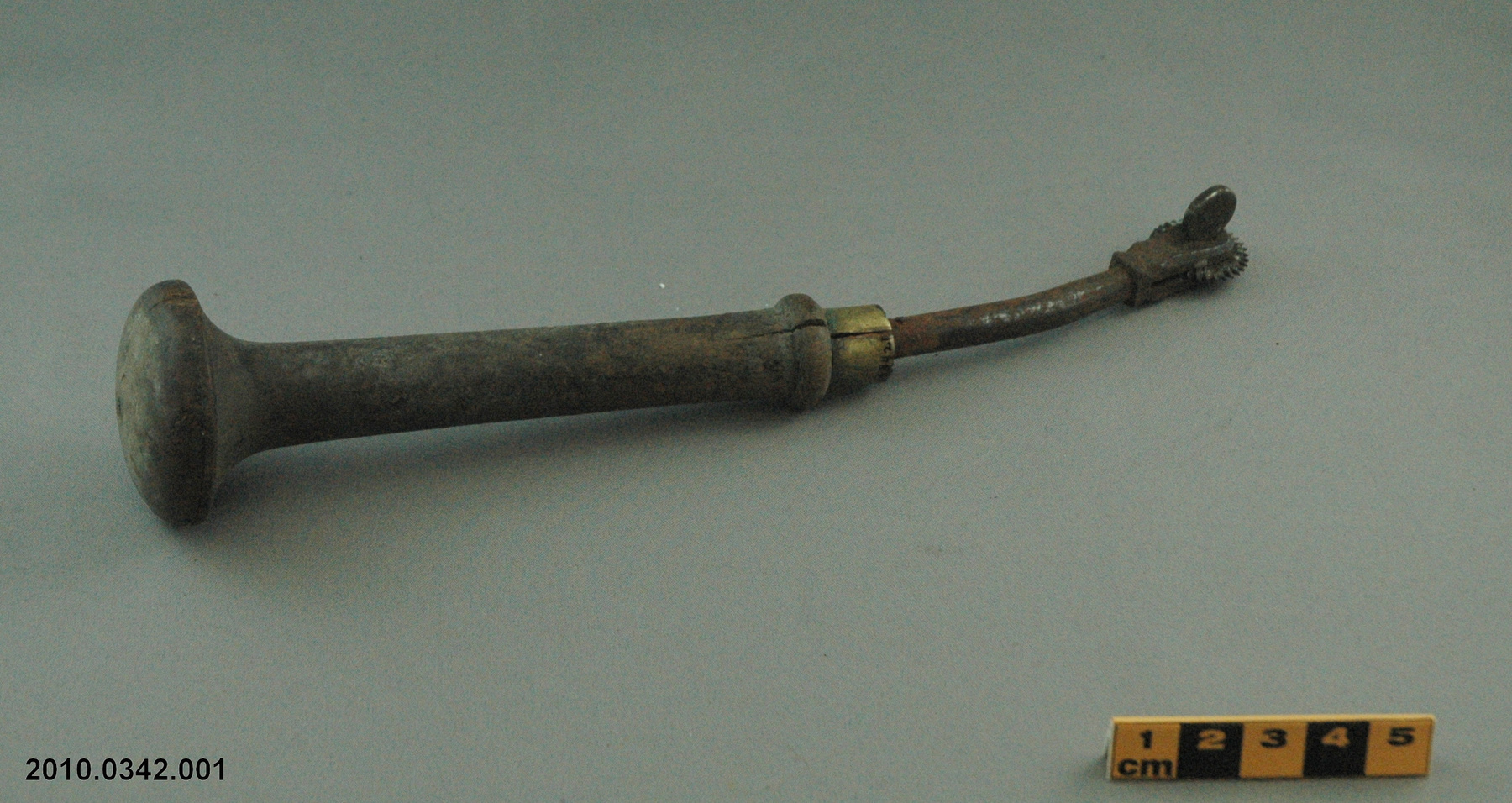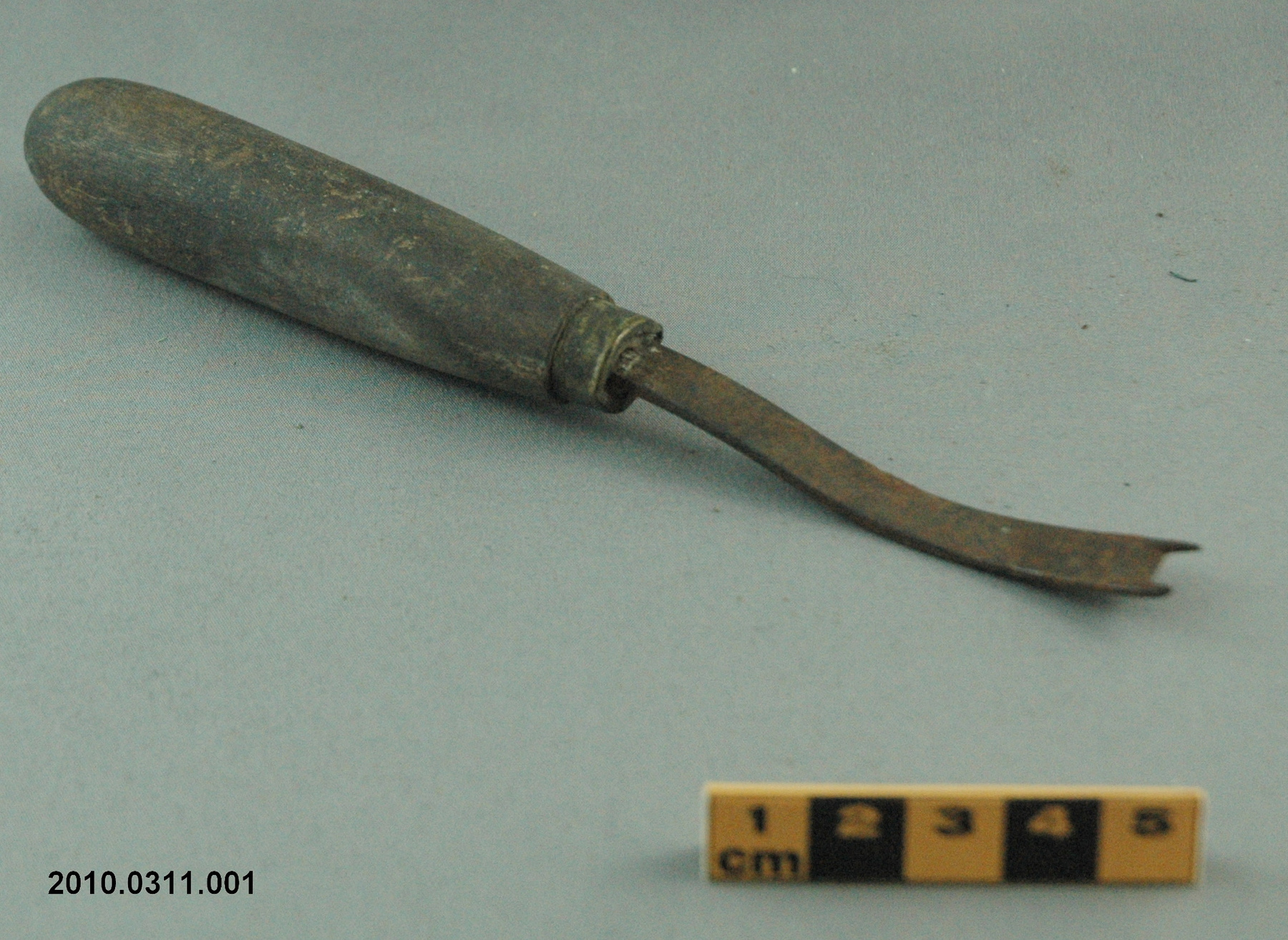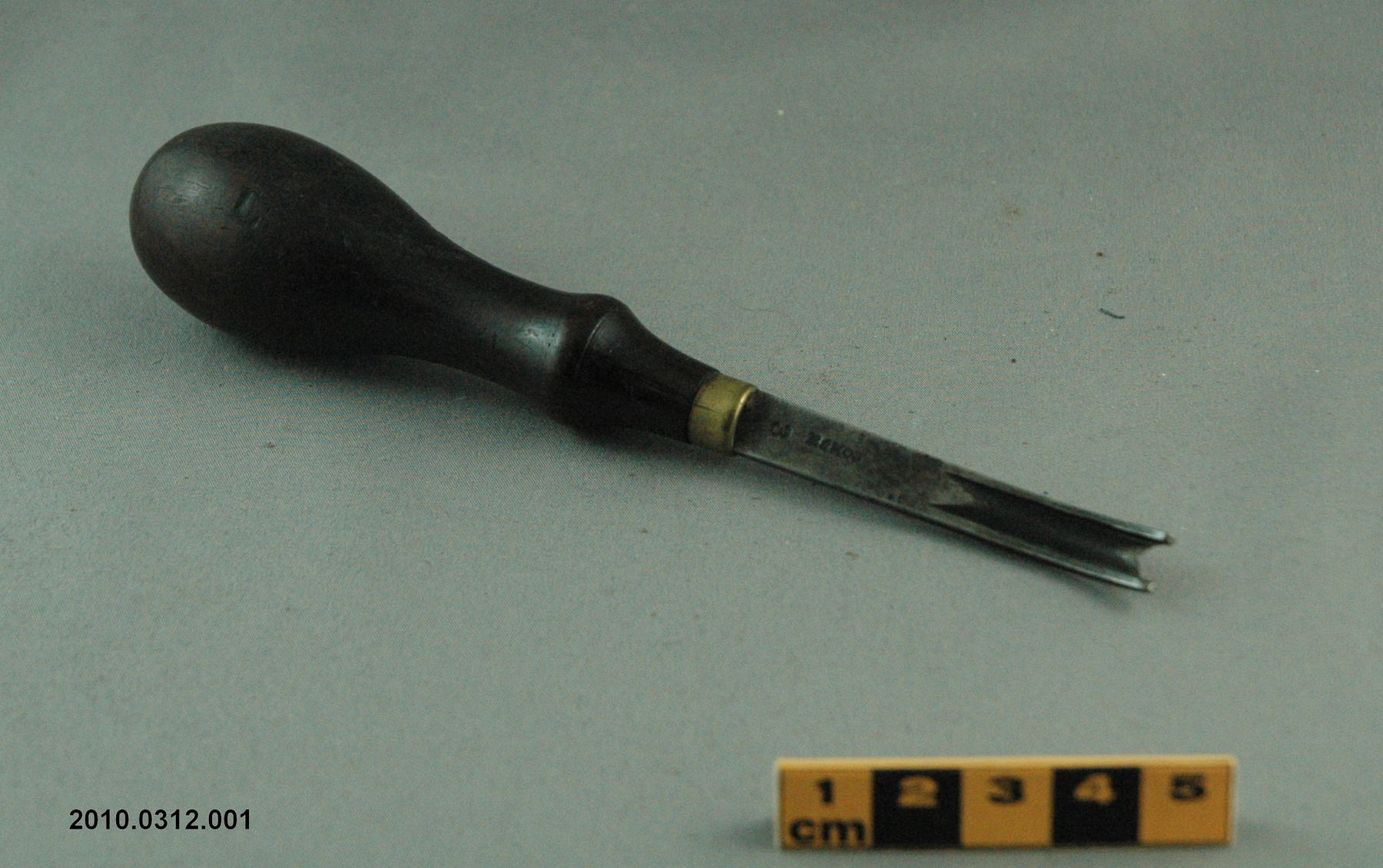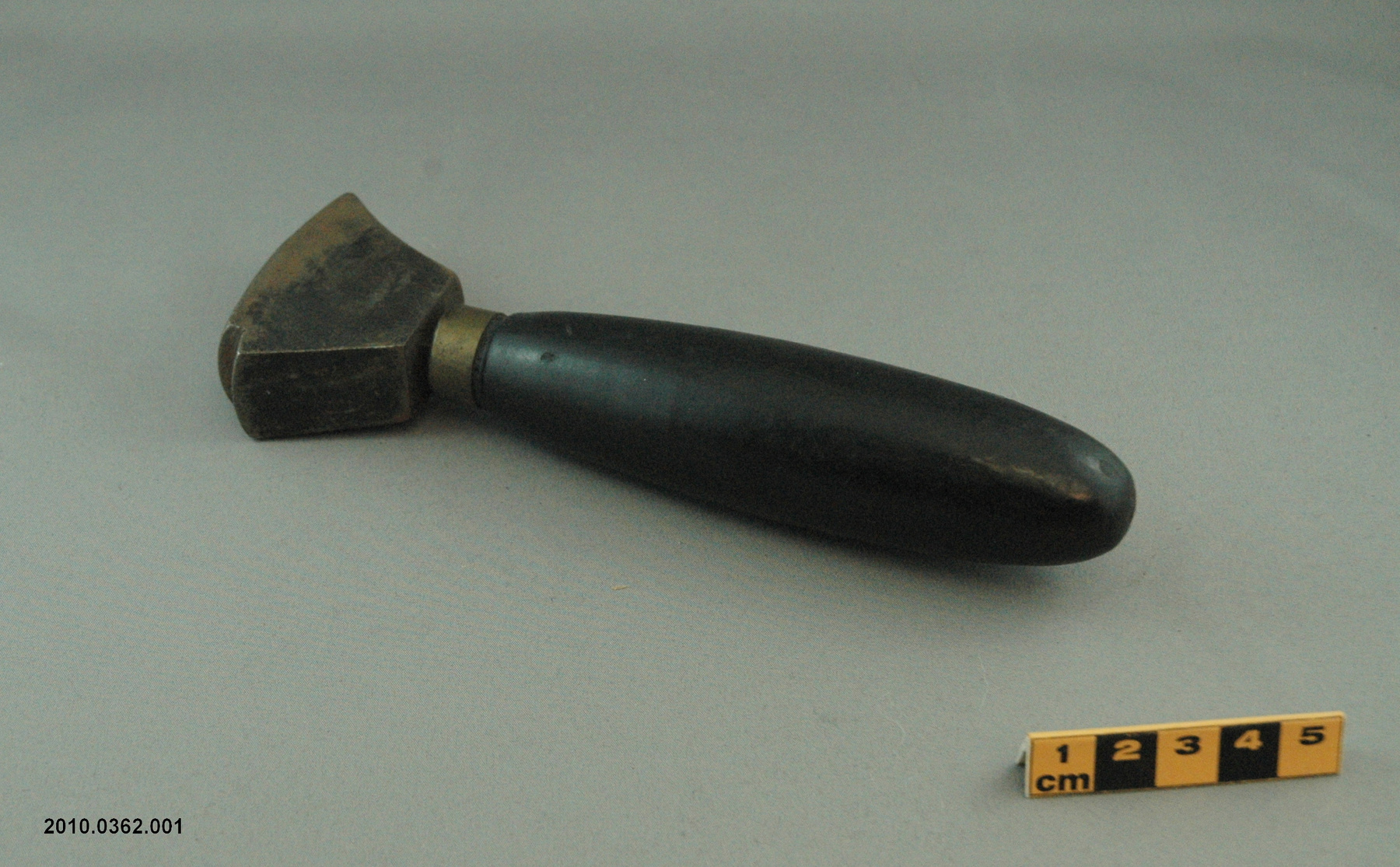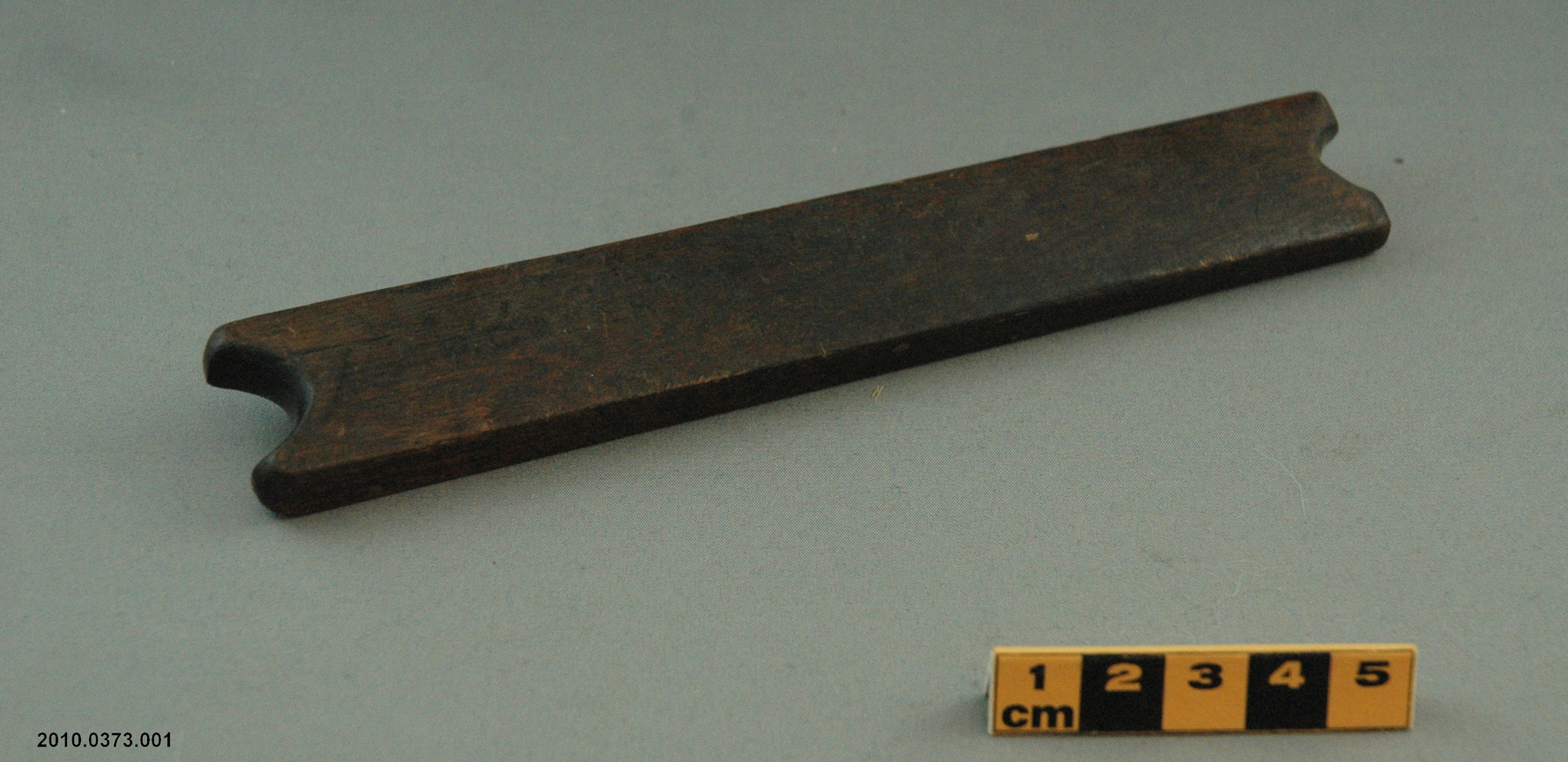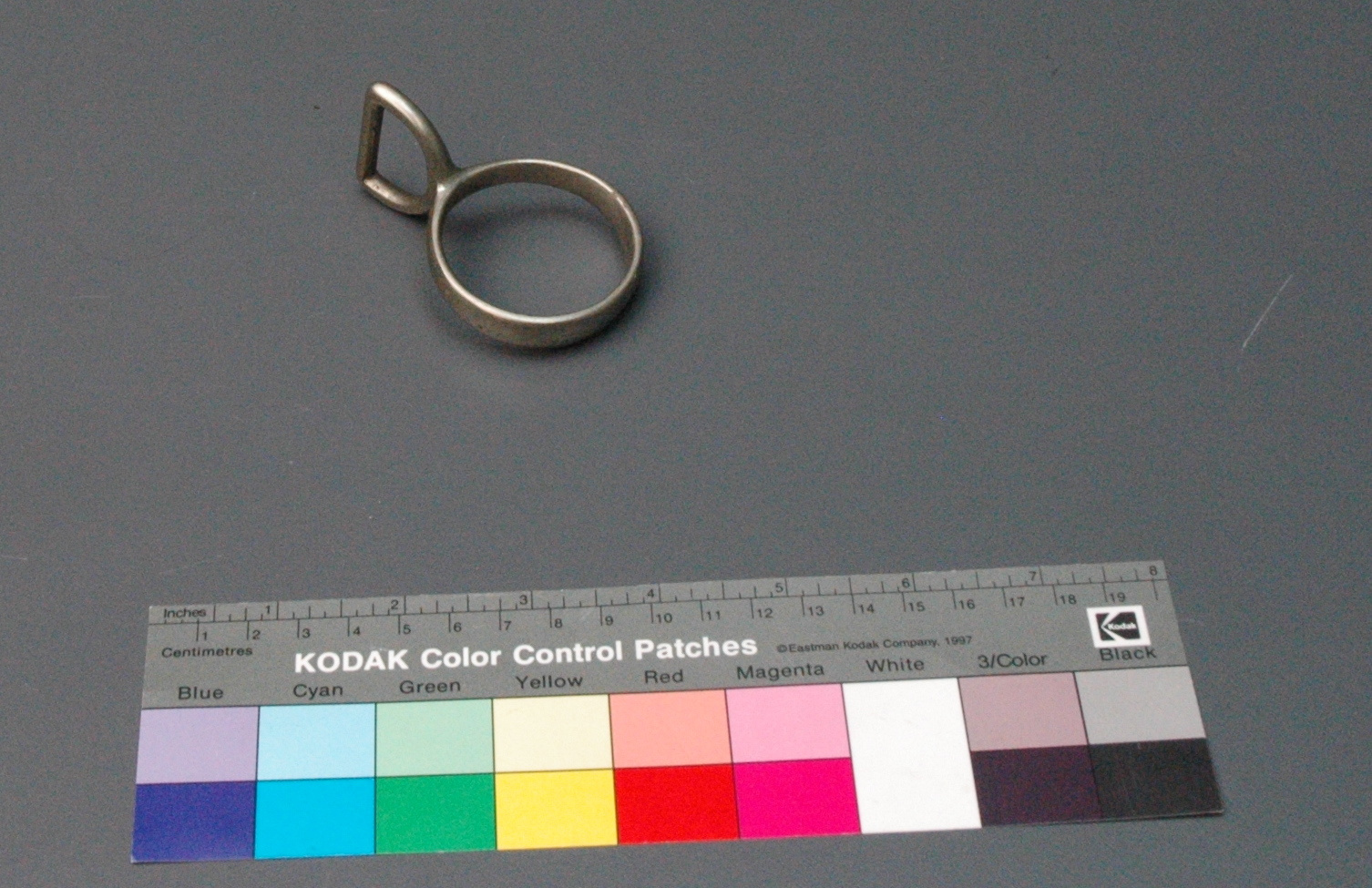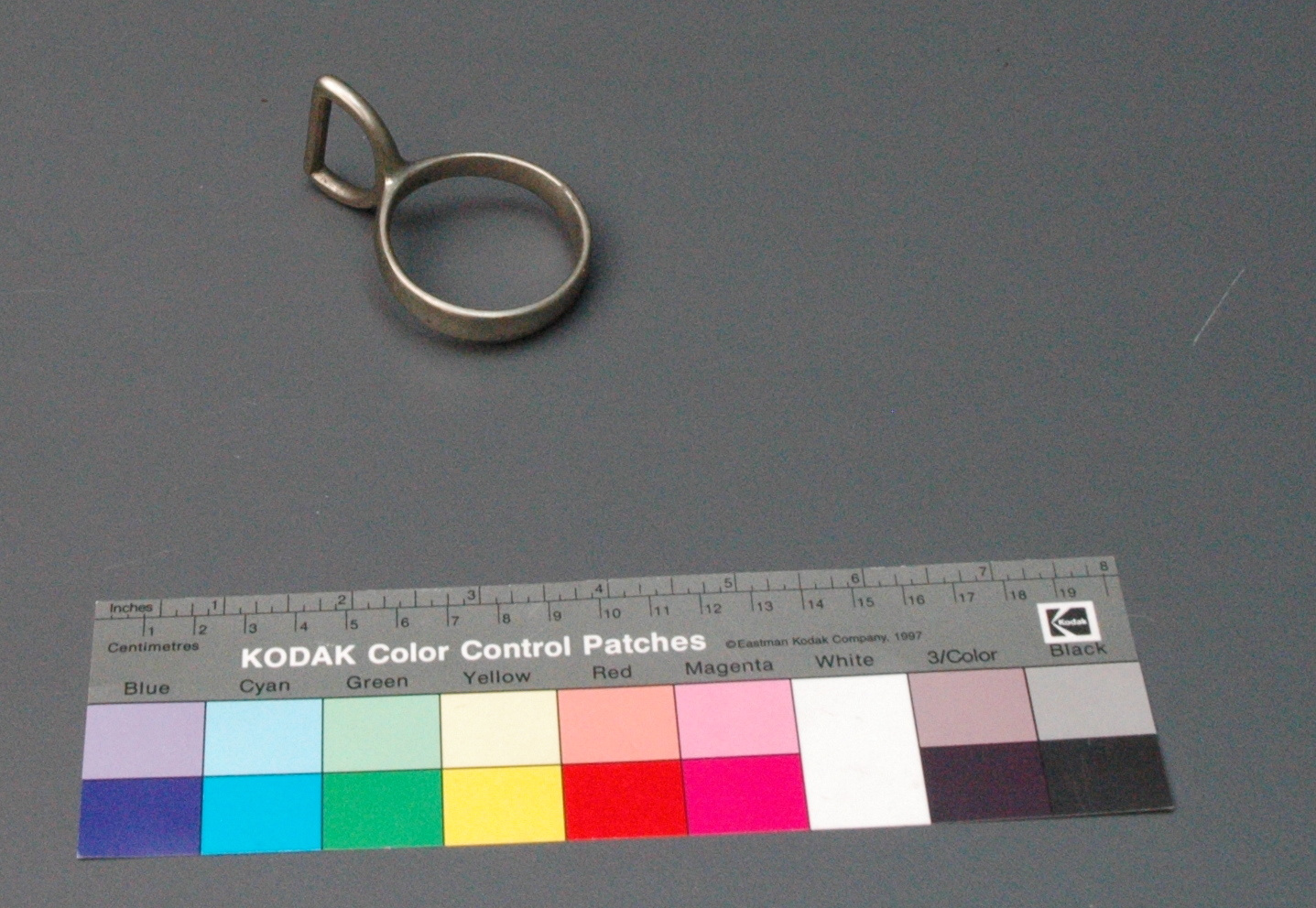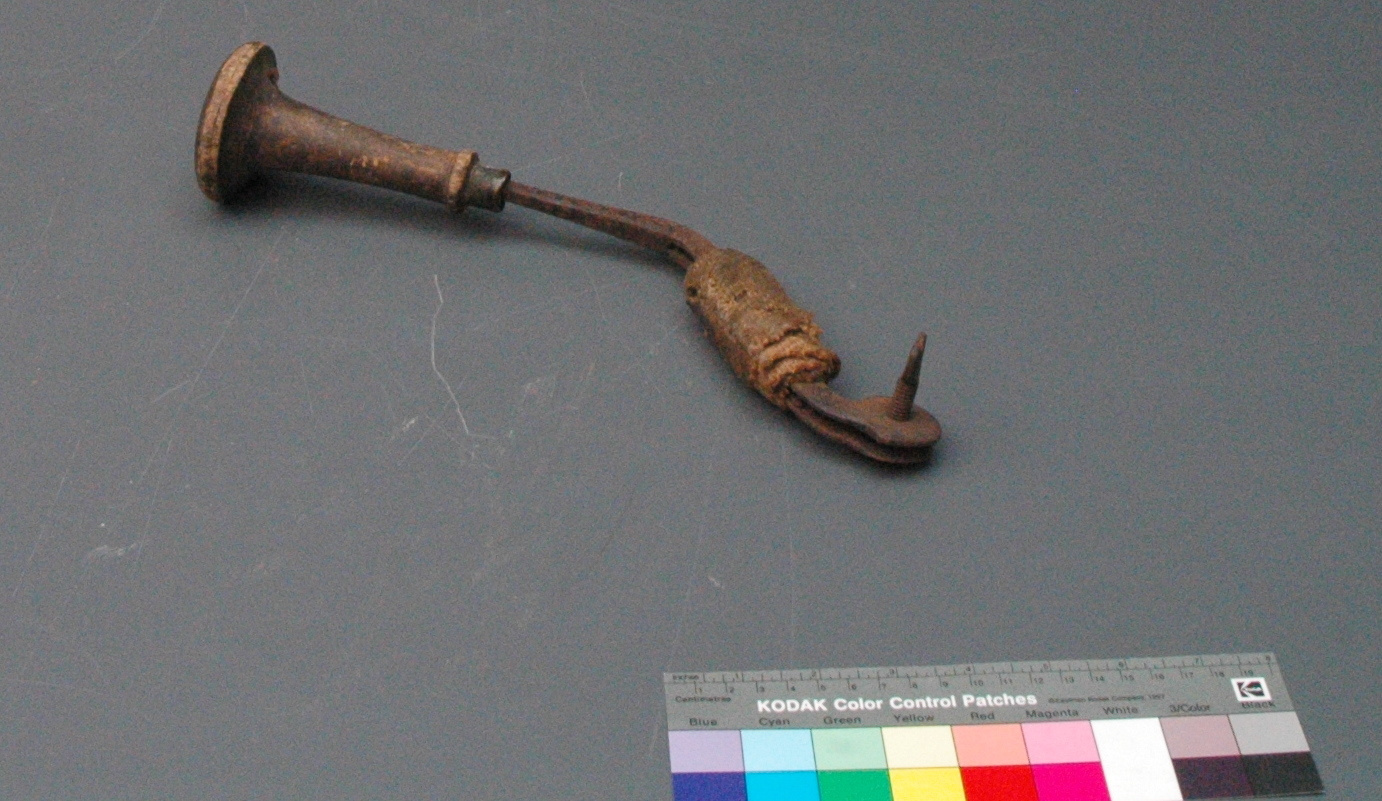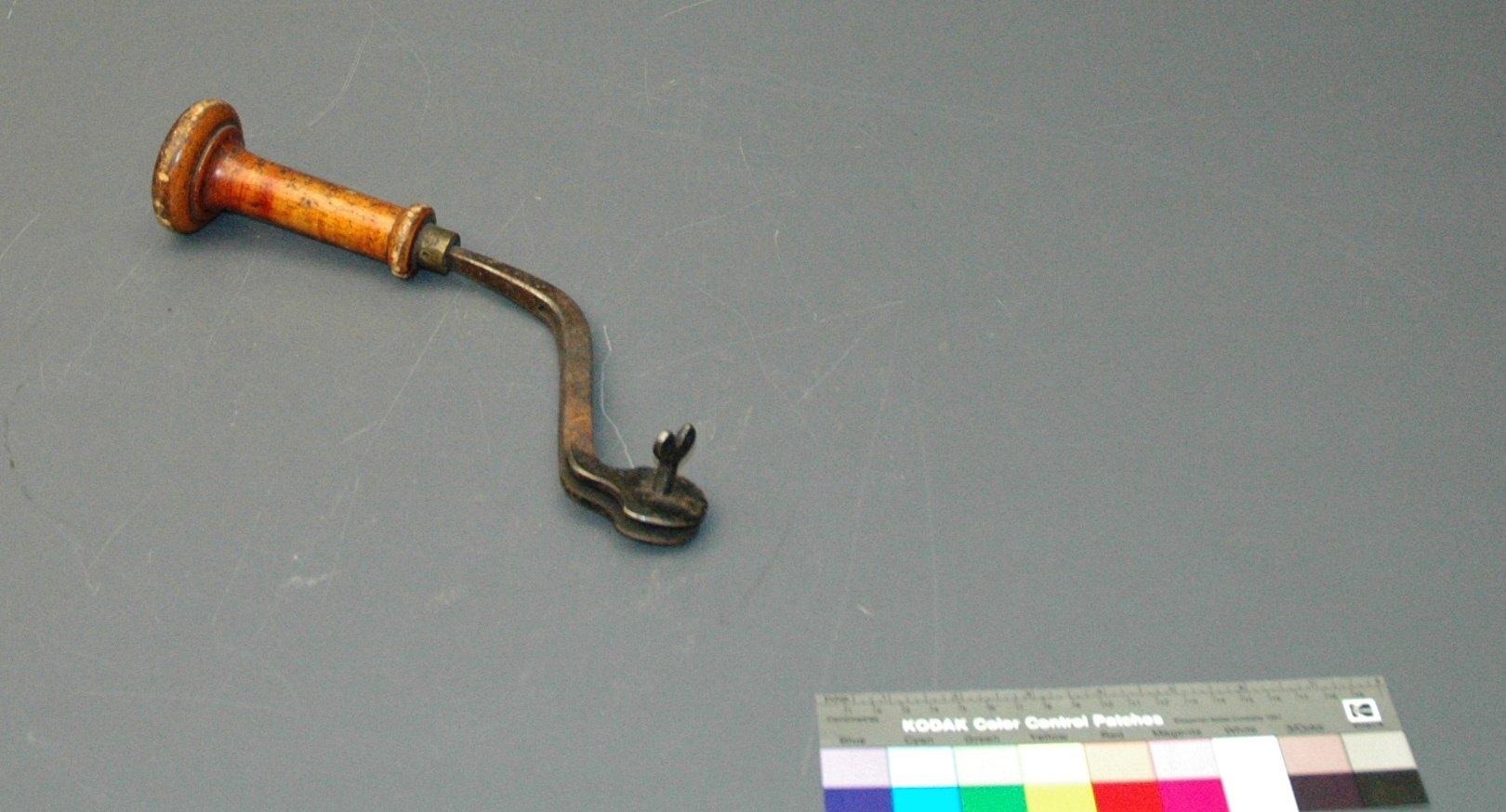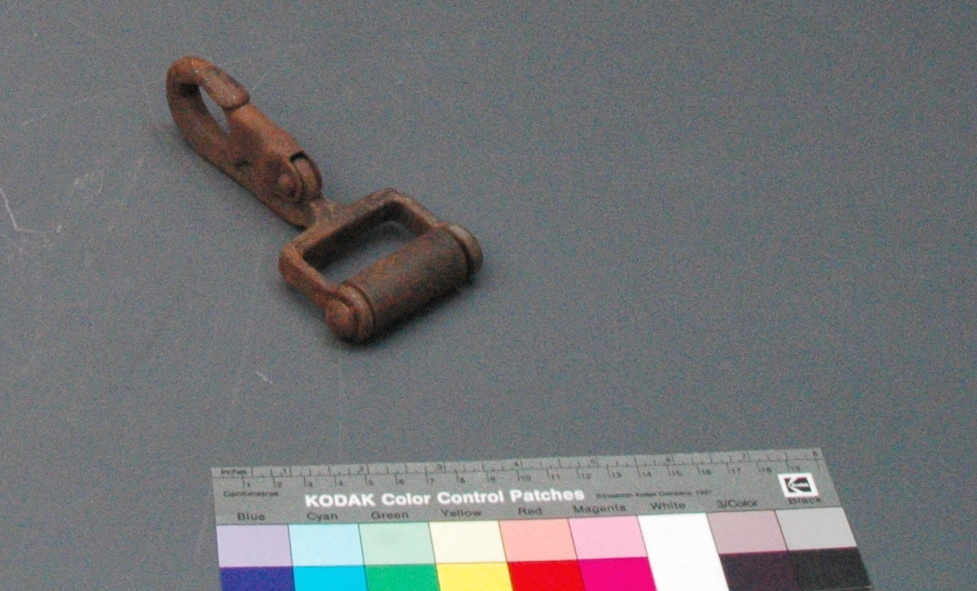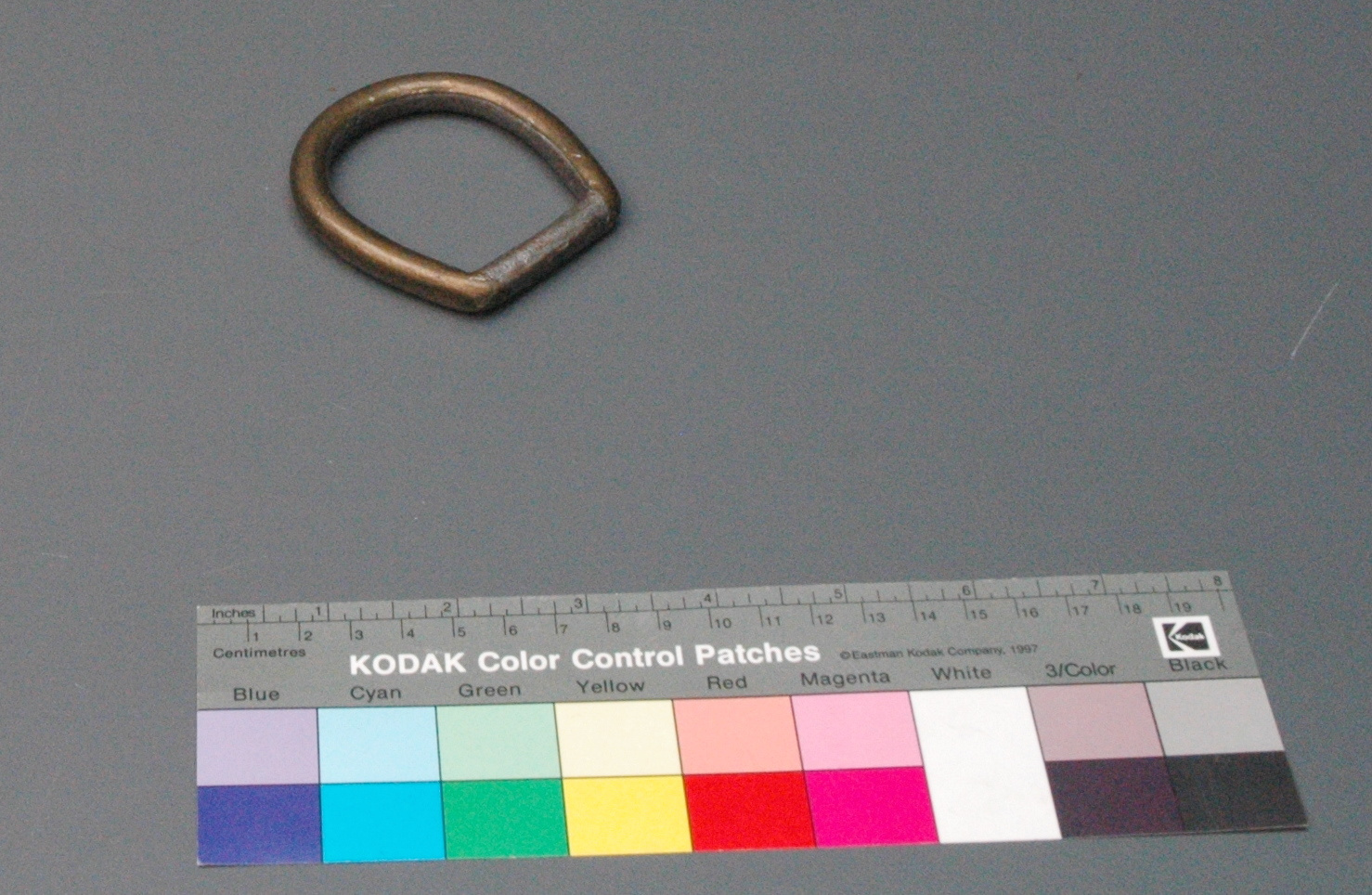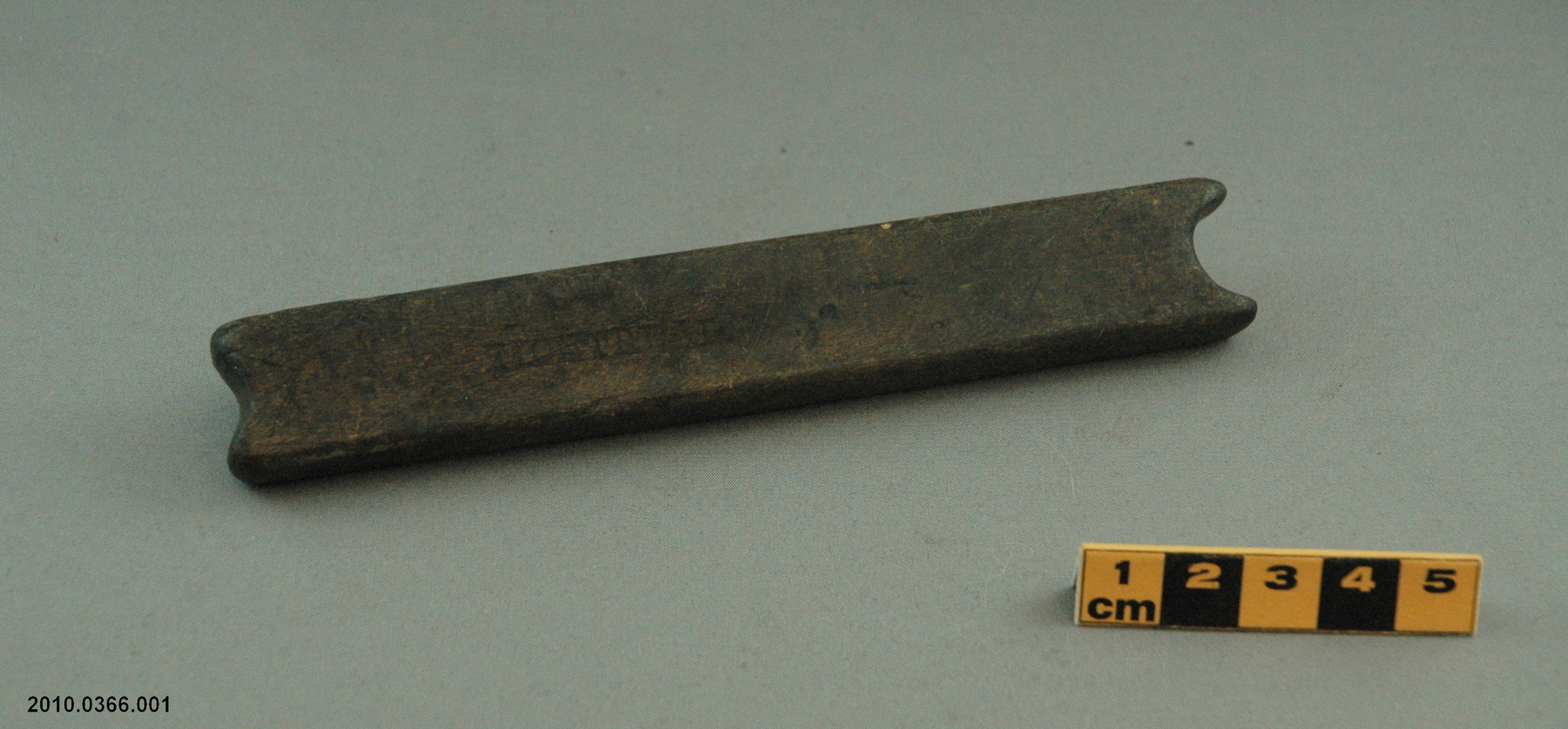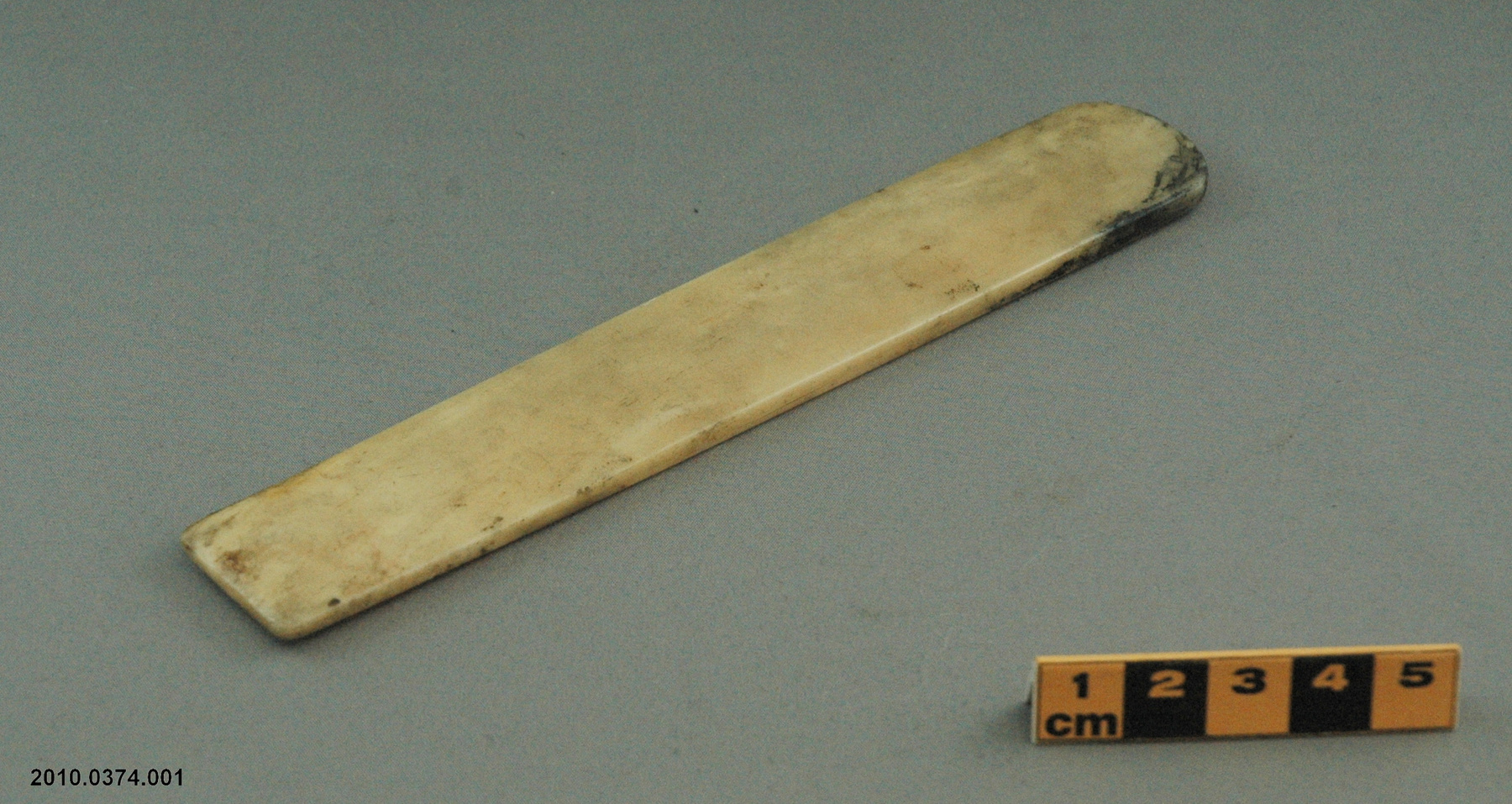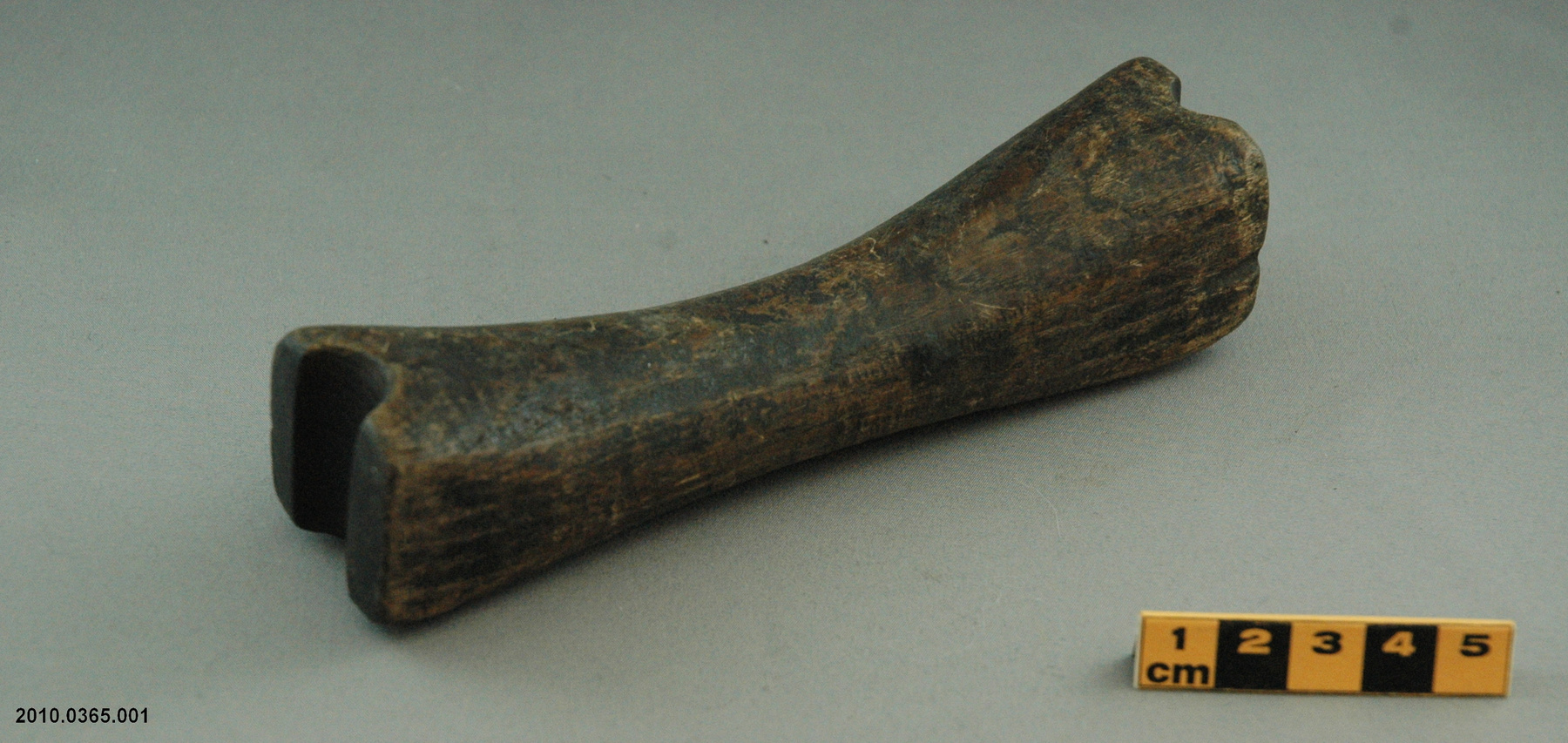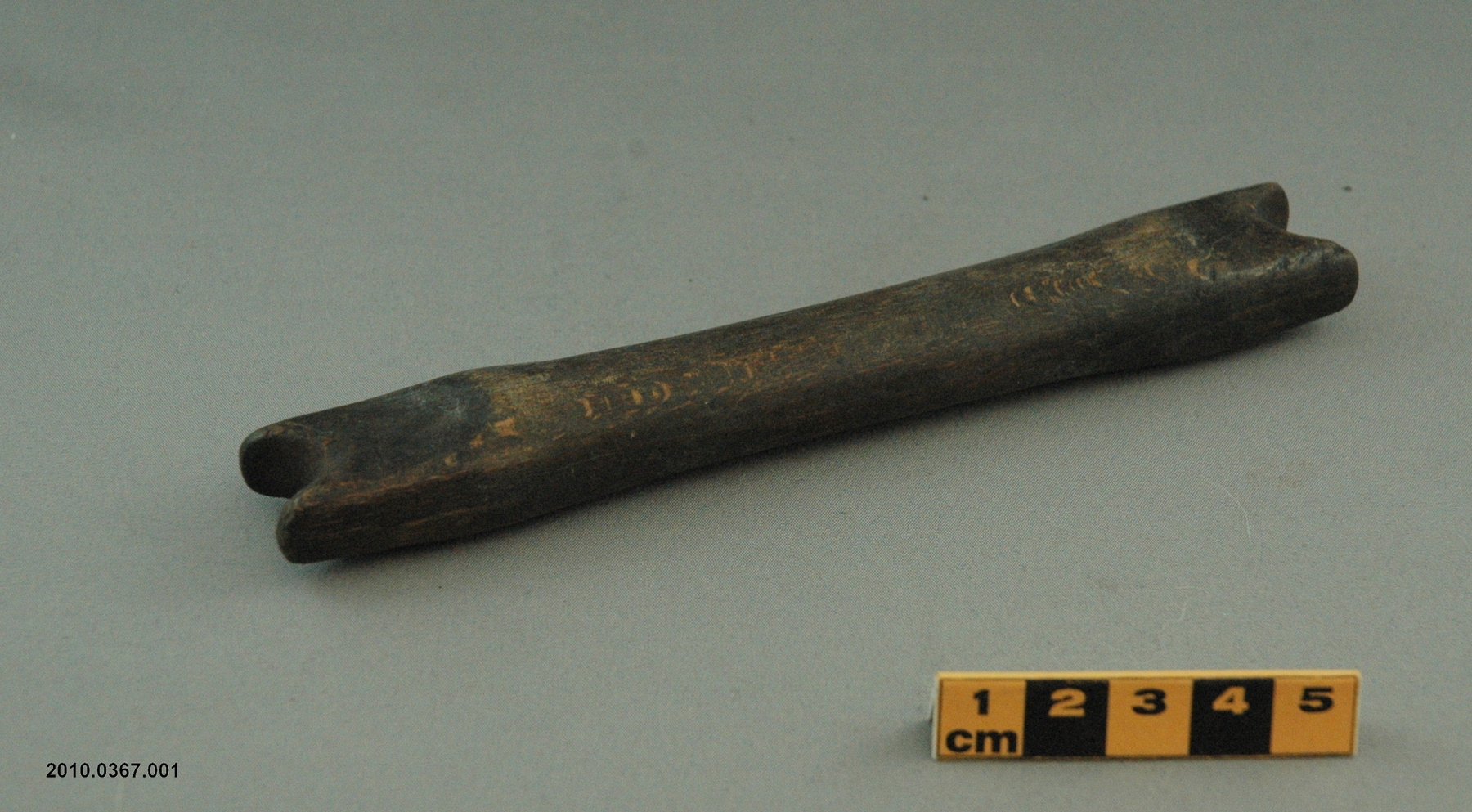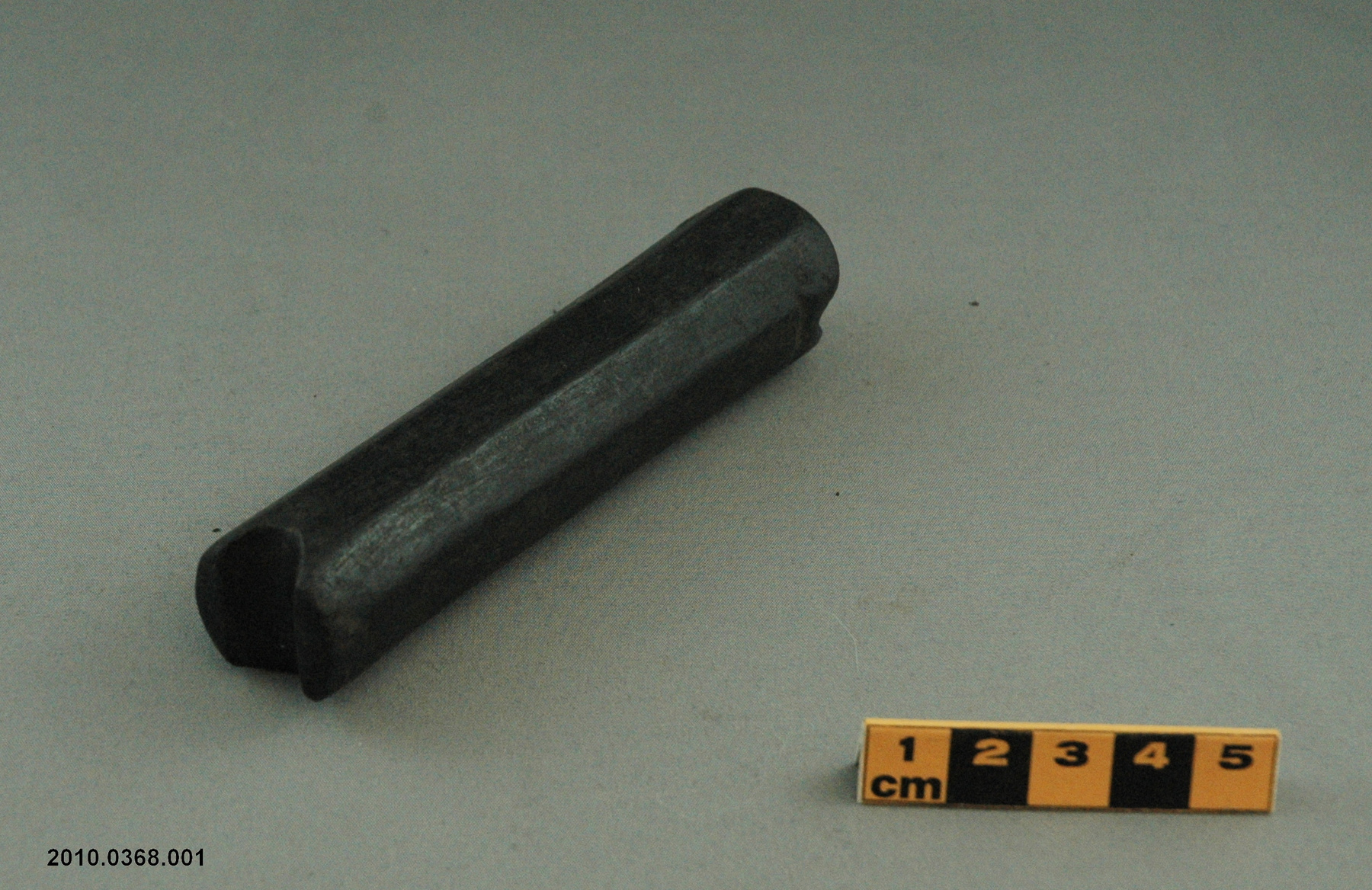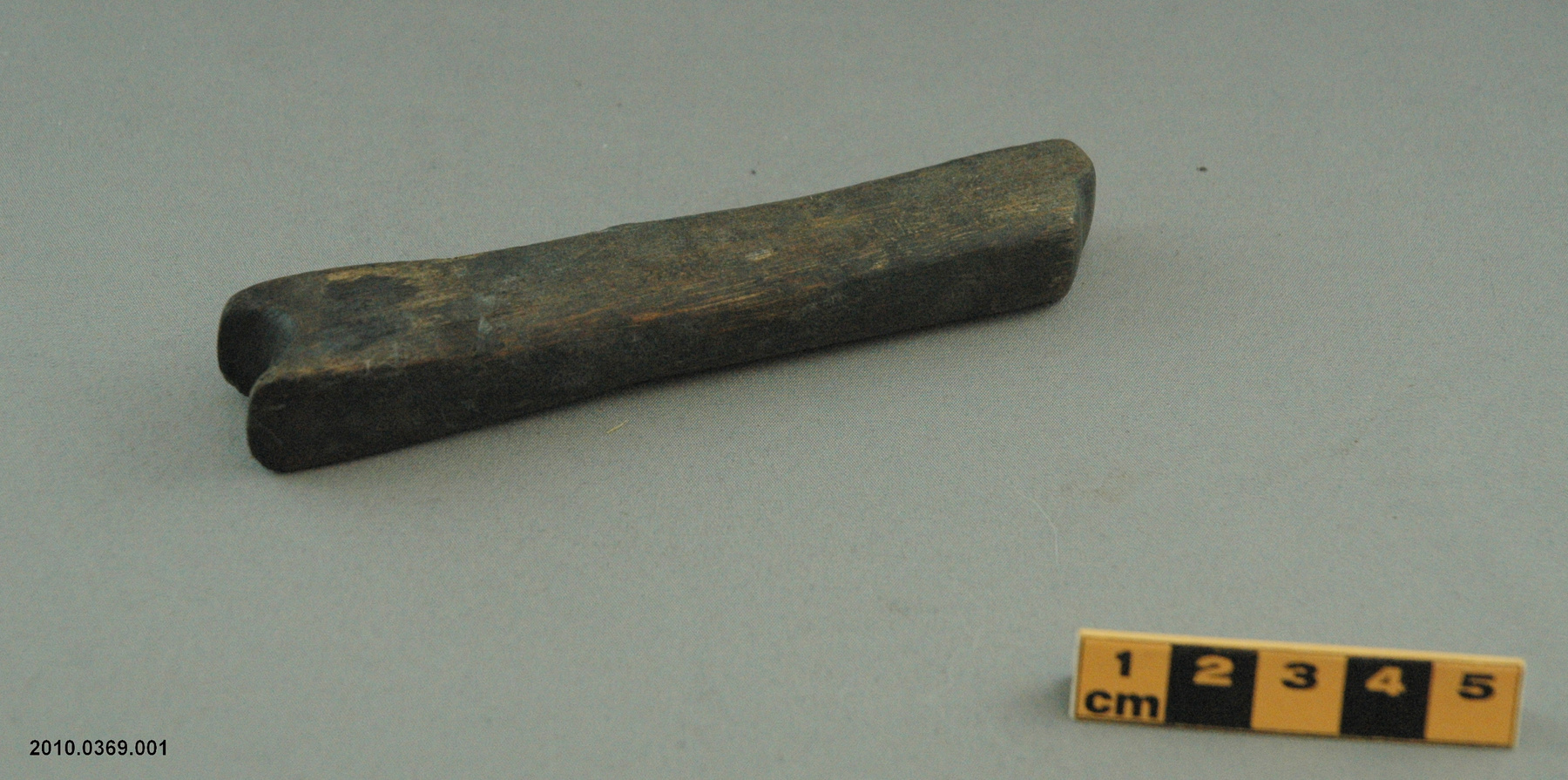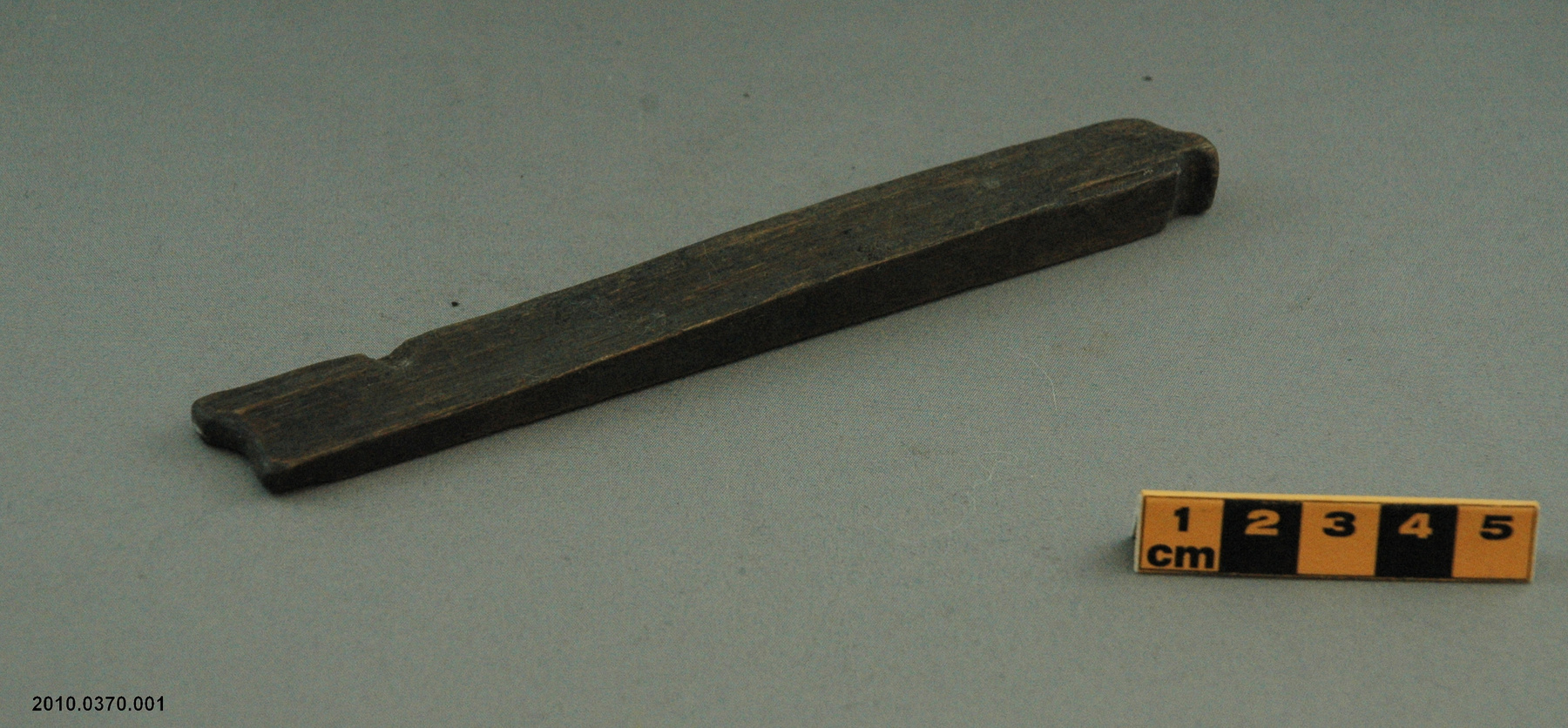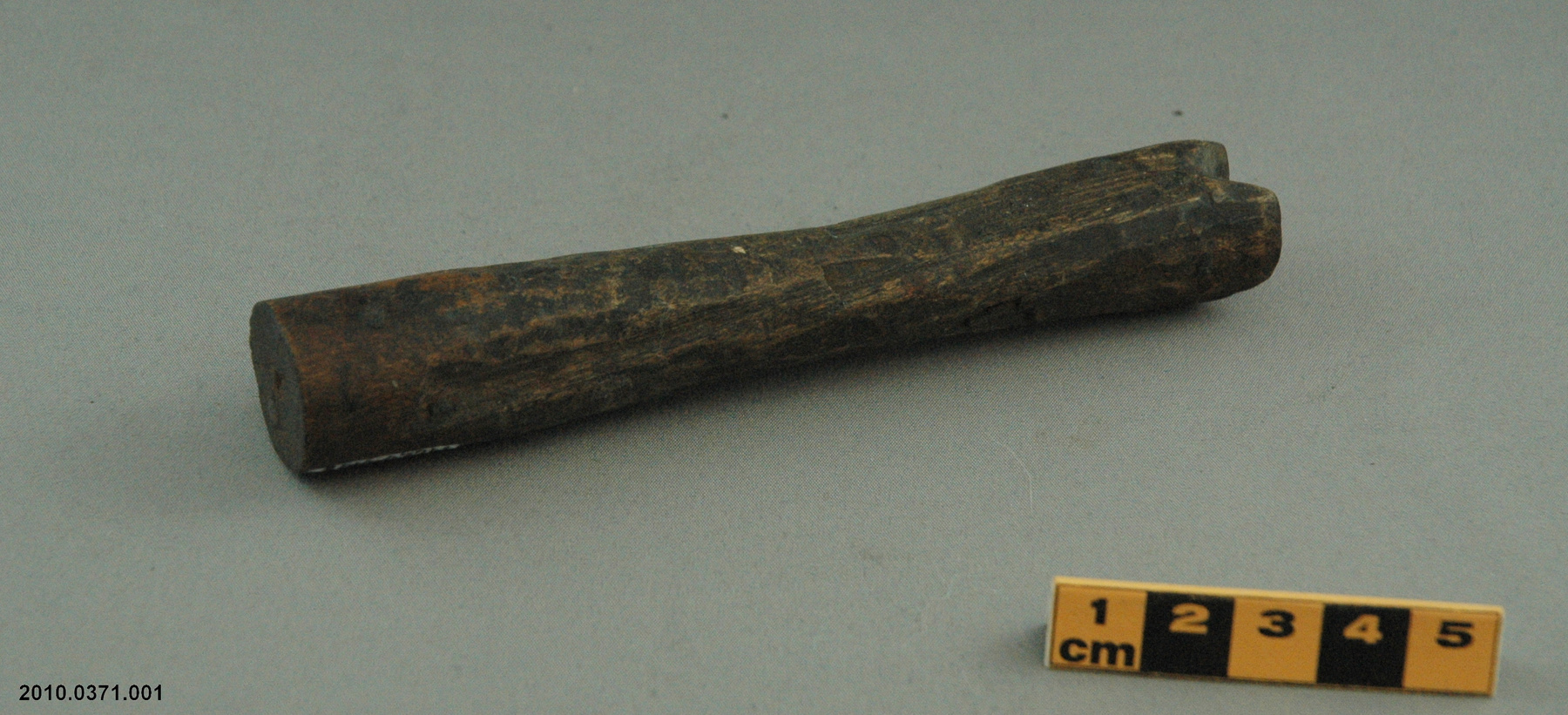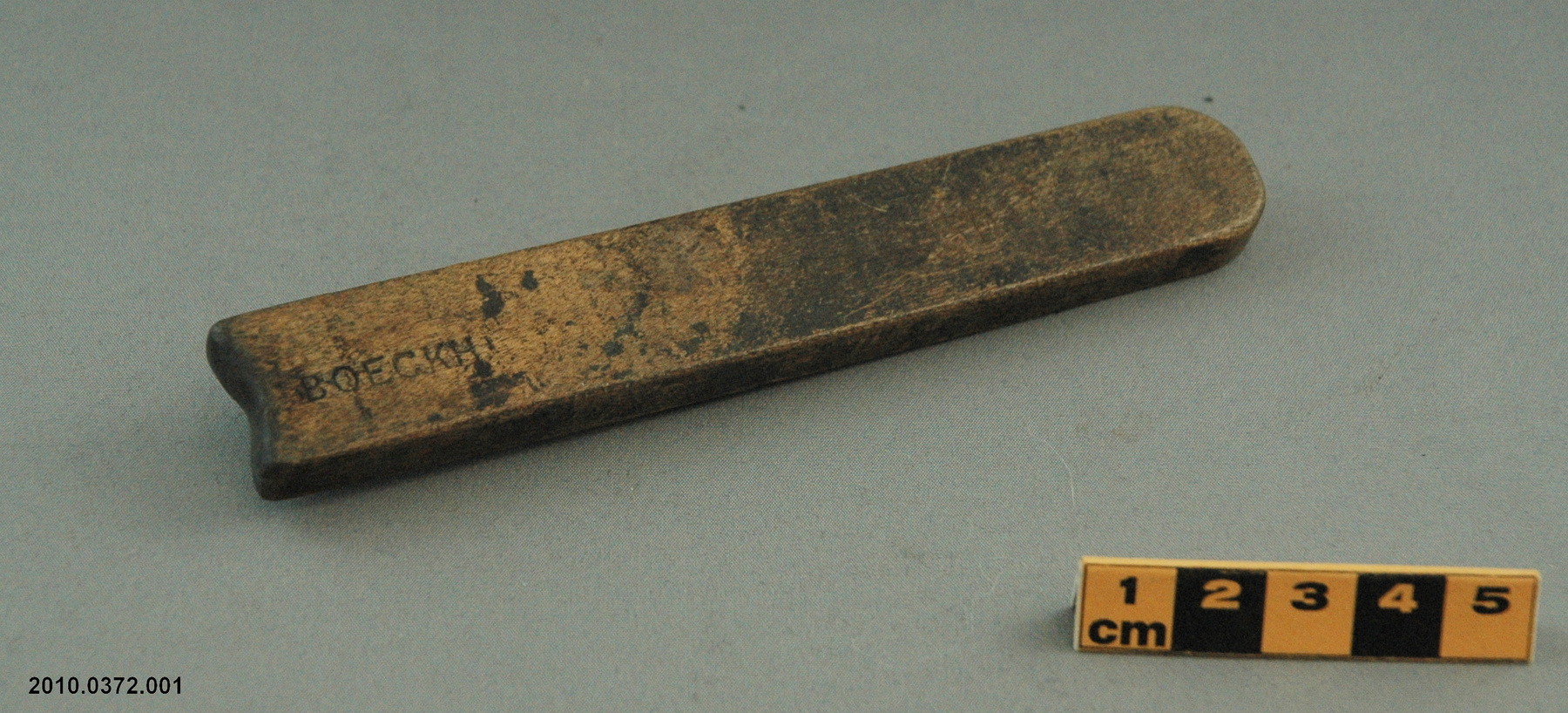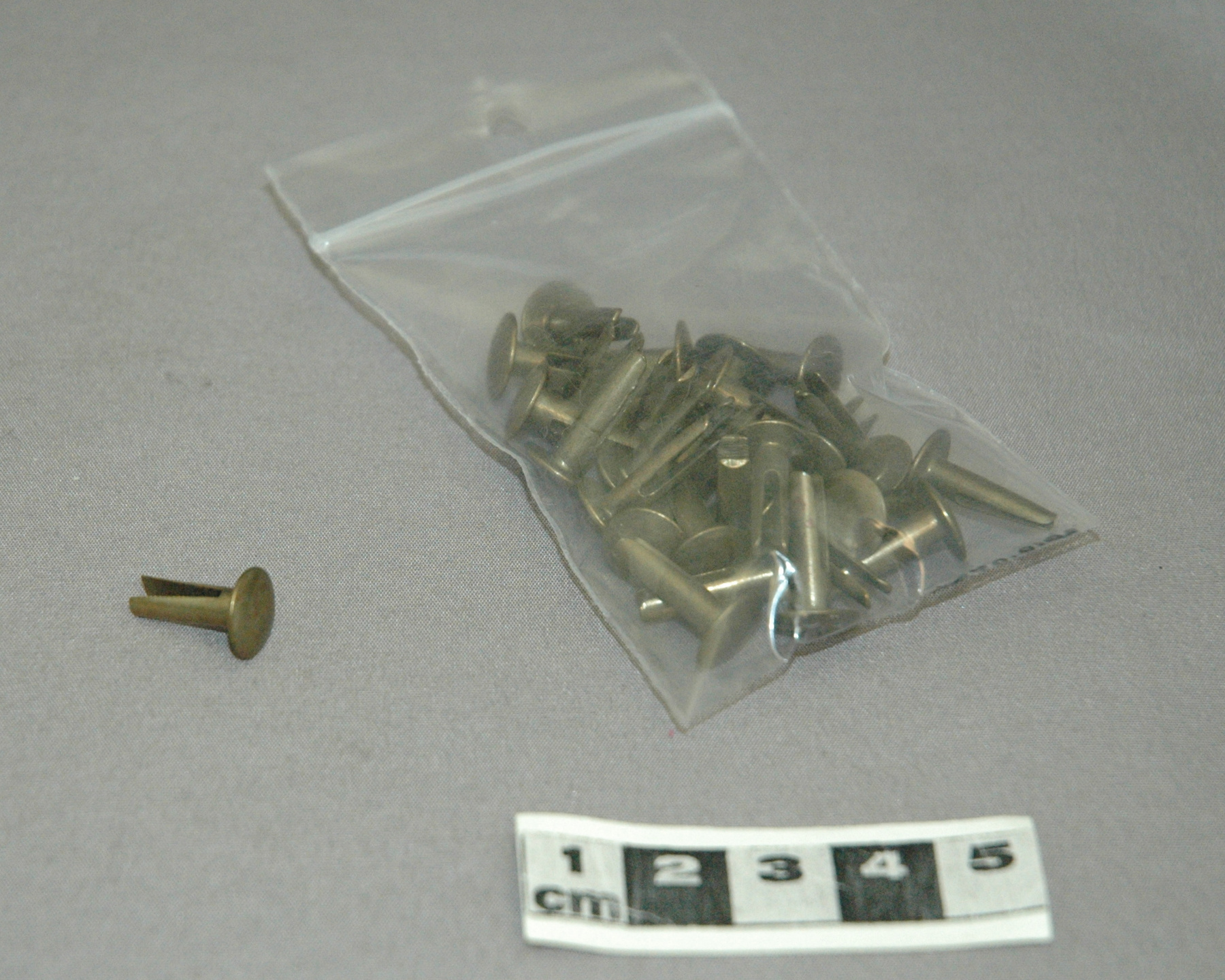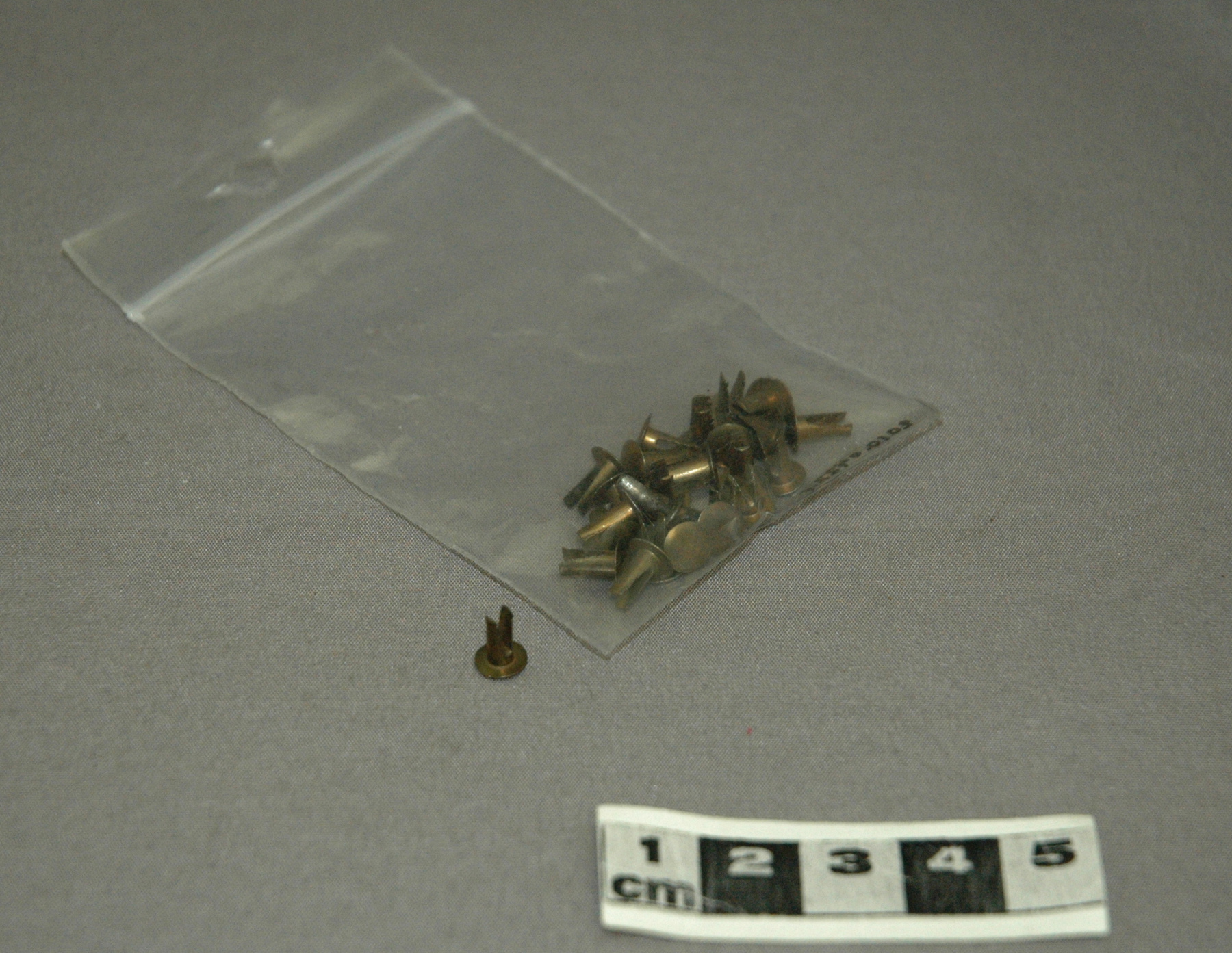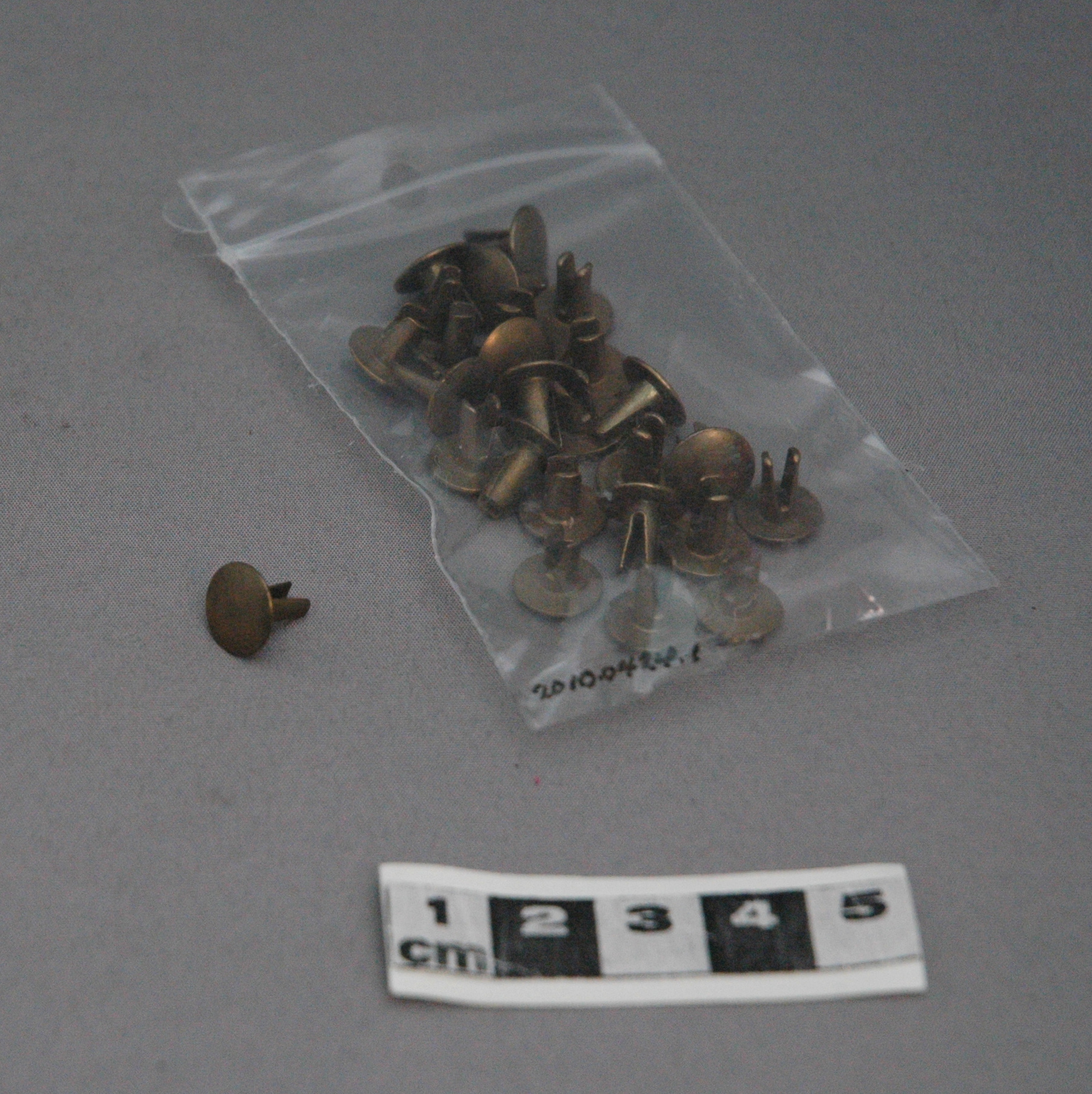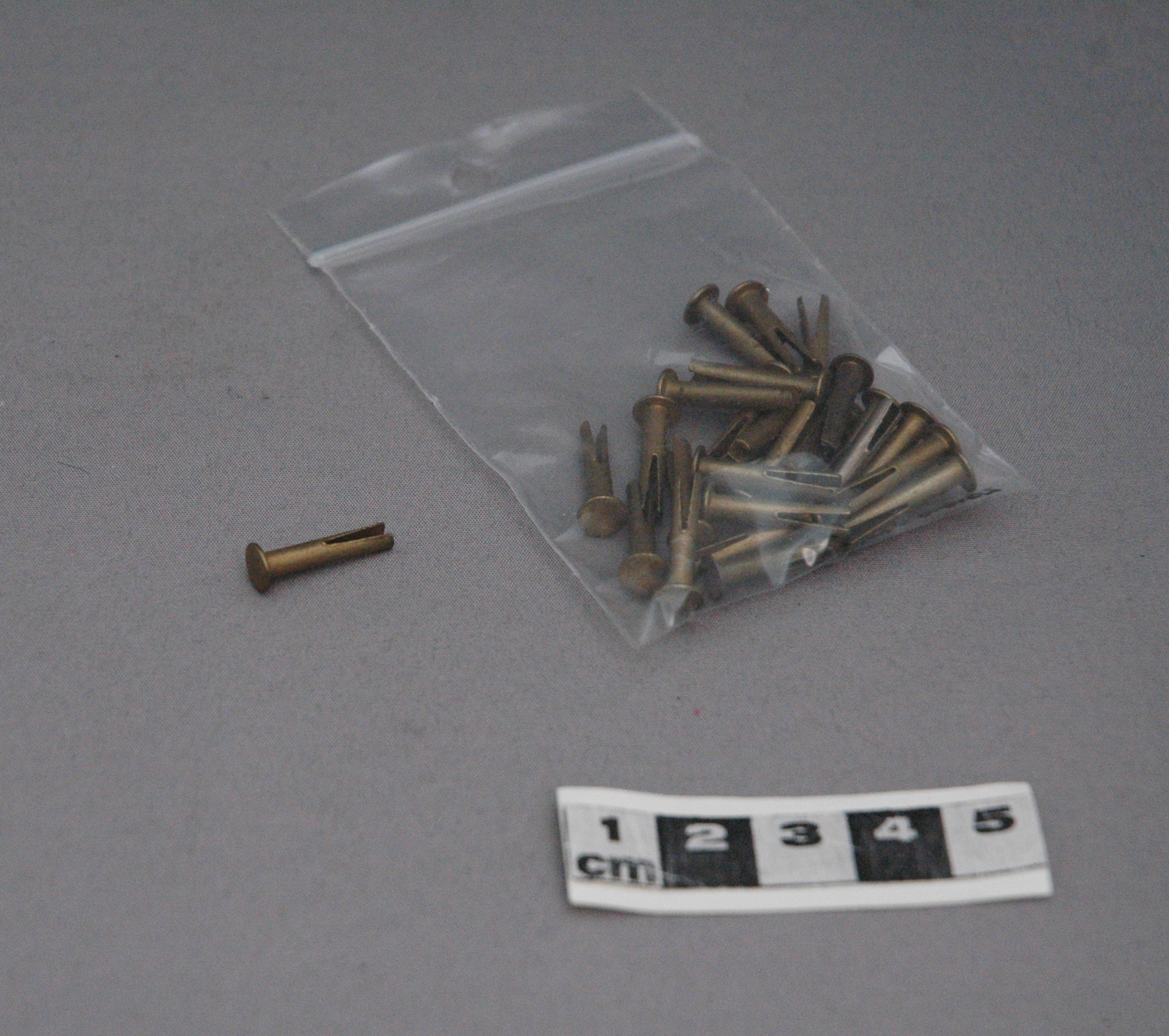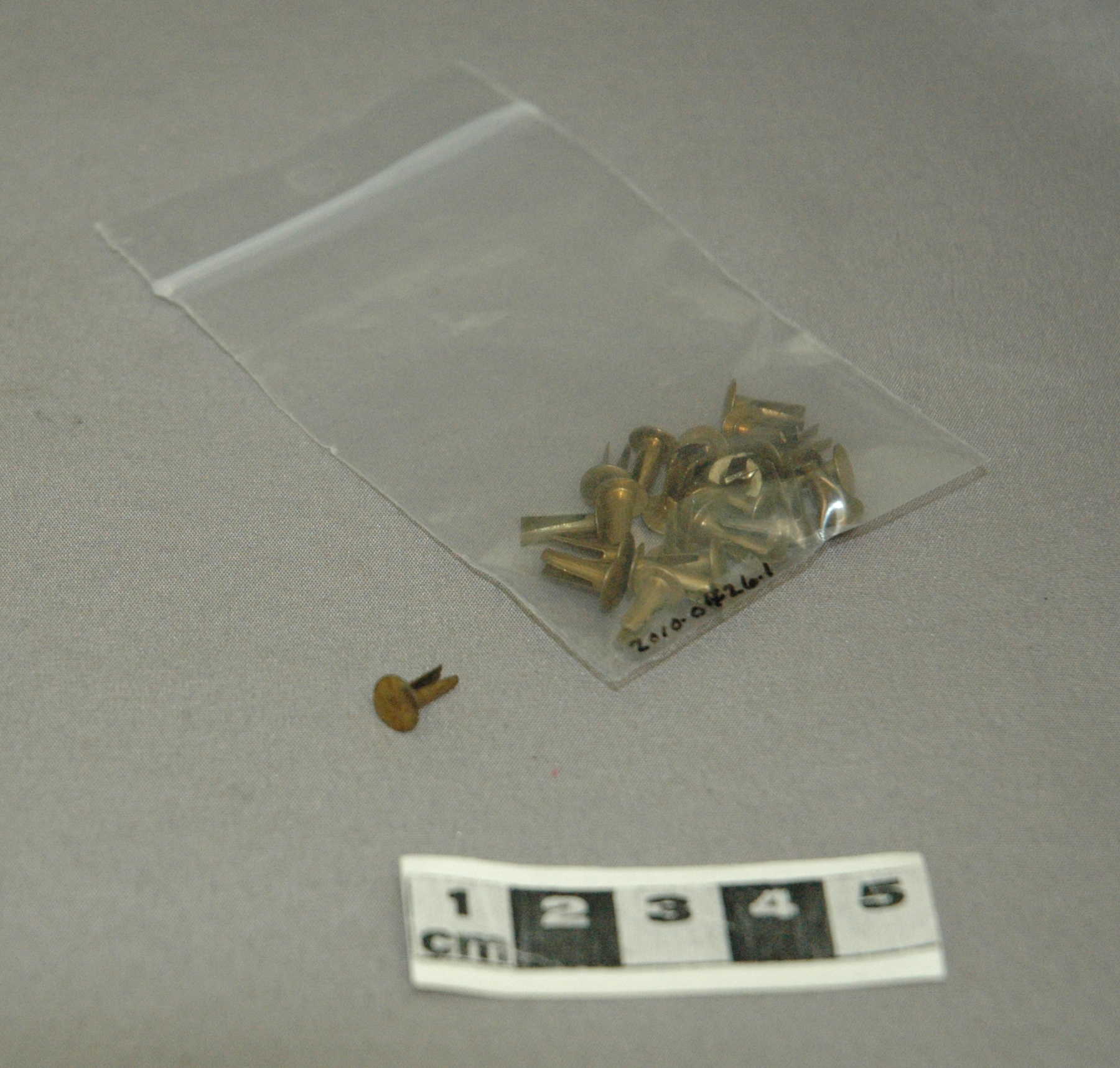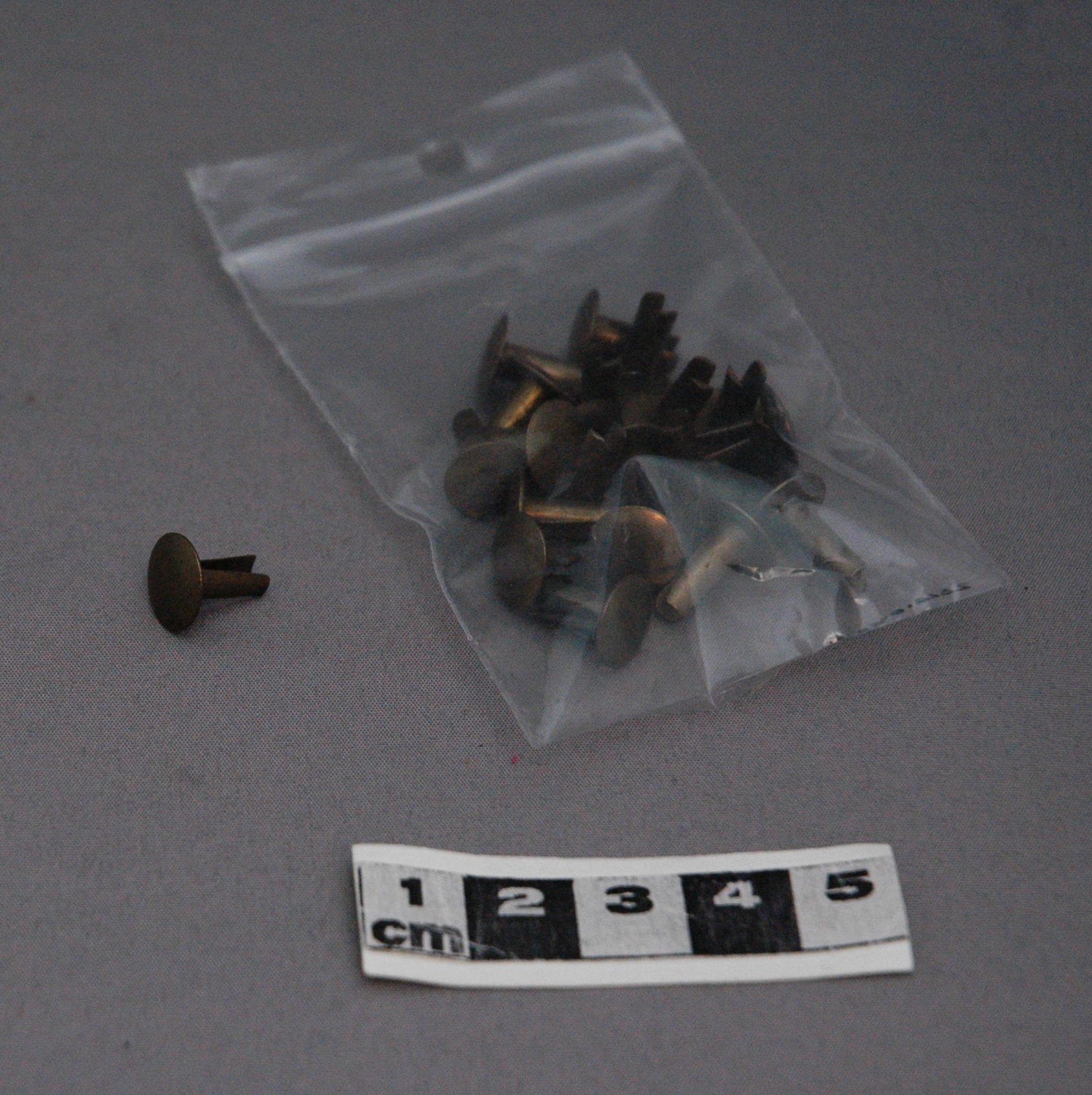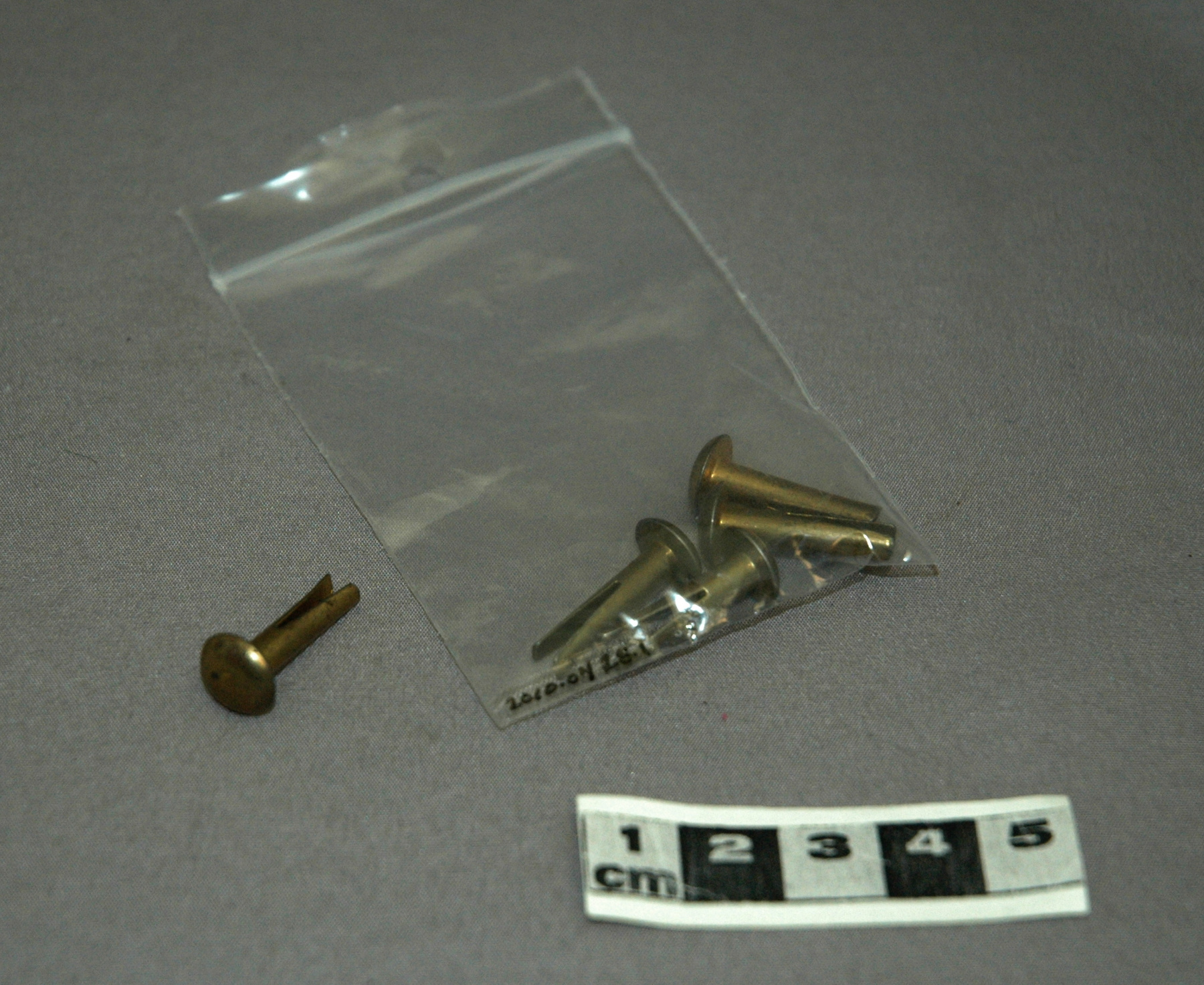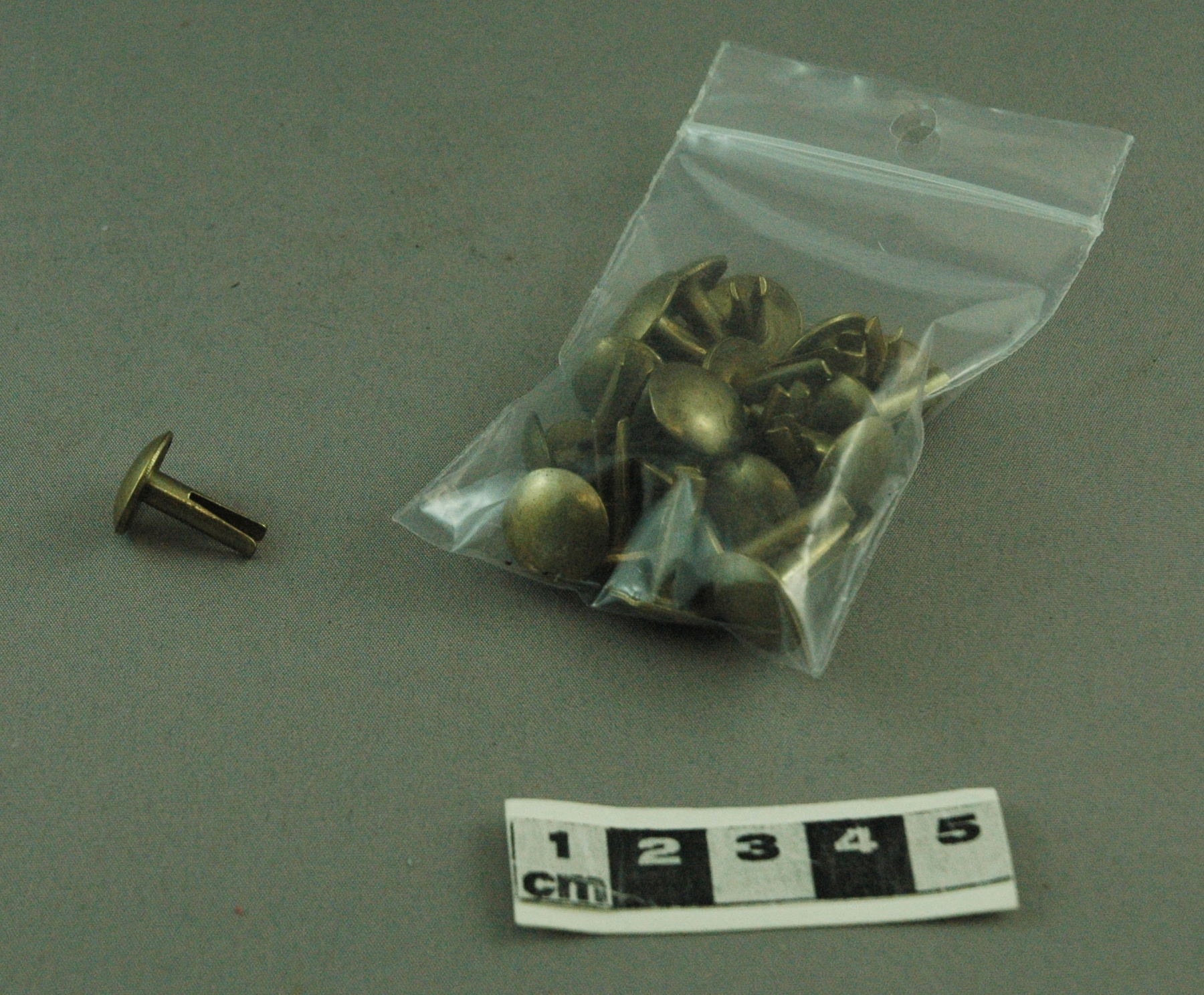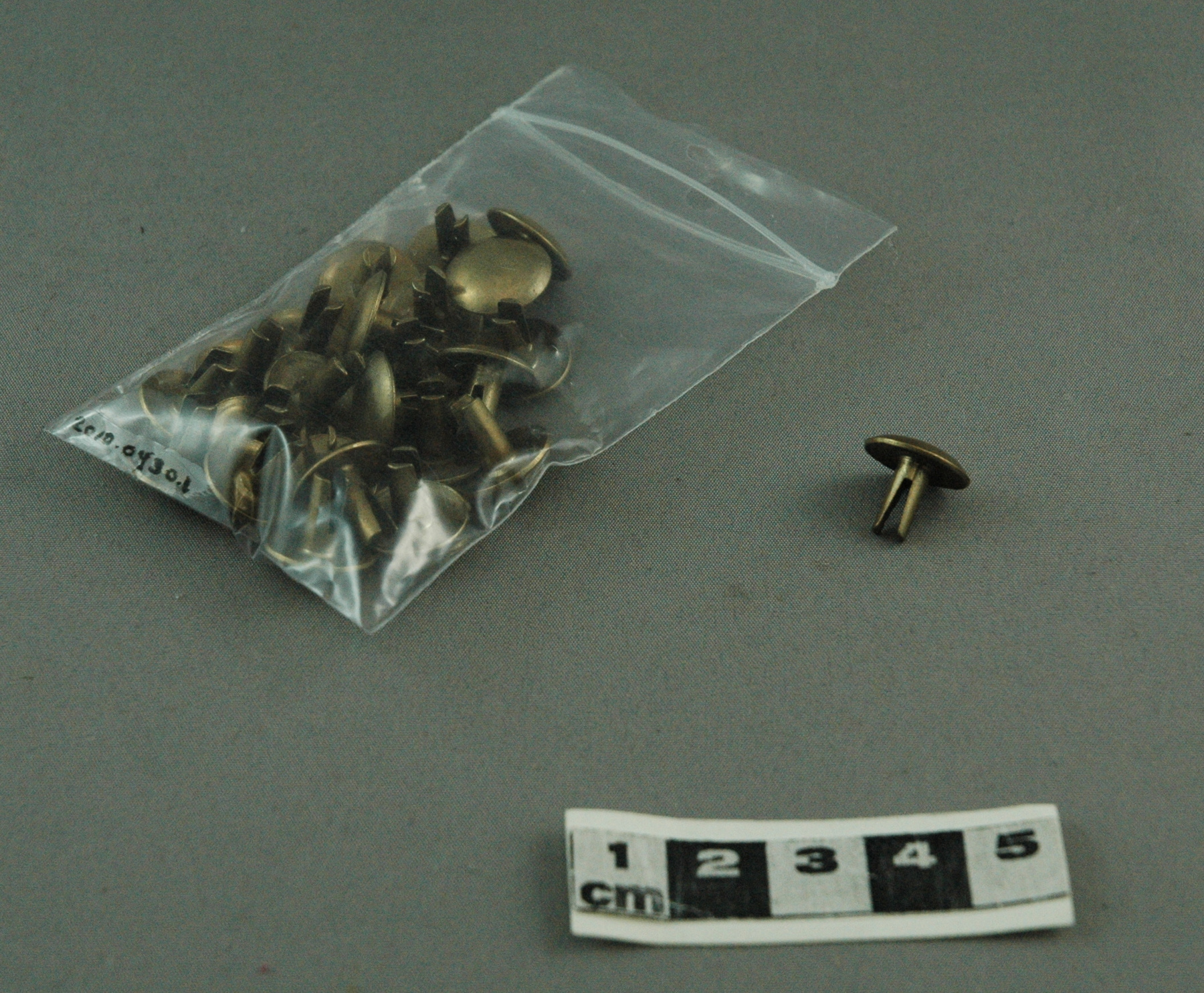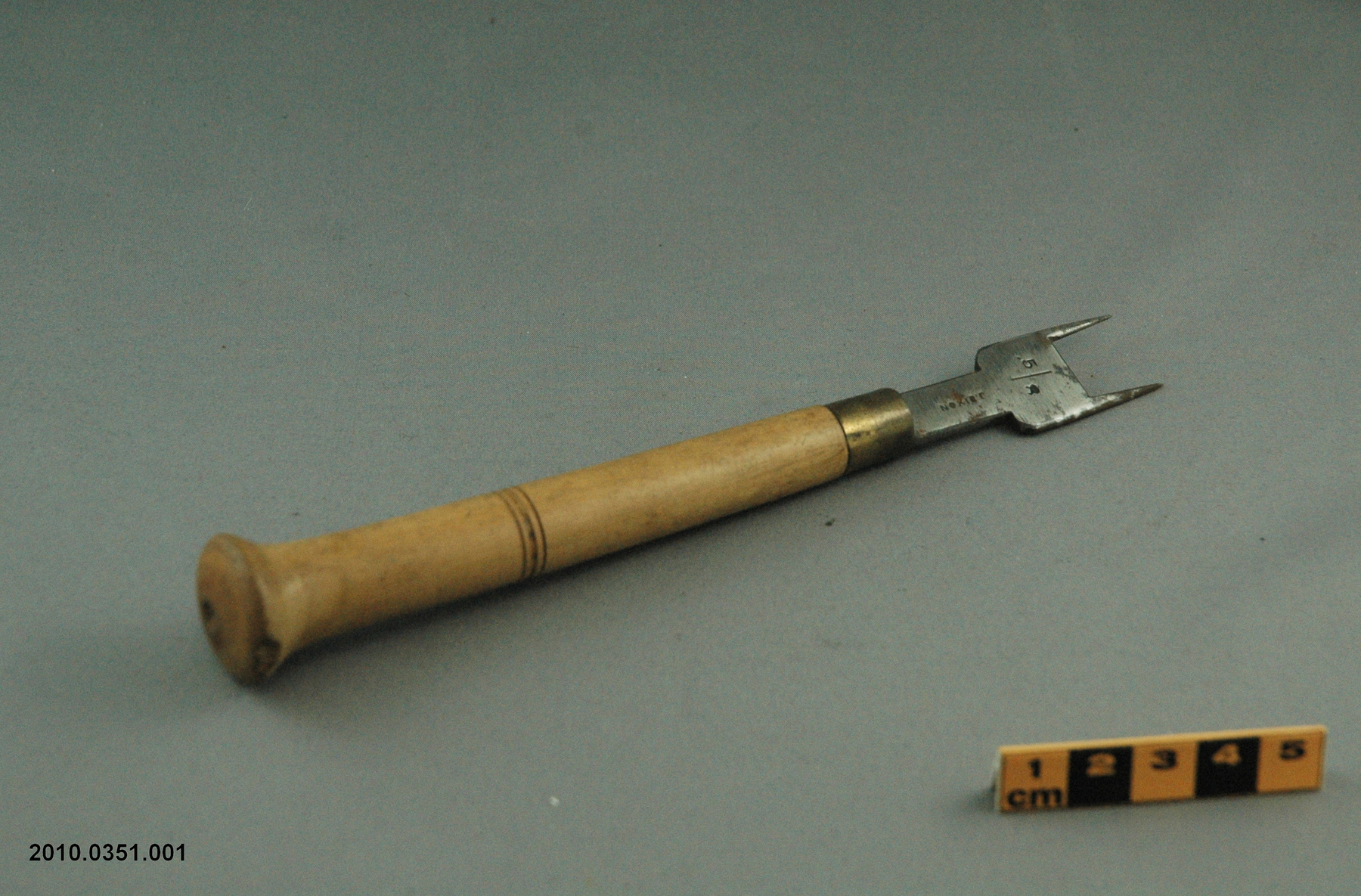Guider
Use this image
Can I reuse this image without permission? Yes
Object images on the Ingenium Collection’s portal have the following Creative Commons license:
Copyright Ingenium / CC BY-NC-ND (Attribution-NonCommercial 4.0 International (CC BY-NC 4.0)
ATTRIBUTE THIS IMAGE
Ingenium,
2010.0351.001
Permalink:
Ingenium is releasing this image under the Creative Commons licensing framework, and encourages downloading and reuse for non-commercial purposes. Please acknowledge Ingenium and cite the artifact number.
DOWNLOAD IMAGEPURCHASE THIS IMAGE
This image is free for non-commercial use.
For commercial use, please consult our Reproduction Fees and contact us to purchase the image.
- OBJECT TYPE
- leatherwork/saddler
- DATE
- 1900–1950
- ARTIFACT NUMBER
- 2010.0351.001
- MANUFACTURER
- Dixon, J.
- MODEL
- 5/8
- LOCATION
- Unknown
More Information
General Information
- Serial #
- N/A
- Part Number
- 1
- Total Parts
- 1
- AKA
- Fixed Compass
- Patents
- N/A
- General Description
- A light wooden stock (handle) with a brass ferrule at the end of the stock and inserted into the stock a metal two-pronged head, the prongs have fine sharpened points.
Dimensions
Note: These reflect the general size for storage and are not necessarily representative of the object's true dimensions.
- Length
- 17.5 cm
- Width
- 2.0 cm
- Height
- 2.5 cm
- Thickness
- N/A
- Weight
- N/A
- Diameter
- N/A
- Volume
- N/A
Lexicon
- Group
- Industrial Technology
- Category
- Tools & equipment-trades
- Sub-Category
- N/A
Manufacturer
- AKA
- Dixon
- Country
- Unknown
- State/Province
- Unknown
- City
- Unknown
Context
- Country
- Canada
- State/Province
- Quebec
- Period
- 1900s - 1950s
- Canada
-
Through the Bithell story we see the cohesiveness of Montreal's English-speaking enclaves at the turn of the 20th century. Joseph Bithell's first store was located on Beaver Hall Hill at the outer edge of the "Square Mile," the home of Montreal's Anglophone elite who headed many of Canada's major businesses and institutions. His clientele most likely included many of the area's residents who, as Margaret Westley notes, preferred to “"shop at stores owned and operated by fellow Scots and Englishmen" and who's favourite past time included horse riding, horse driving, polo and frequenting the Montreal Hunt Club. The relocation of their various businesses across the city also reflected this cohesion as they tended to set up their shops in, or in close proximity to, these Anglophone enclaves. The story tells us about Montreal at a time when it was the industrial and commercial centre of Canada and from the perspective of skilled tradesmen who worked in what was quickly becoming a dying trade. The adoption of the automobile redefined personal transportation as its increasing popularity began reducing the need for horses and buggies and, consequently, the need for saddle and harness makers. In this way, the Bithells were part of an important aspect of Canada's economical, social and cultural history. [see ref. #1 Acquisition Proposal for additional info] - Function
-
The guider is used for marking leather as aguide for the subsequent application of decorative lines by a Crease tool. These designs are frequently made on the back of strap loops; and for this purpose, the Guider is drawn acrosss the loop from left to right, and again lower down if the length of loop requires it. Diagonal lines are then made with a Crease across the rectangular spaces marked off by the Guider. The tool was made in sets with the distance between the points rising by steps of 1/8 (0.4 cm), from 1/4 (0.7 cm) to 1 1/2 in. (3.8 cm). - Technical
-
The collection shows the different tools used and hardware produced by the Bithell family. It also shows the type of diversification or mixture of production methods used to adapt to social and technological change that redefined a trade and an industry. [see supp. info ref.#1 Acquisition proposal for detailed add. info] - Area Notes
-
Unknown
Details
- Markings
- Mfr's etched: "5[/]8/ J. DIXON."
- Missing
- Nothing missing.
- Finish
- A light wooden stock (handle) with a brass ferrule at the end of the stock and inserted into the stock a metal two-pronged head, the prongs have fine sharpened points.
- Decoration
- There are multiple etched lines in the middle of the shank.
CITE THIS OBJECT
If you choose to share our information about this collection object, please cite:
Dixon, J., Guider, between 1900–1950, Artifact no. 2010.0351, Ingenium – Canada’s Museums of Science and Innovation, http://collection.ingeniumcanada.org/en/id/2010.0351.001/
FEEDBACK
Submit a question or comment about this artifact.
More Like This
